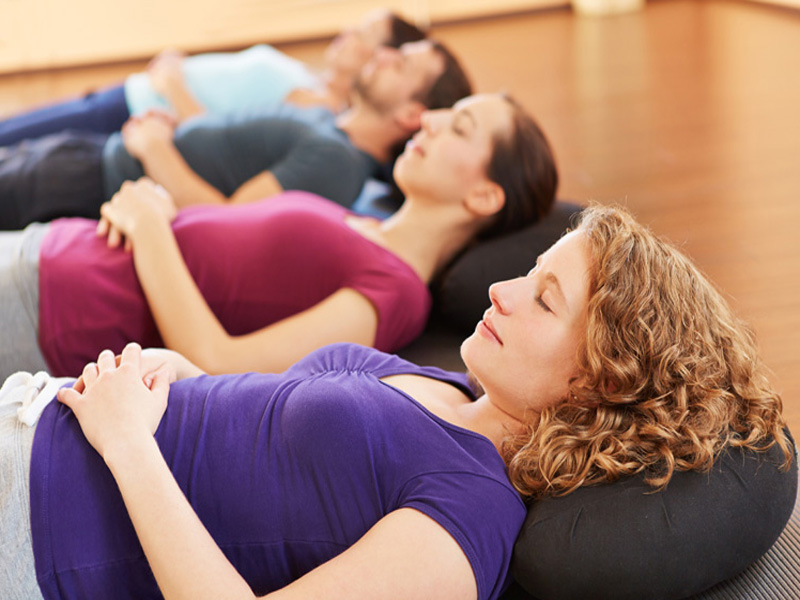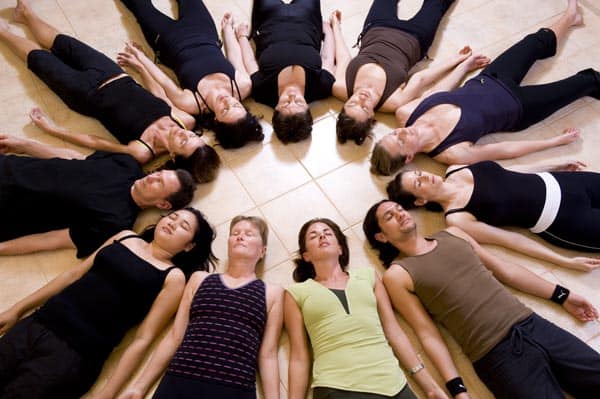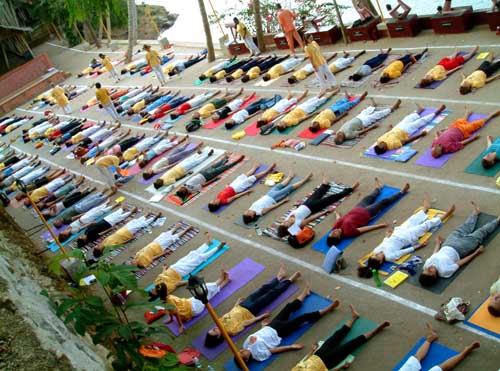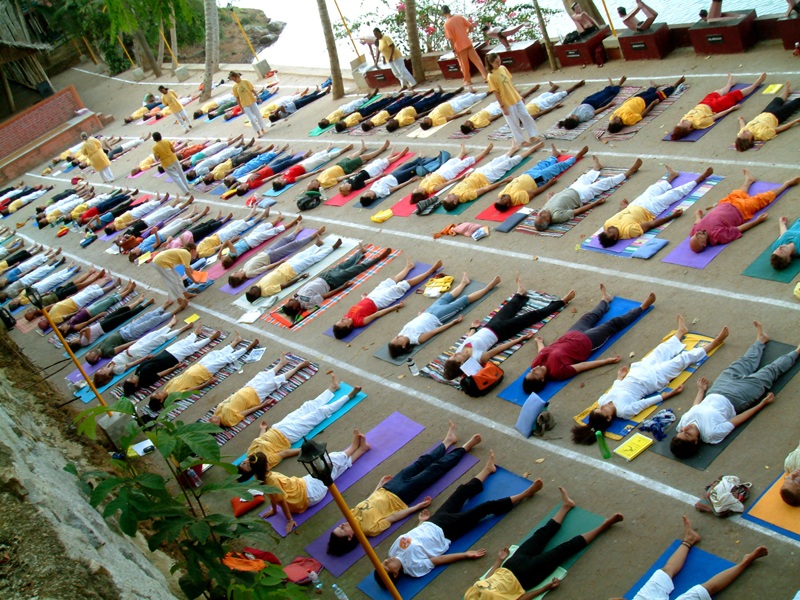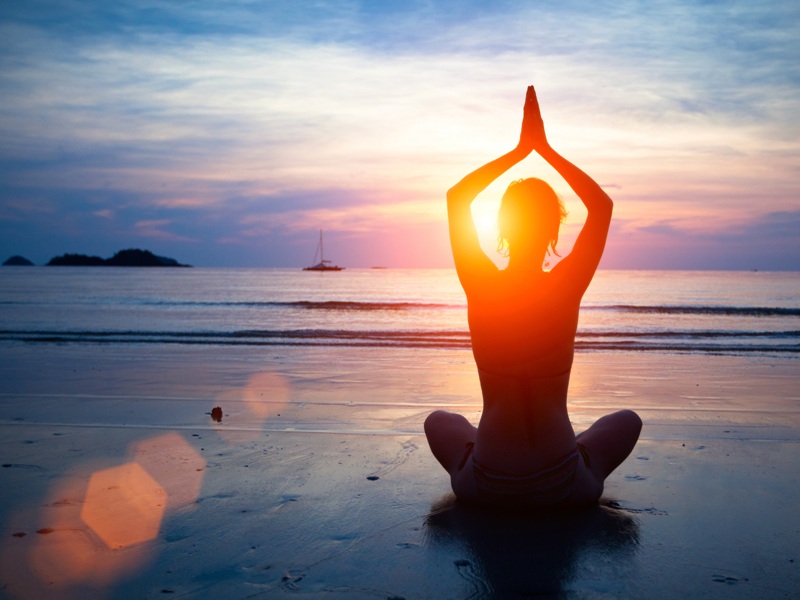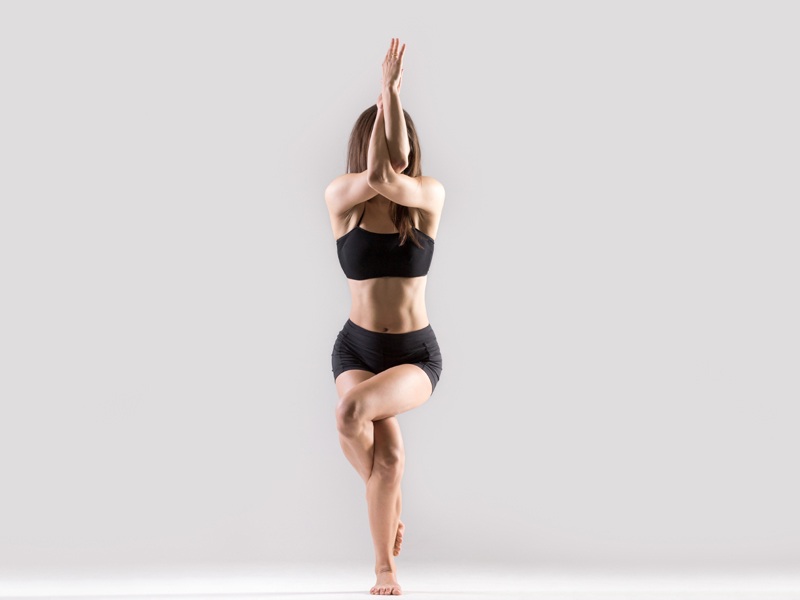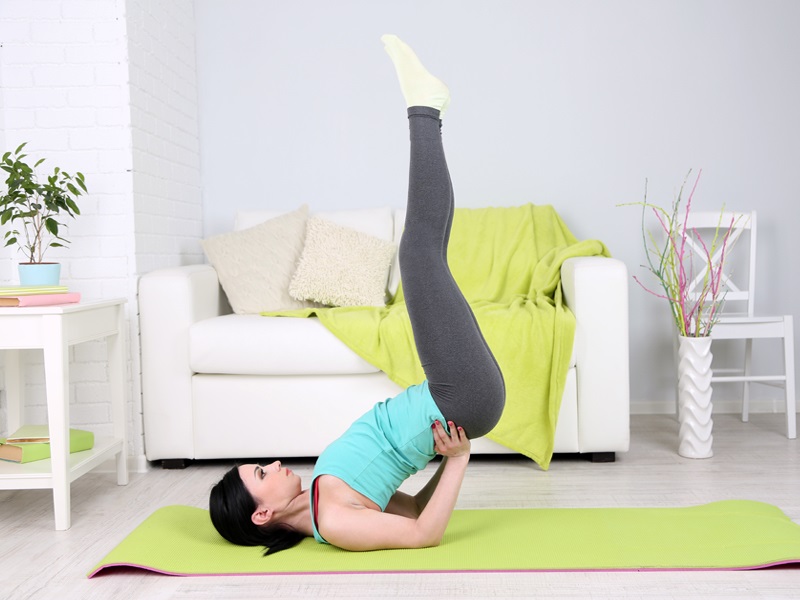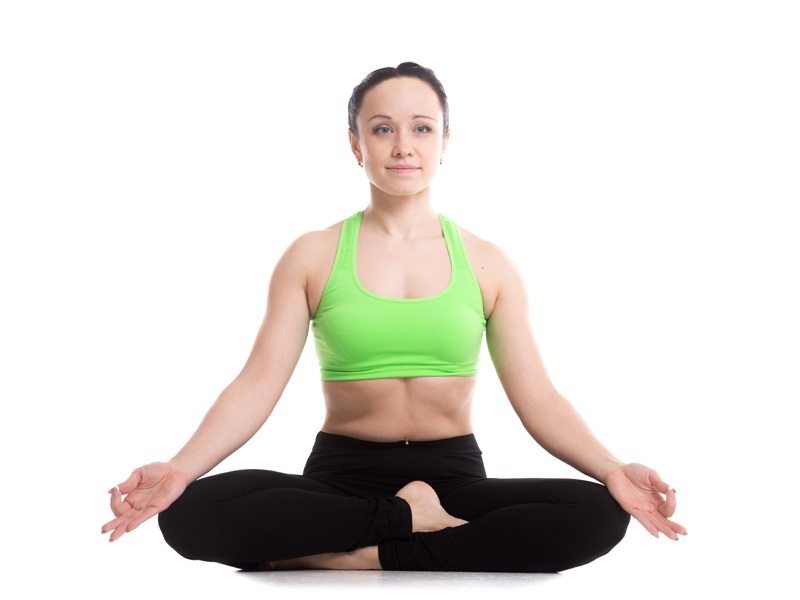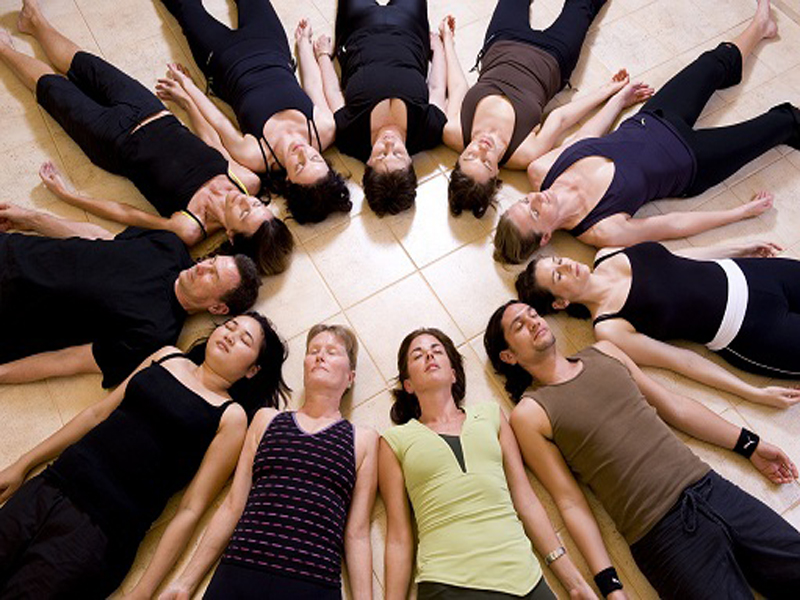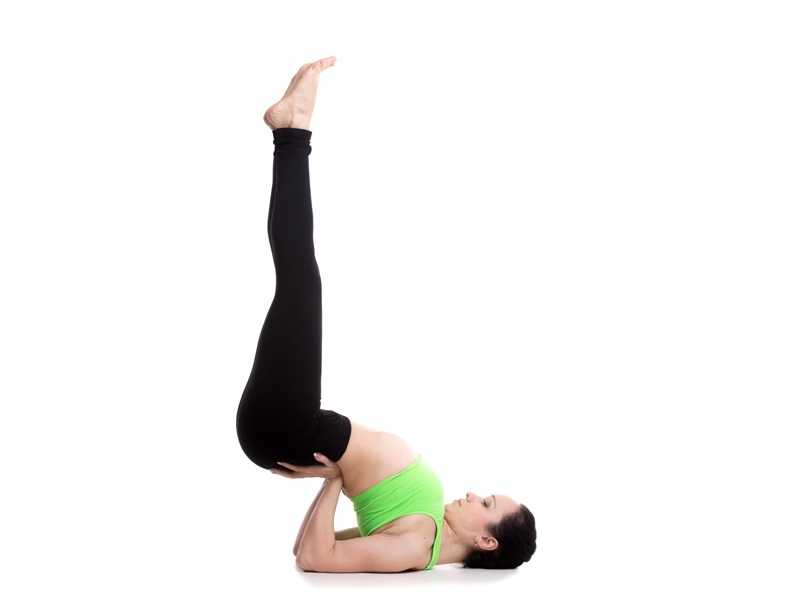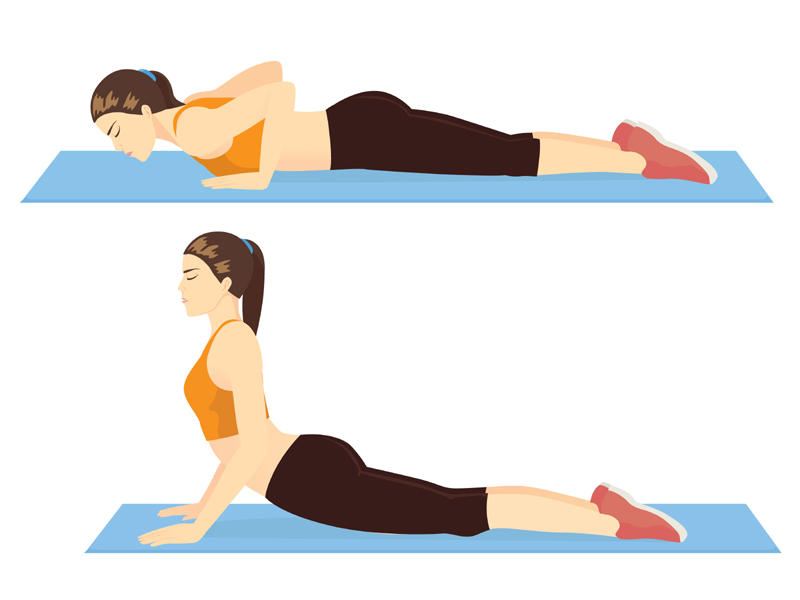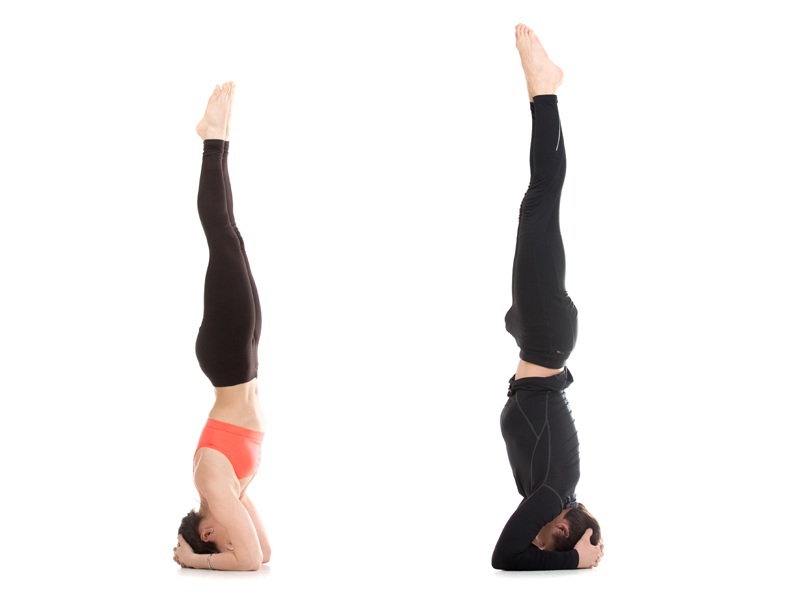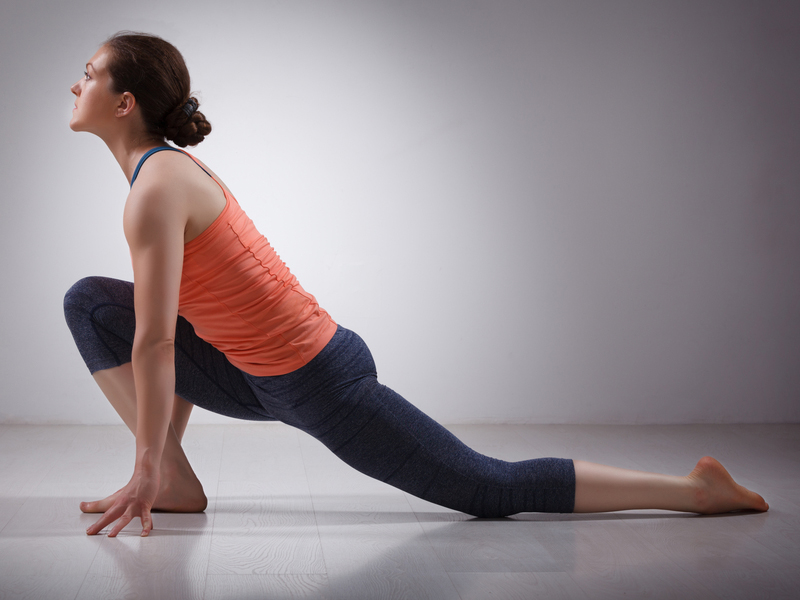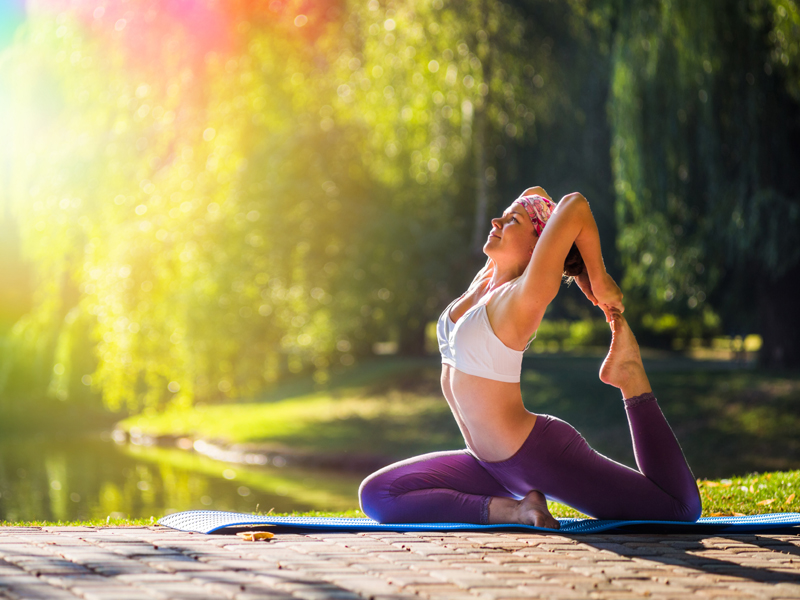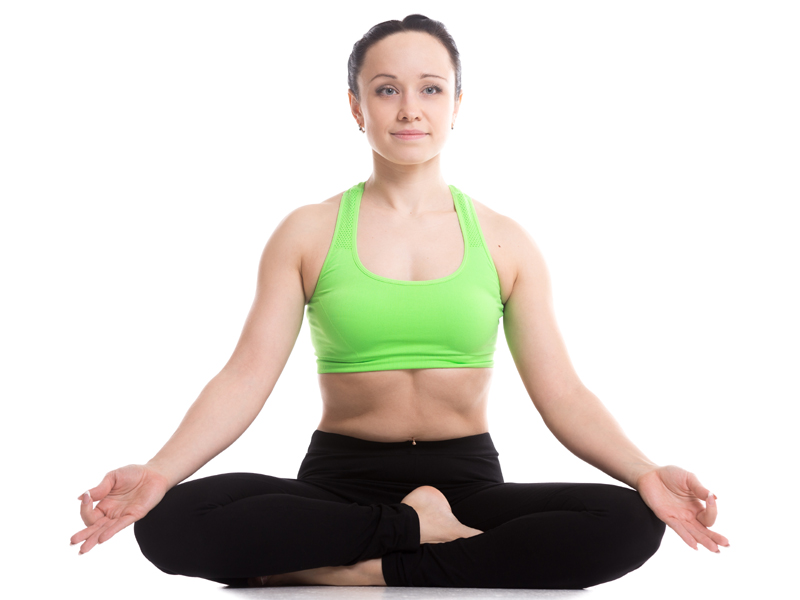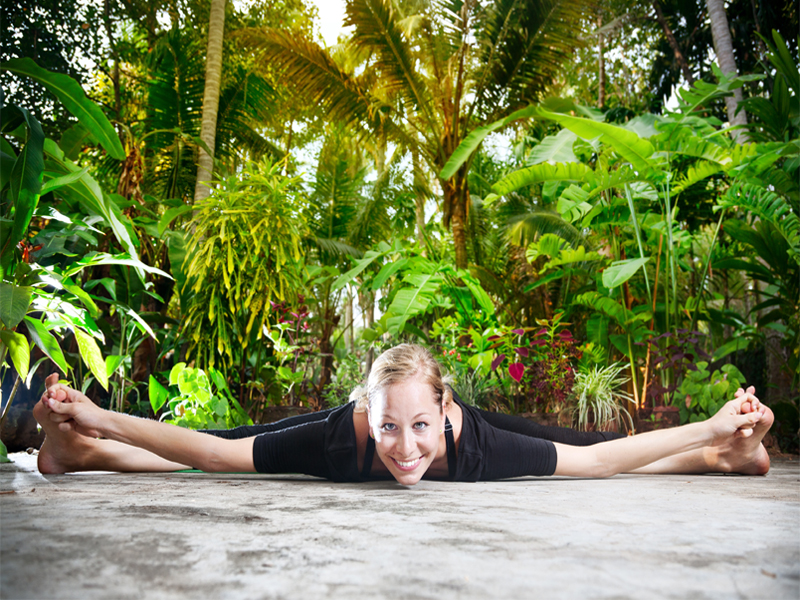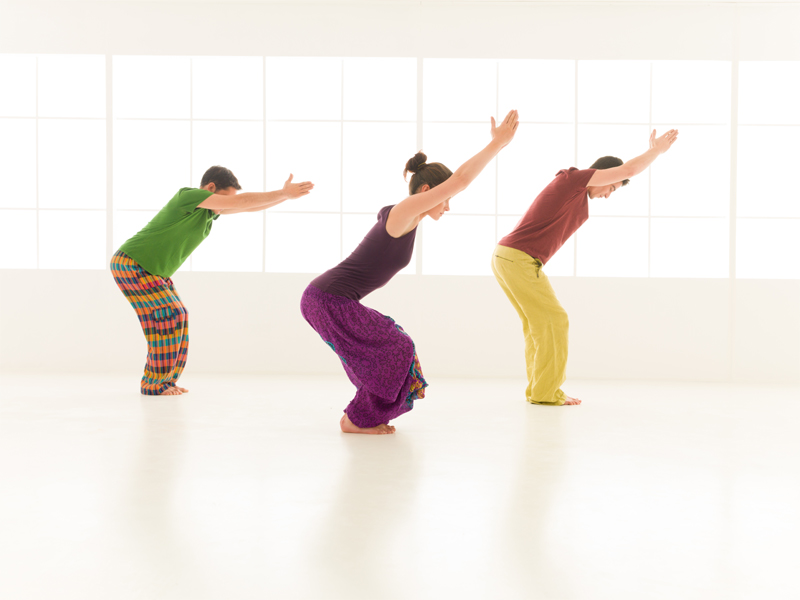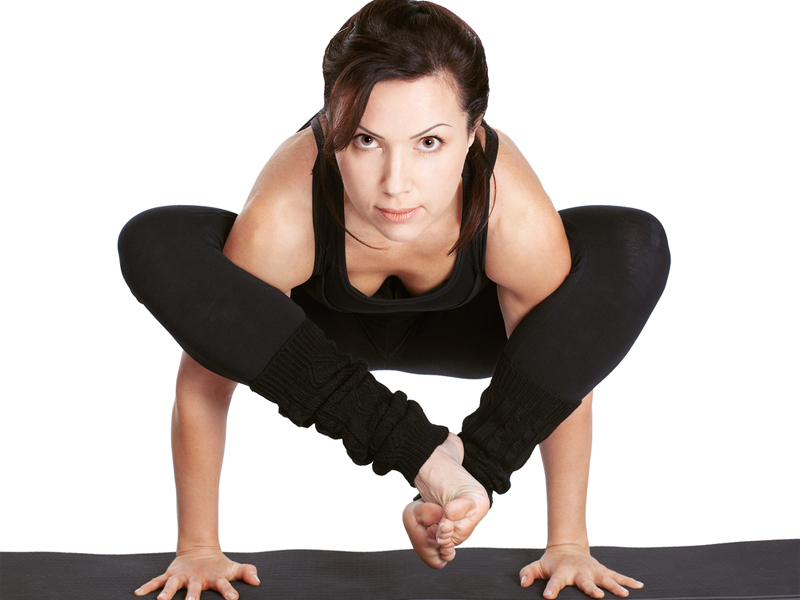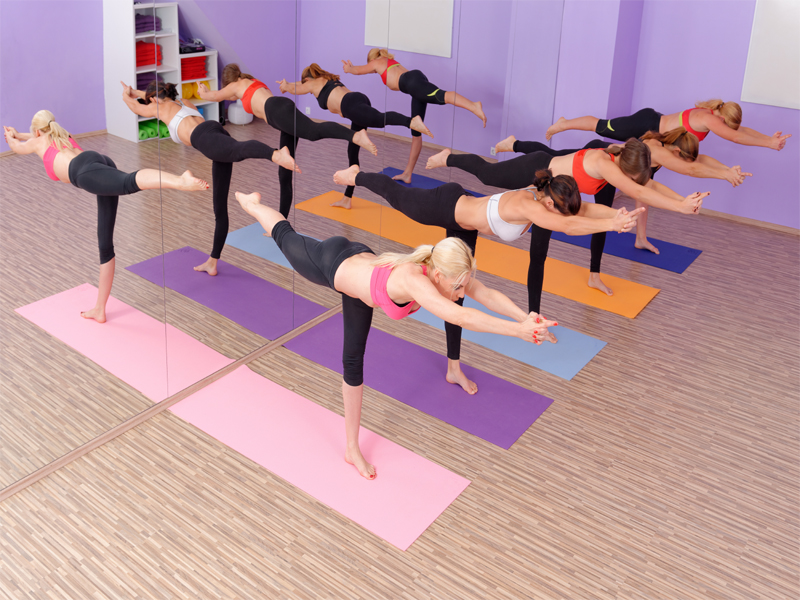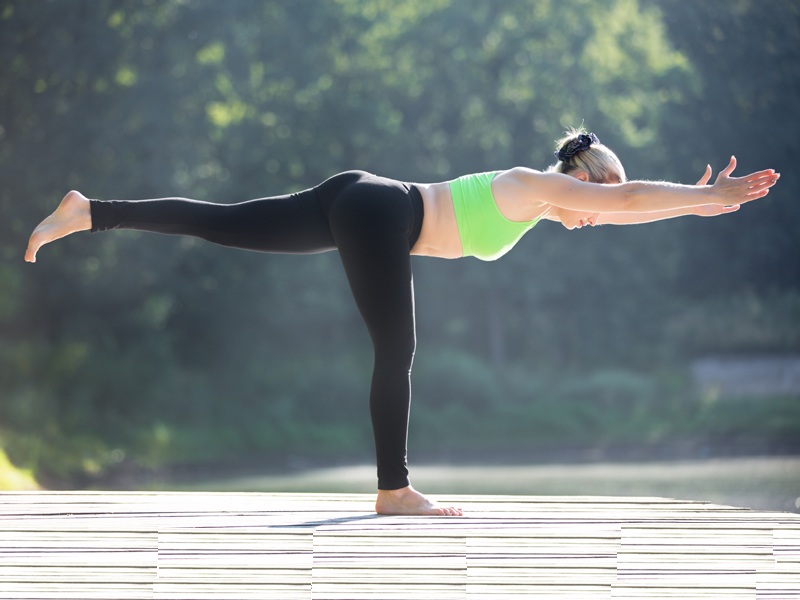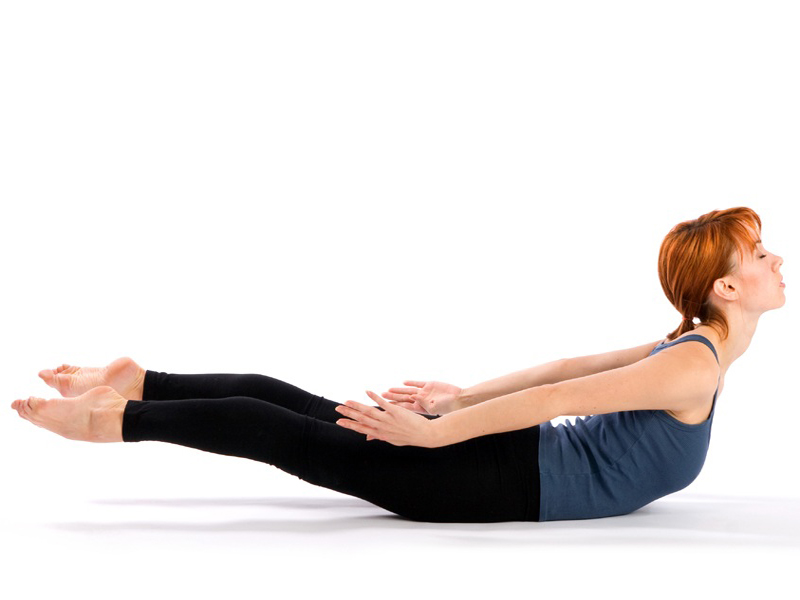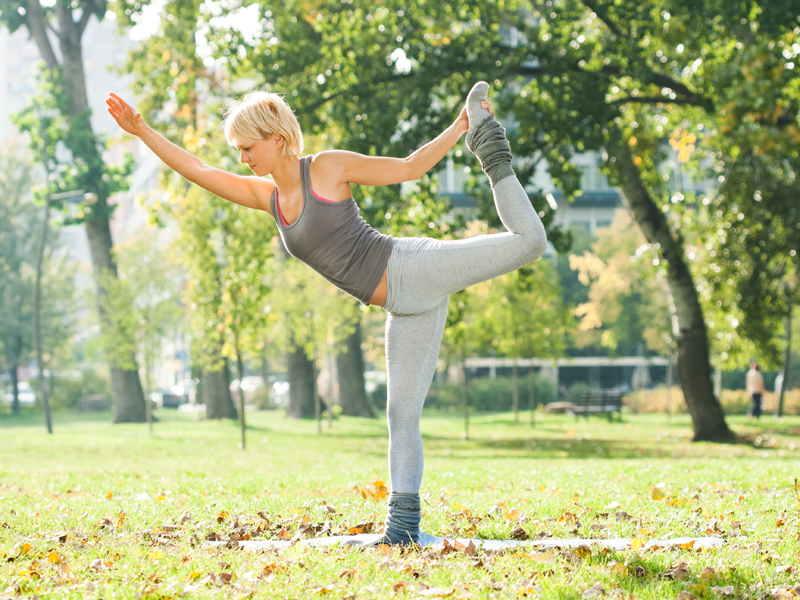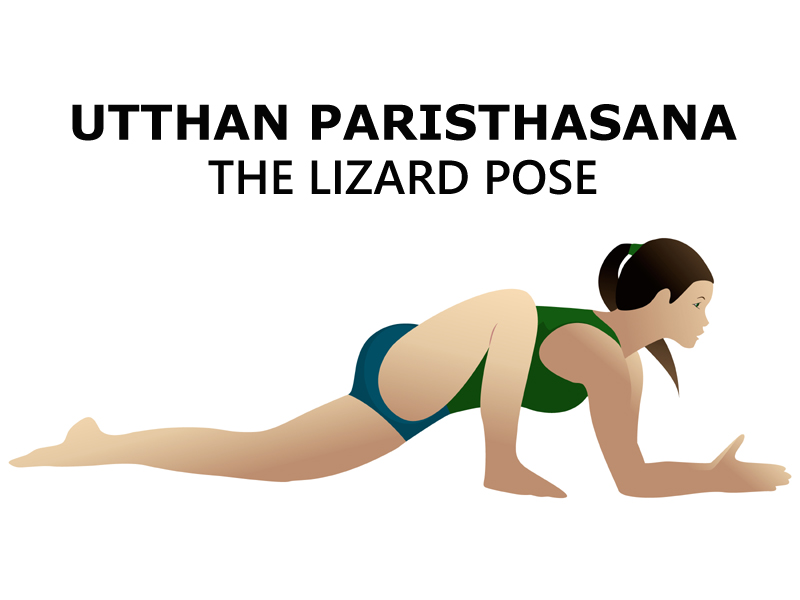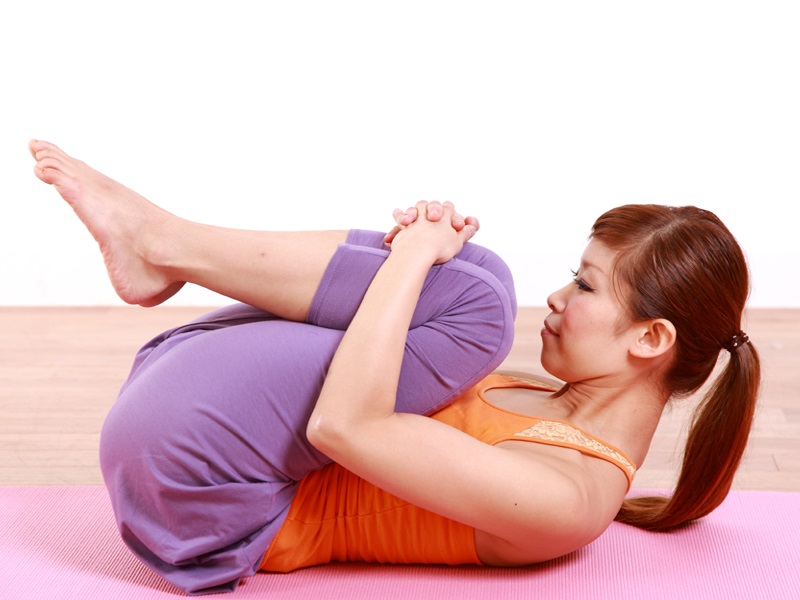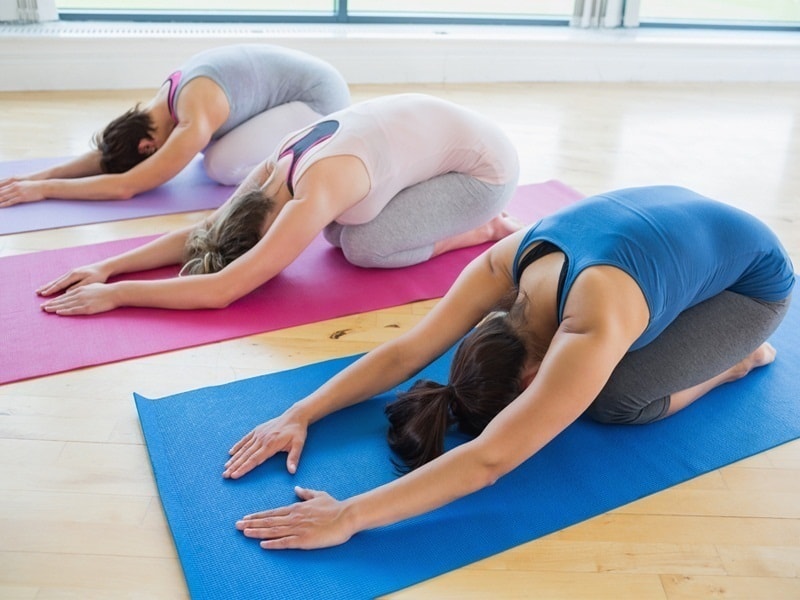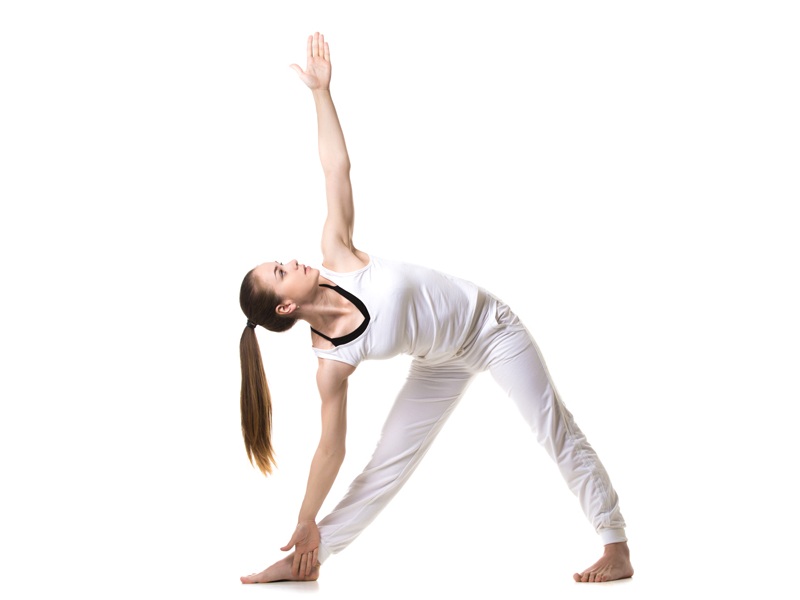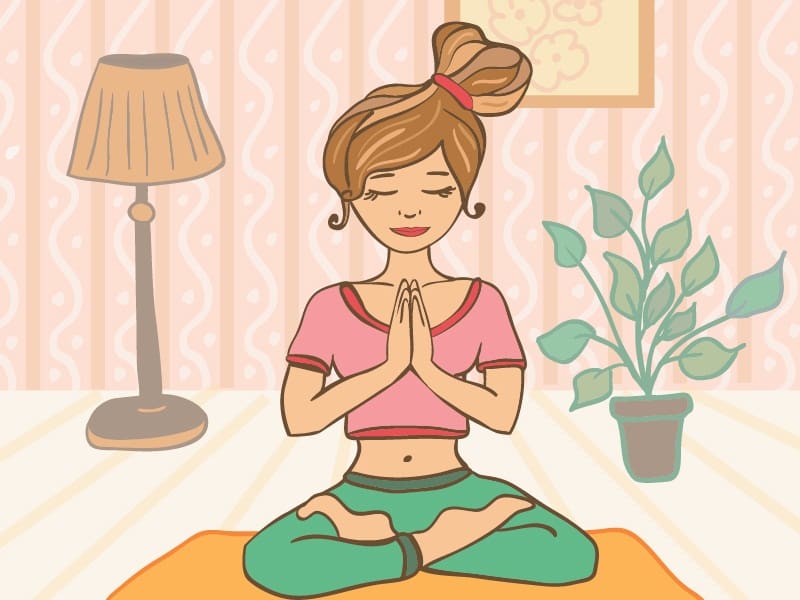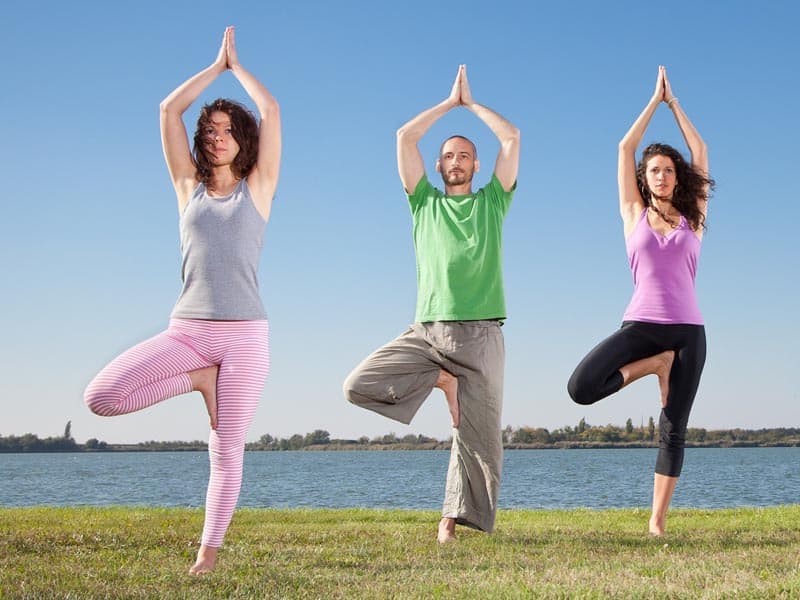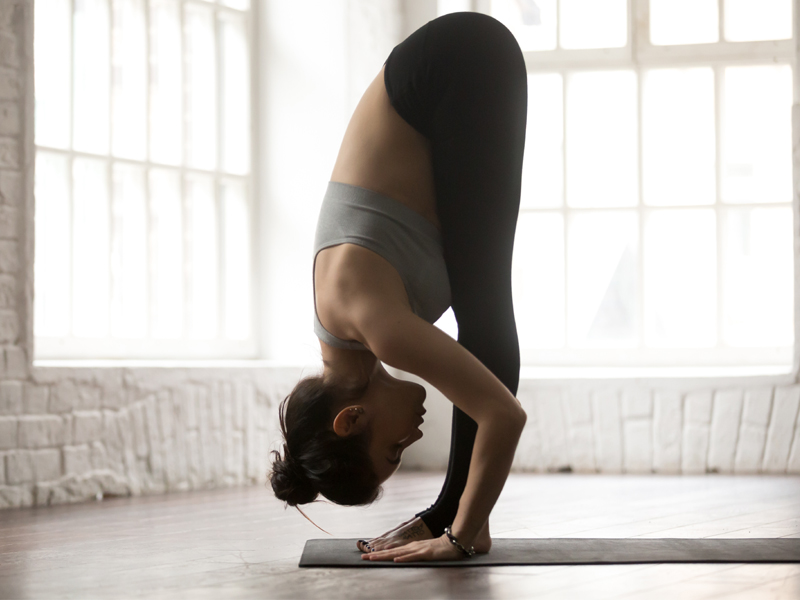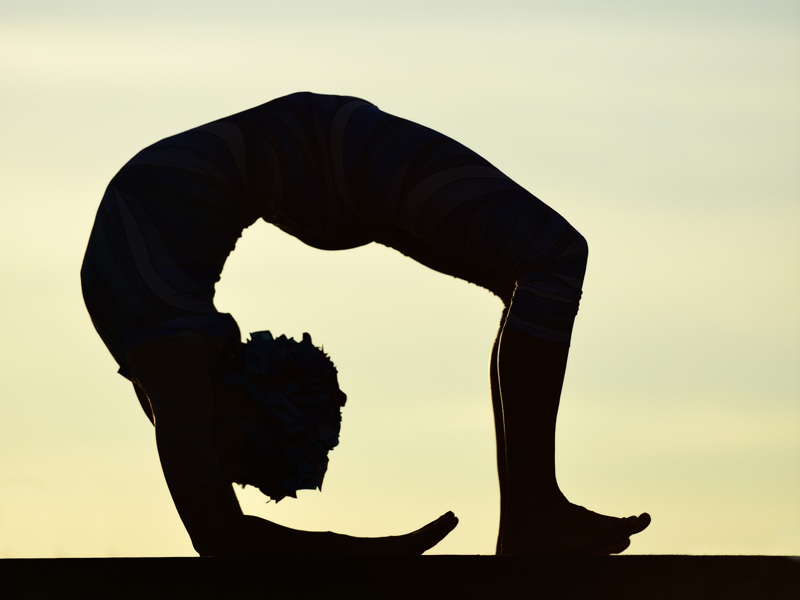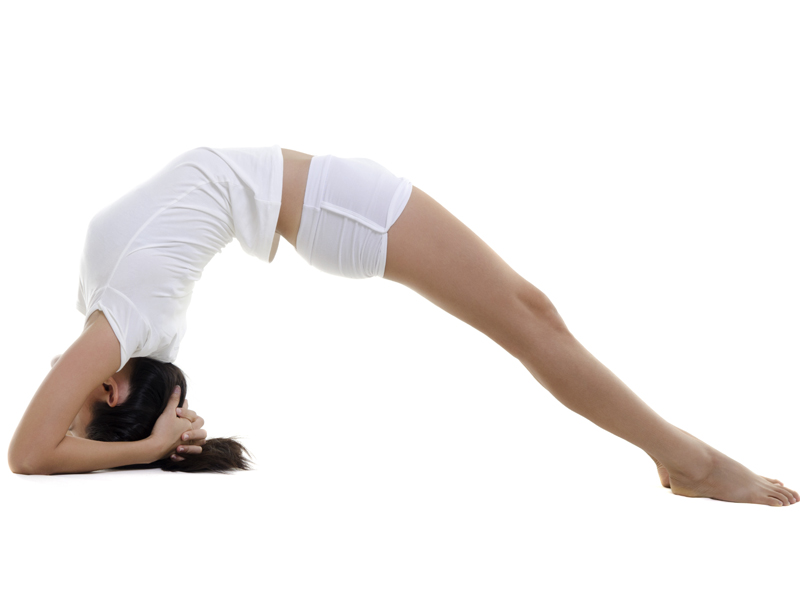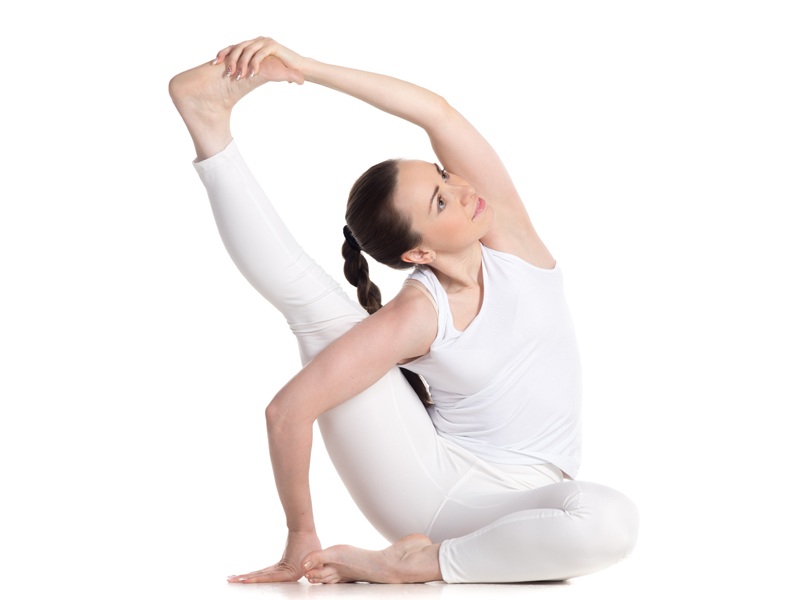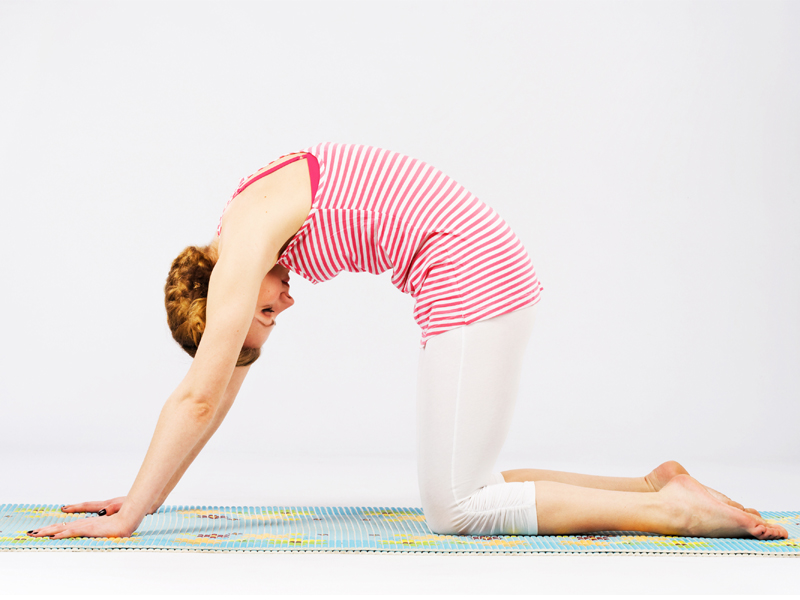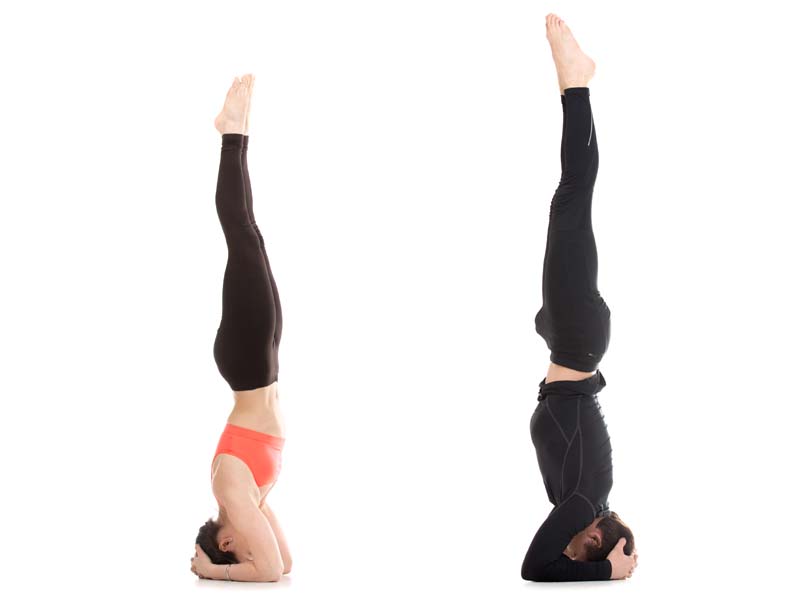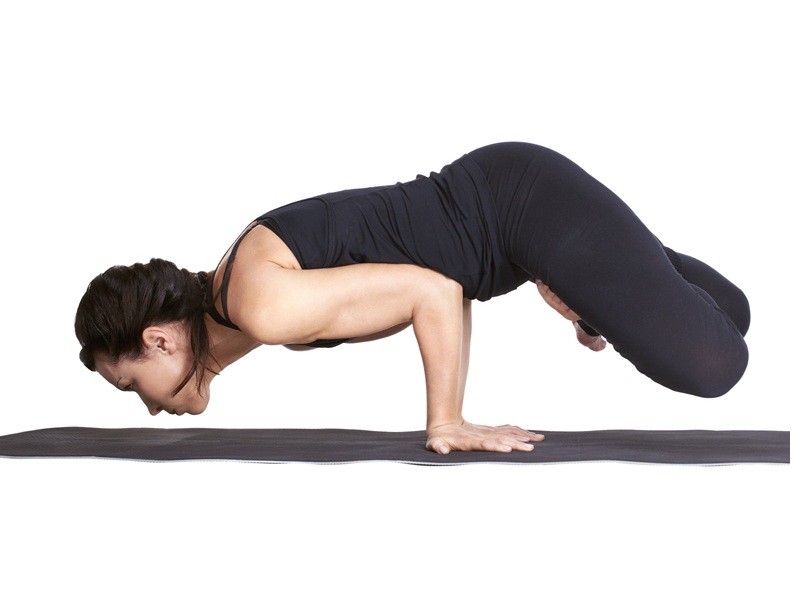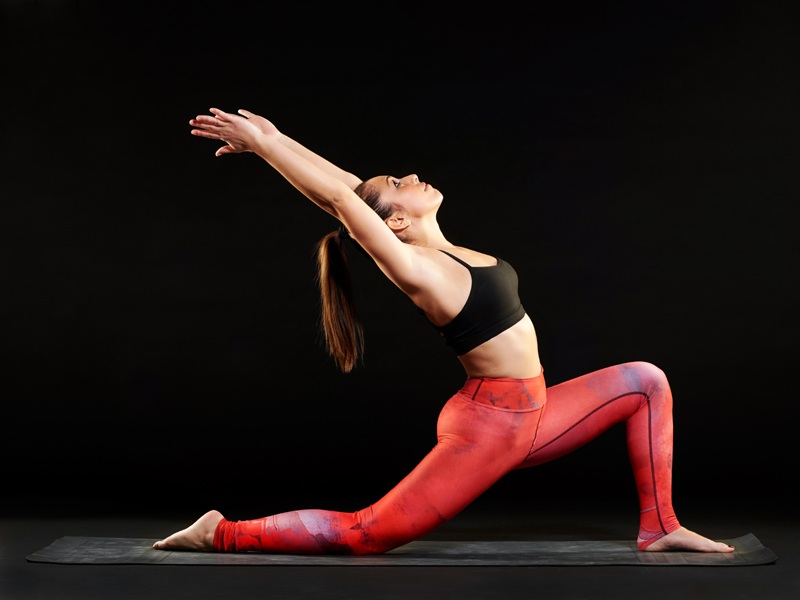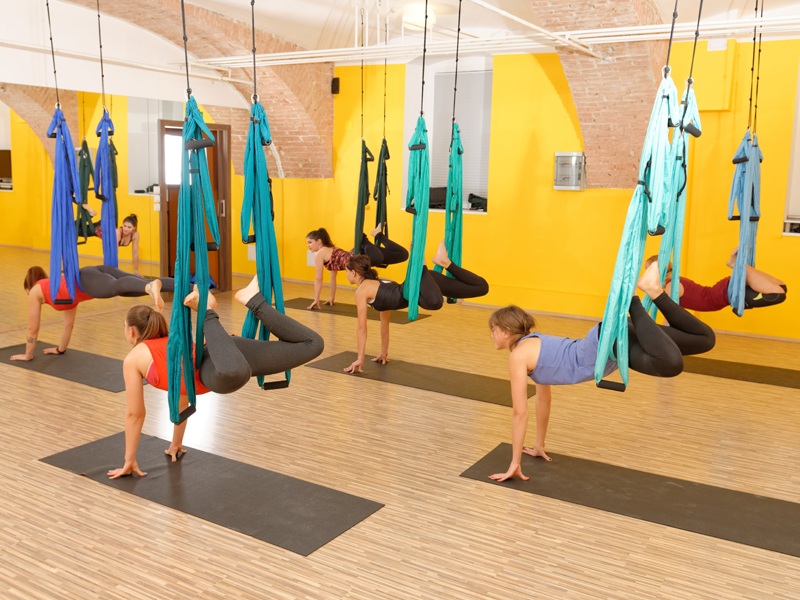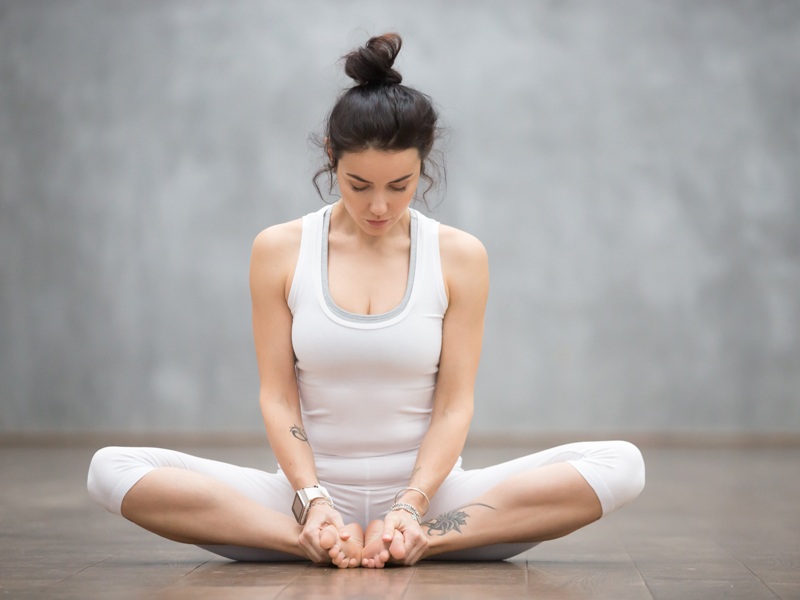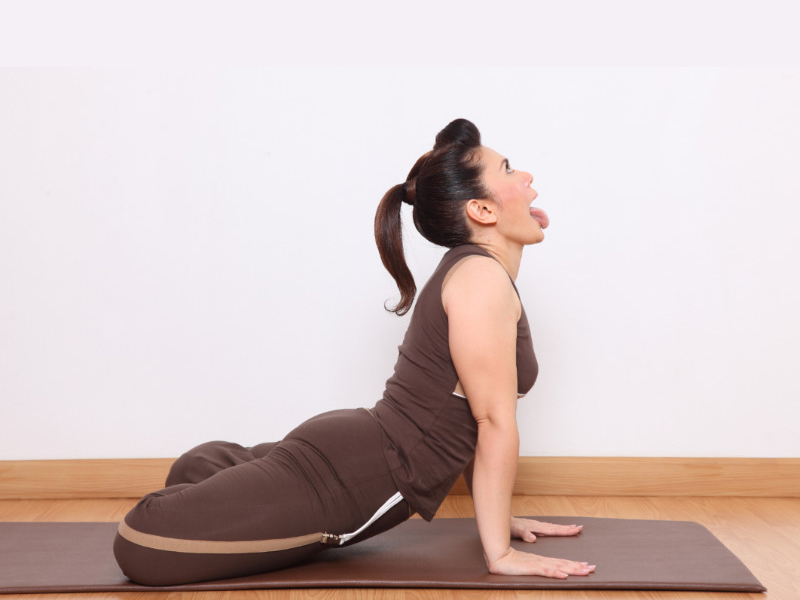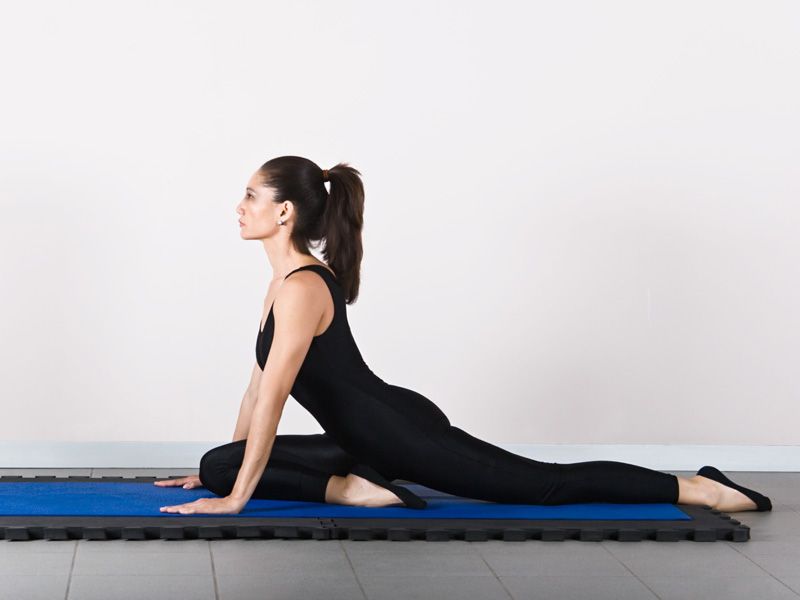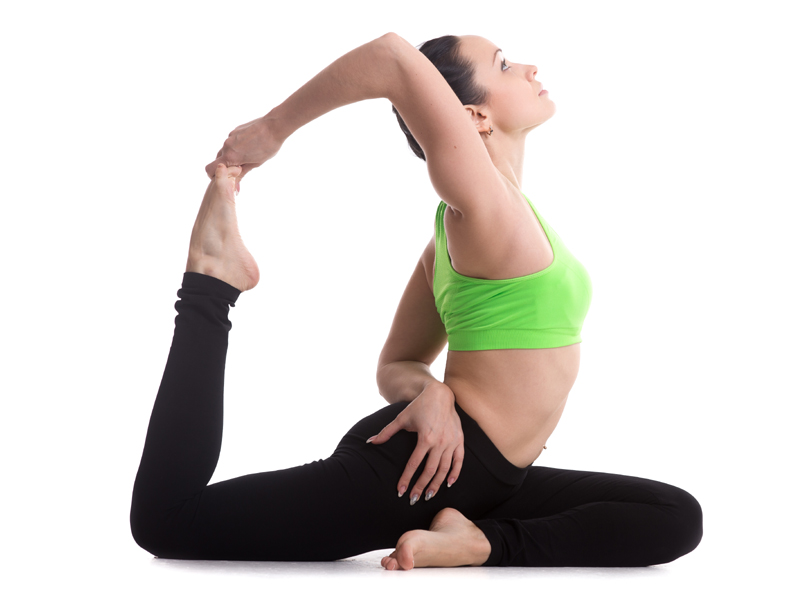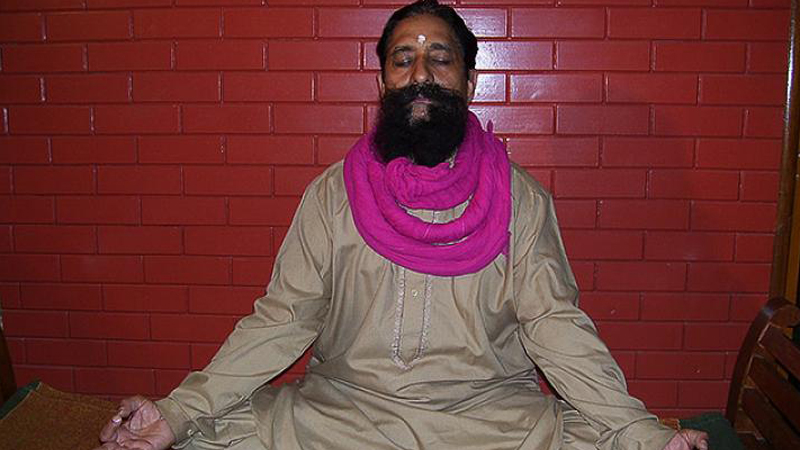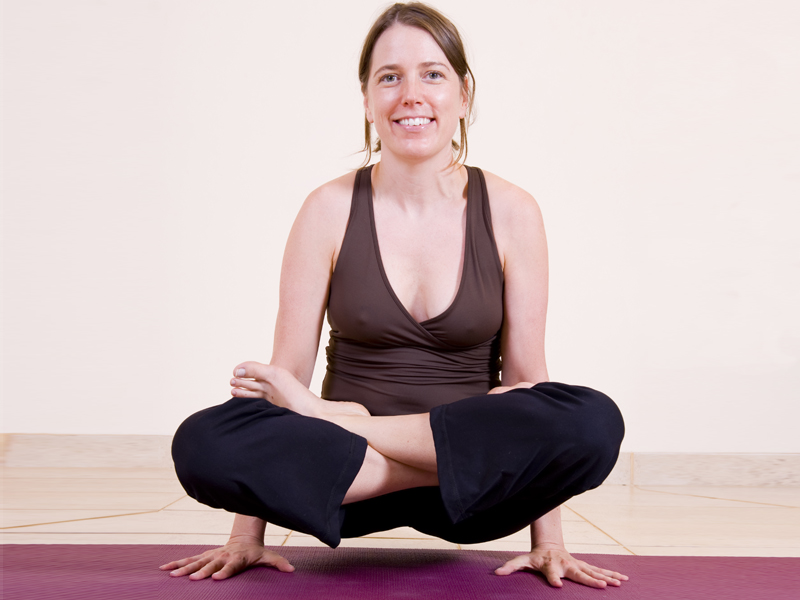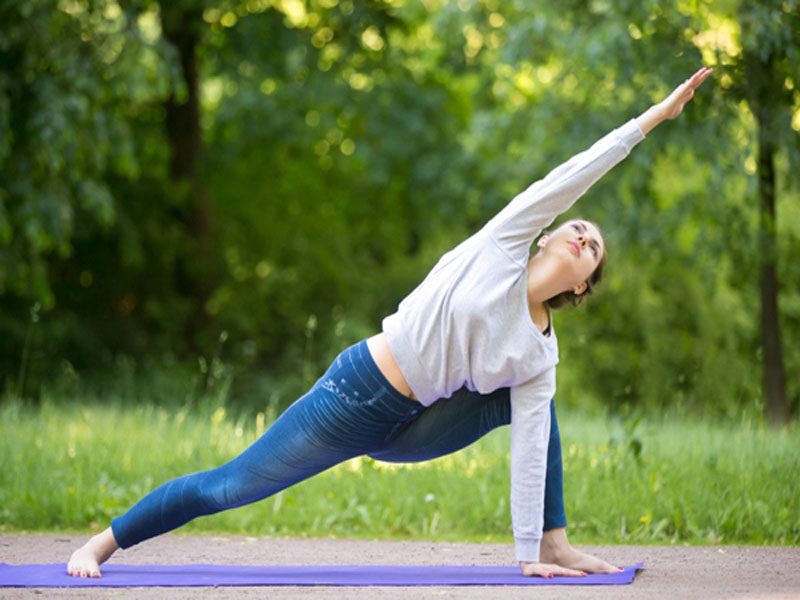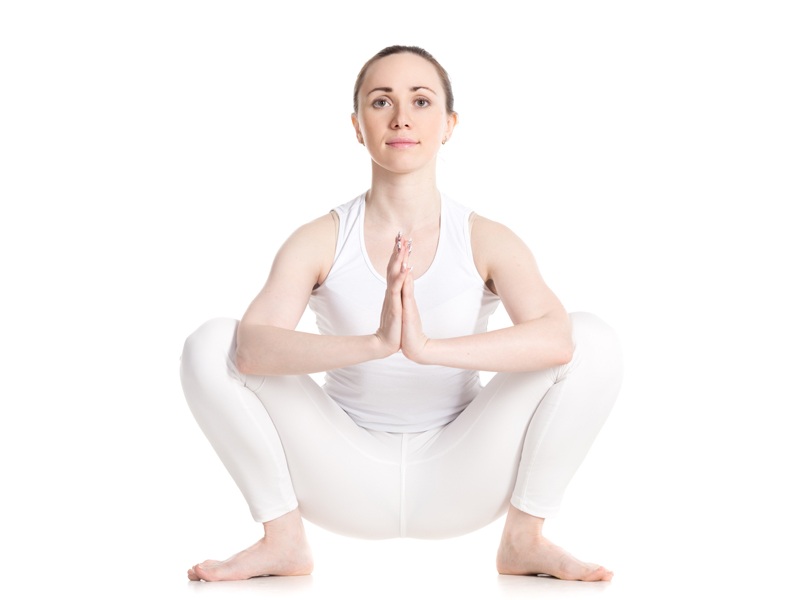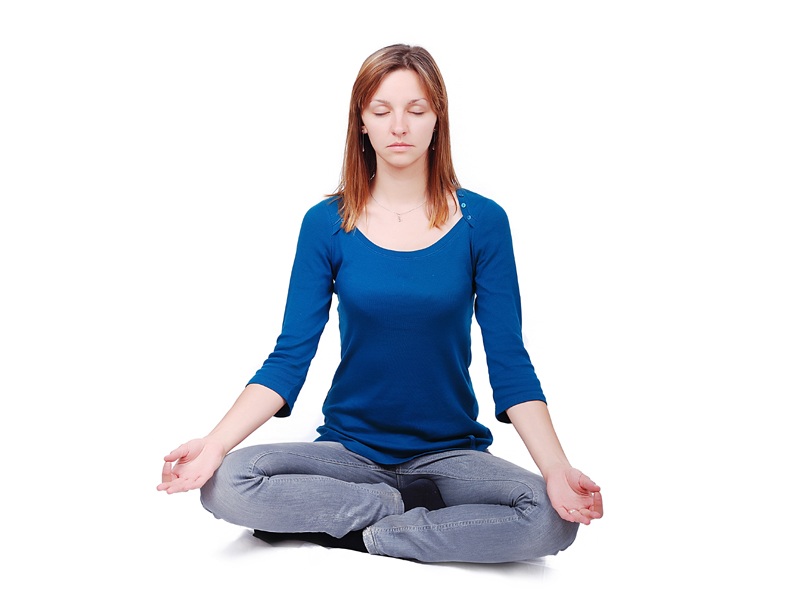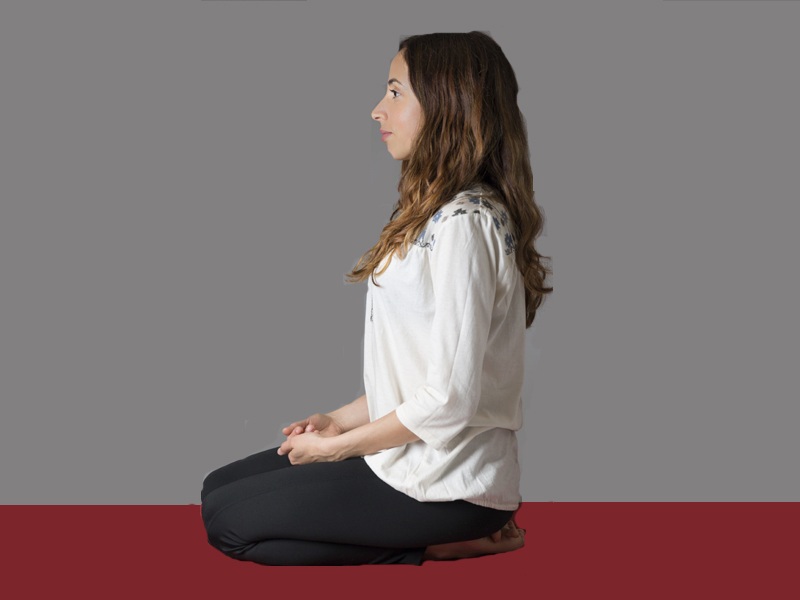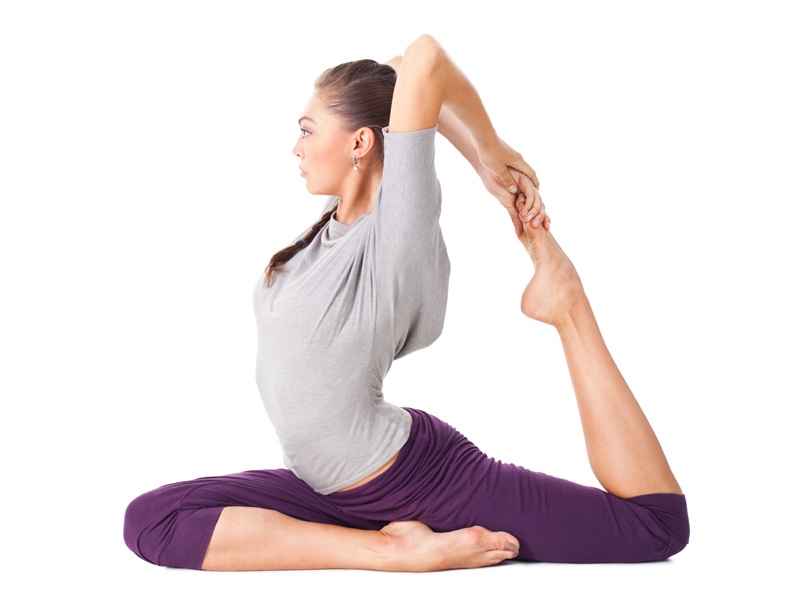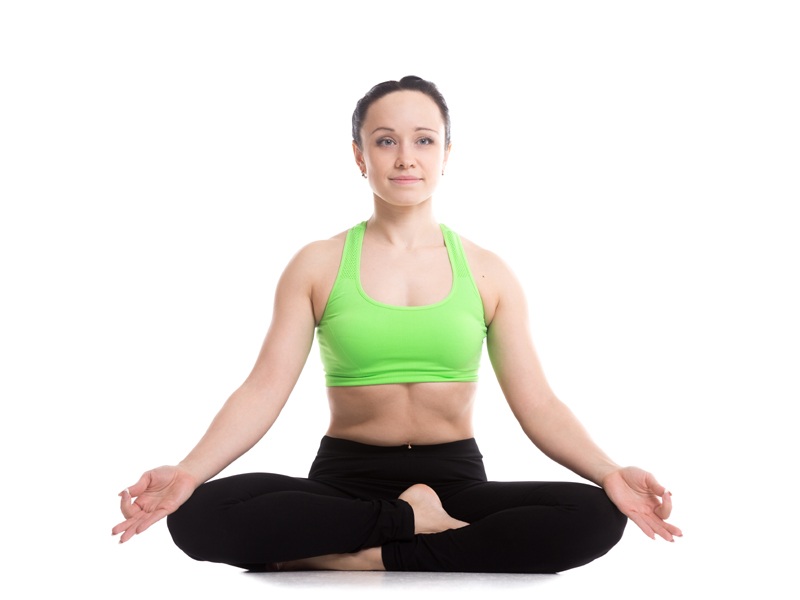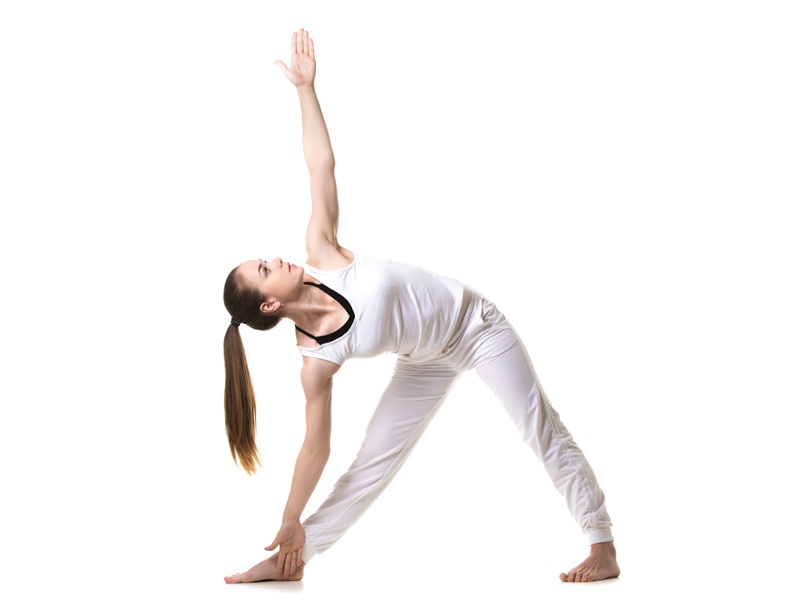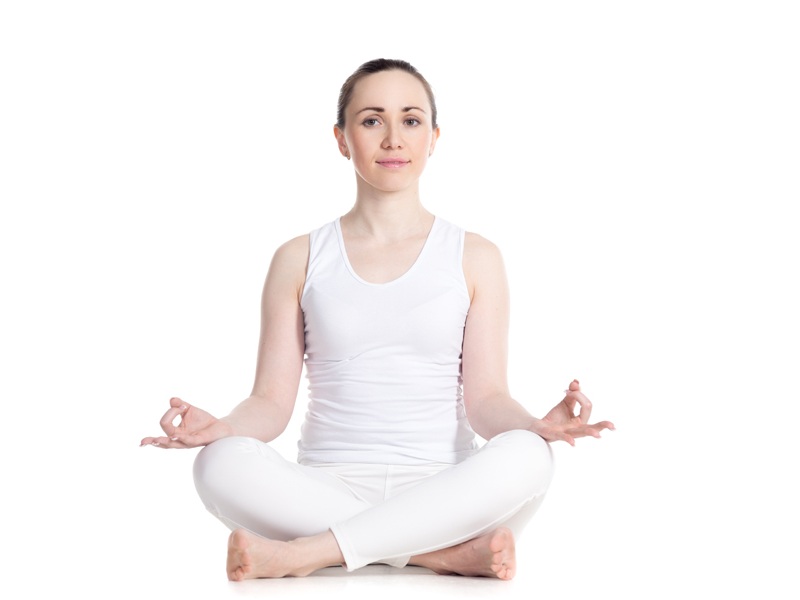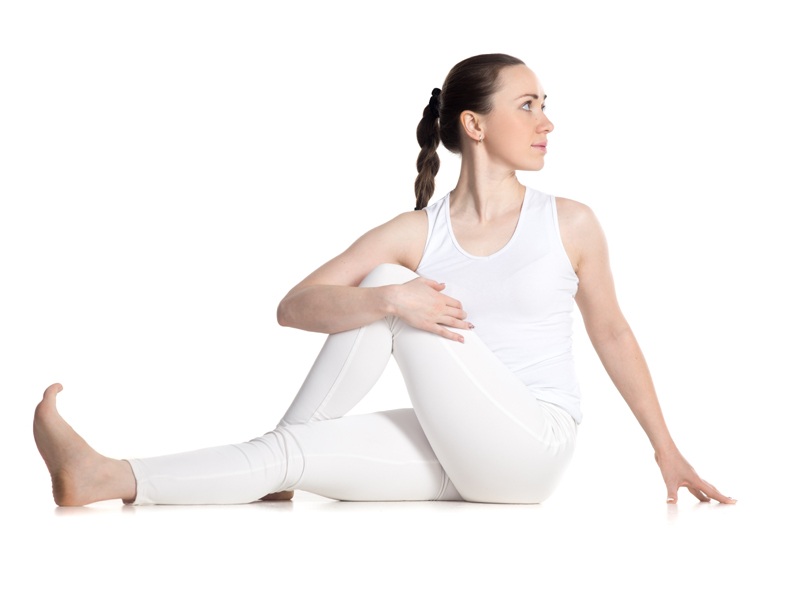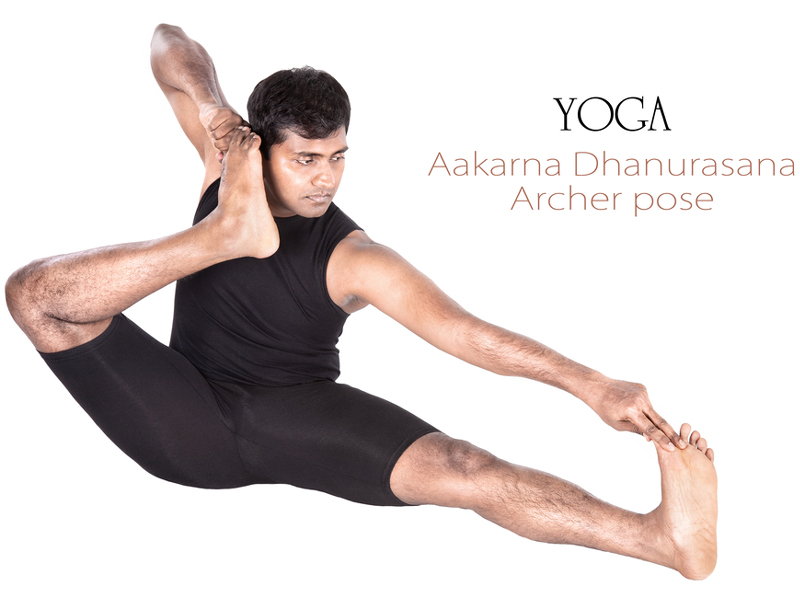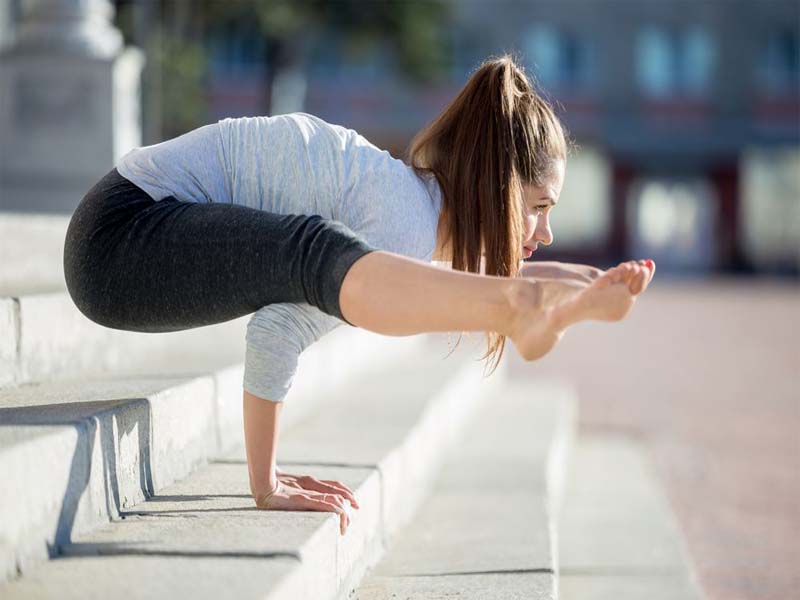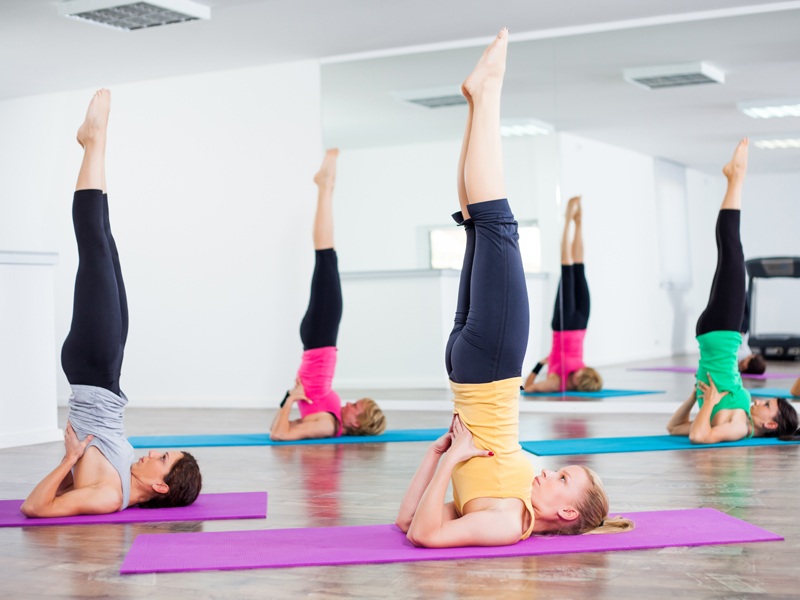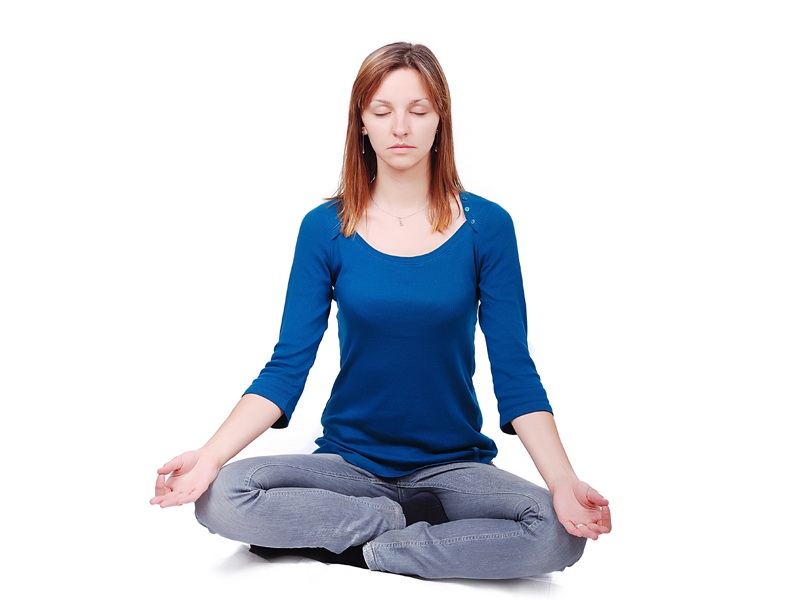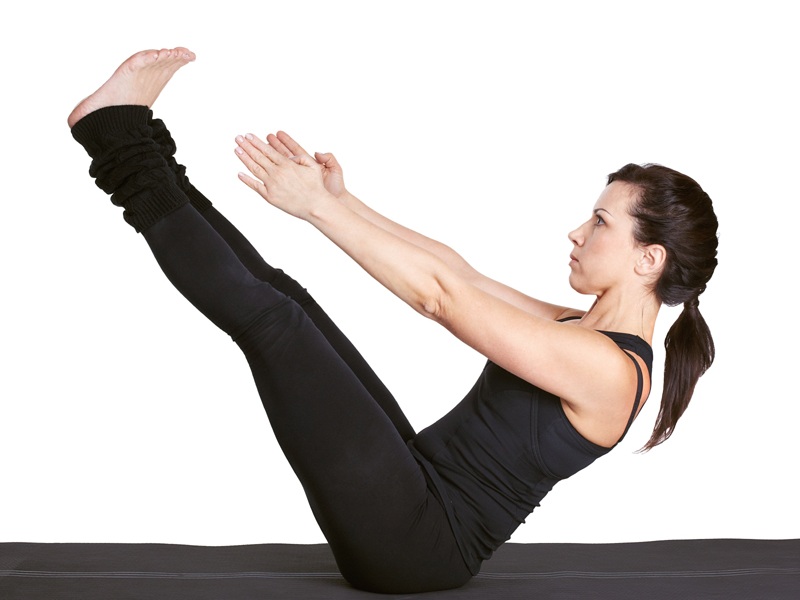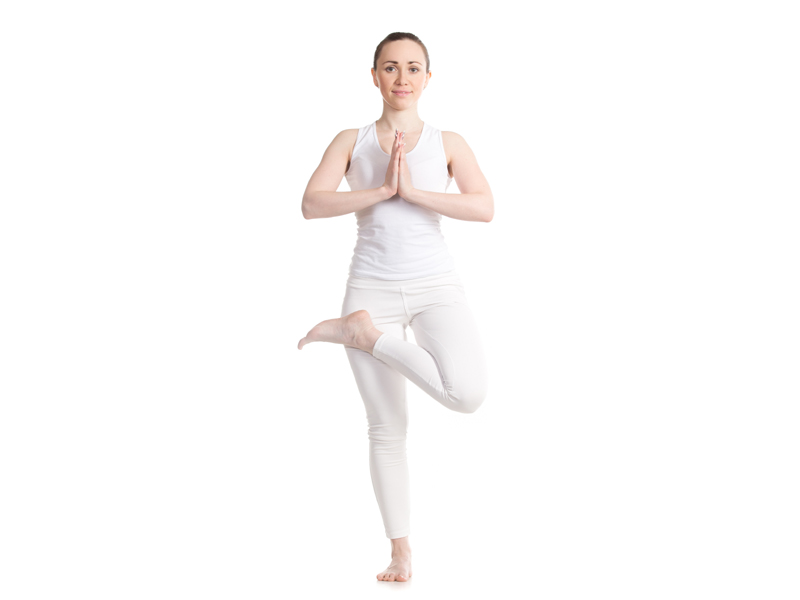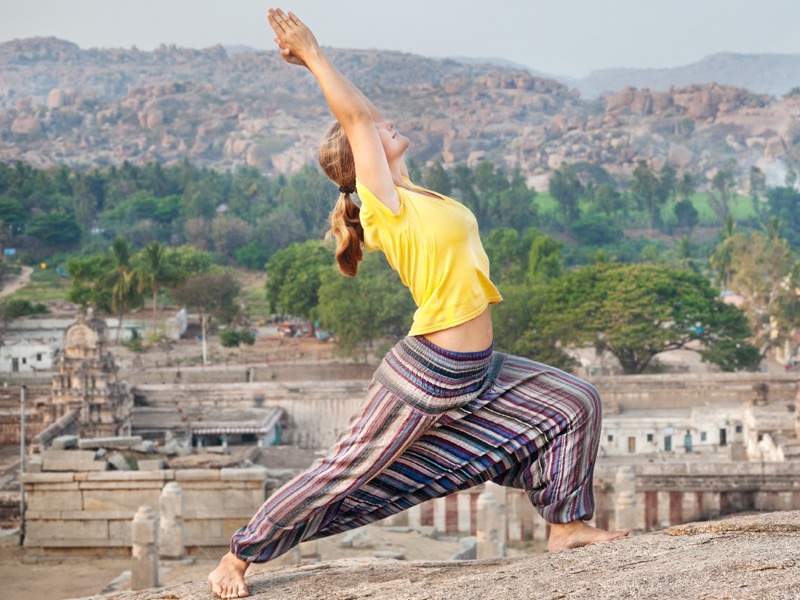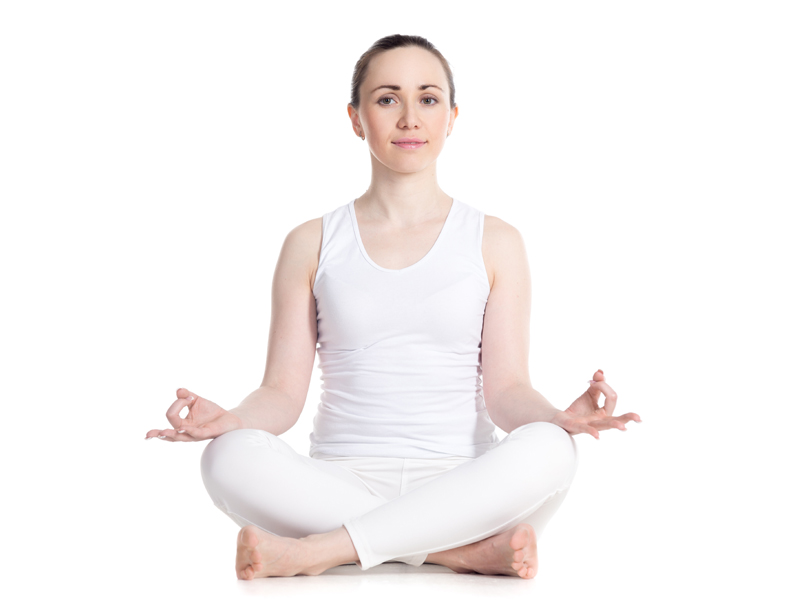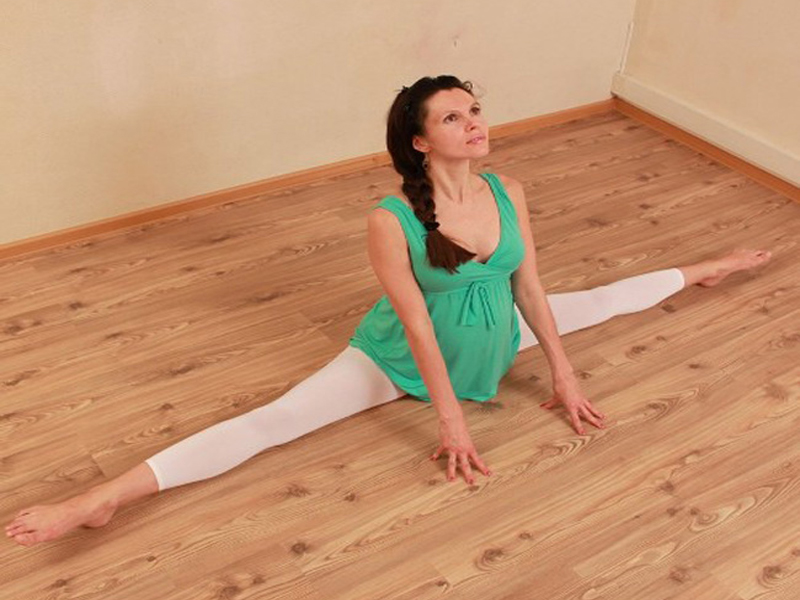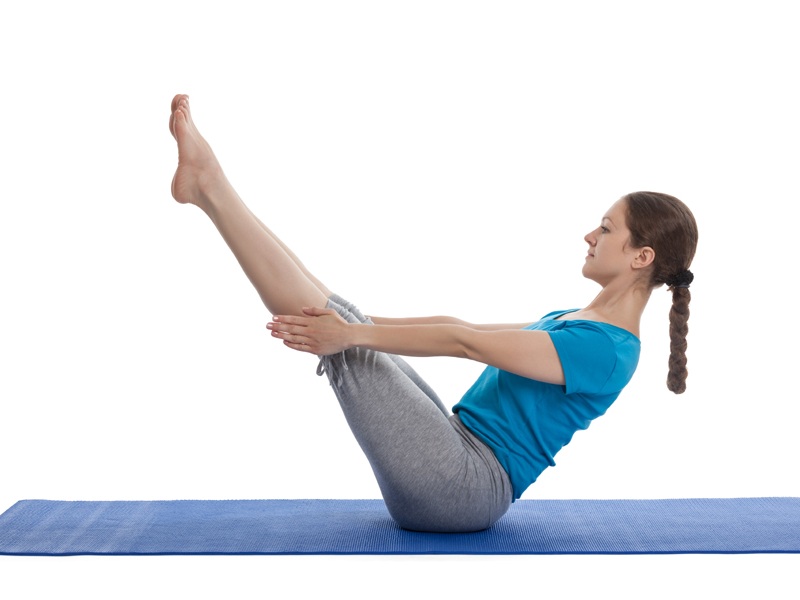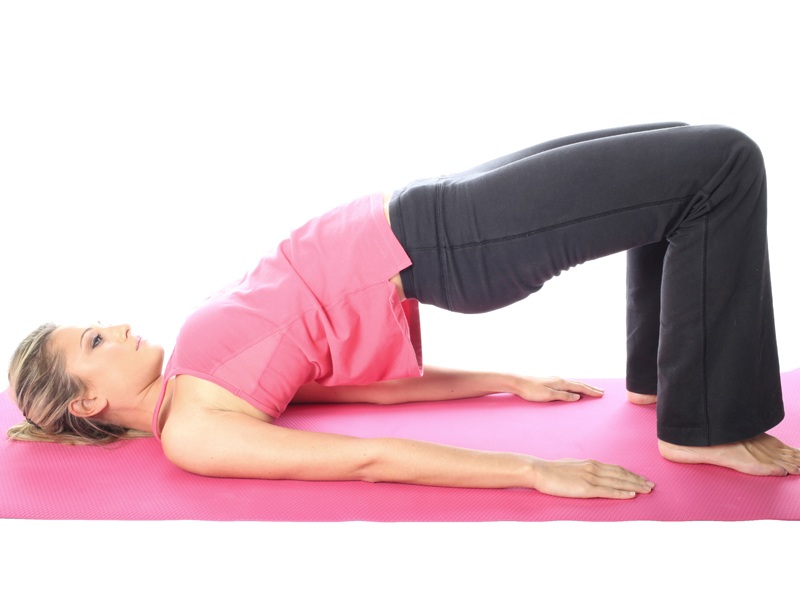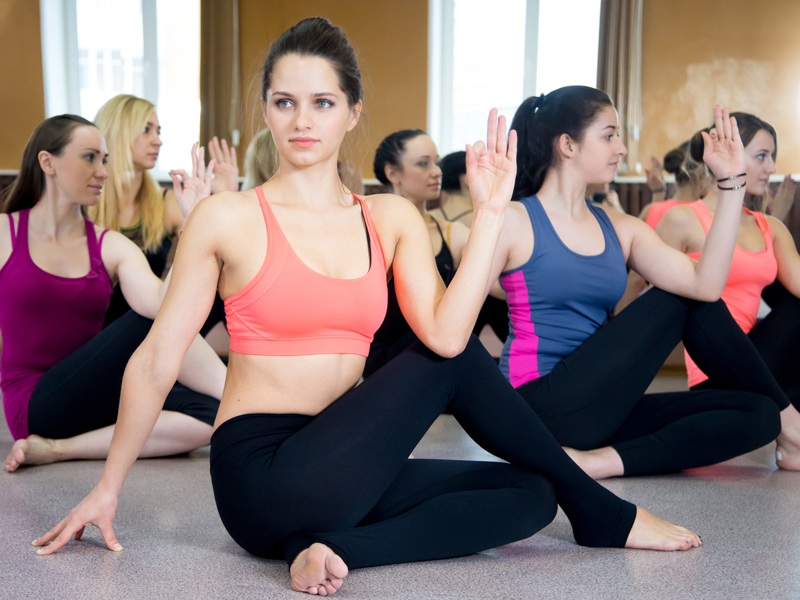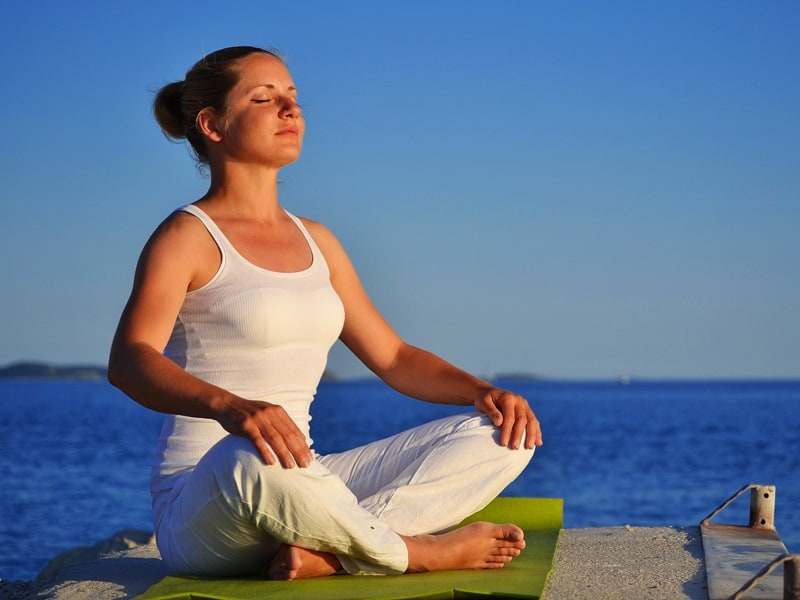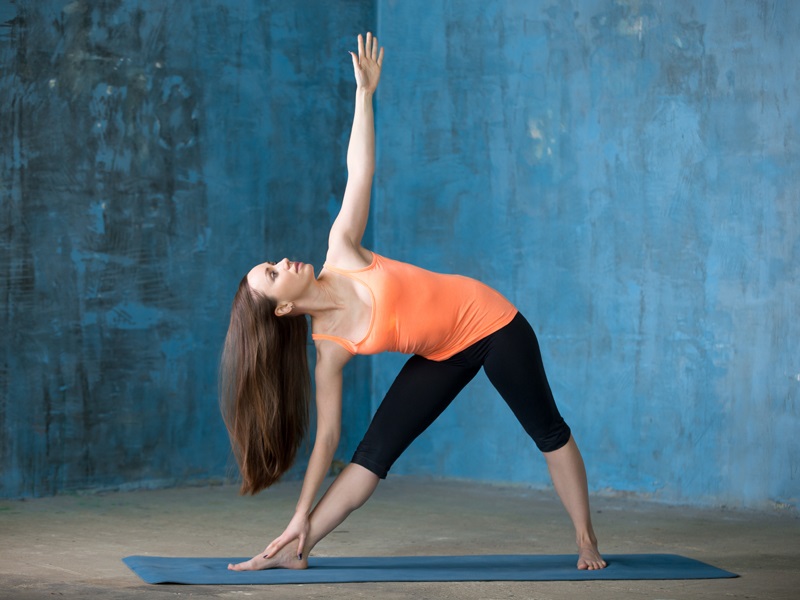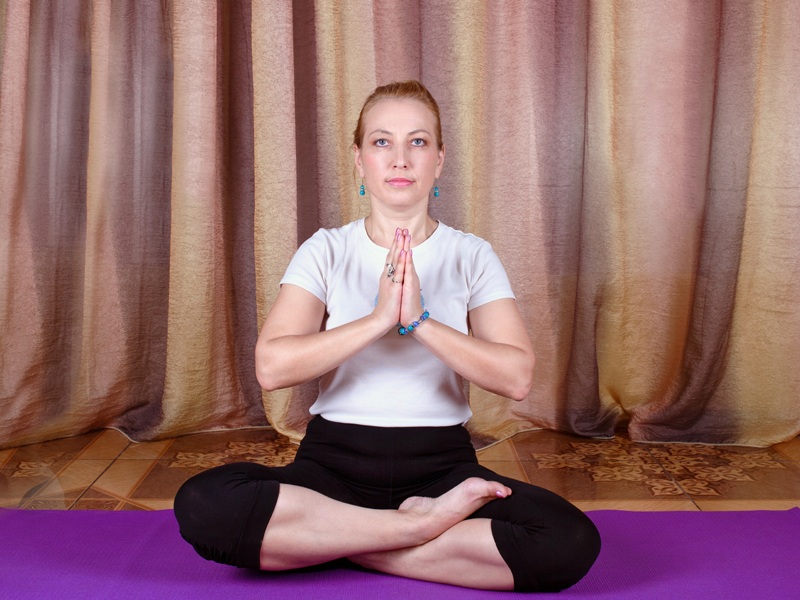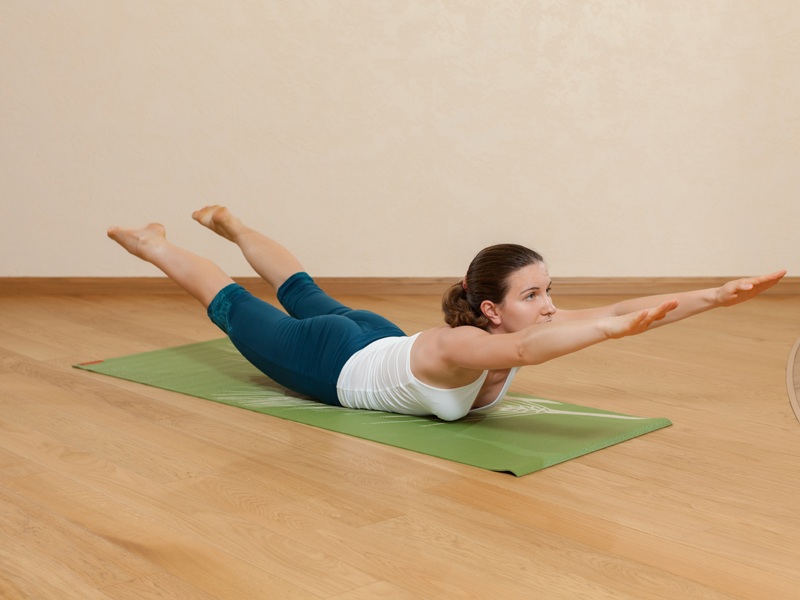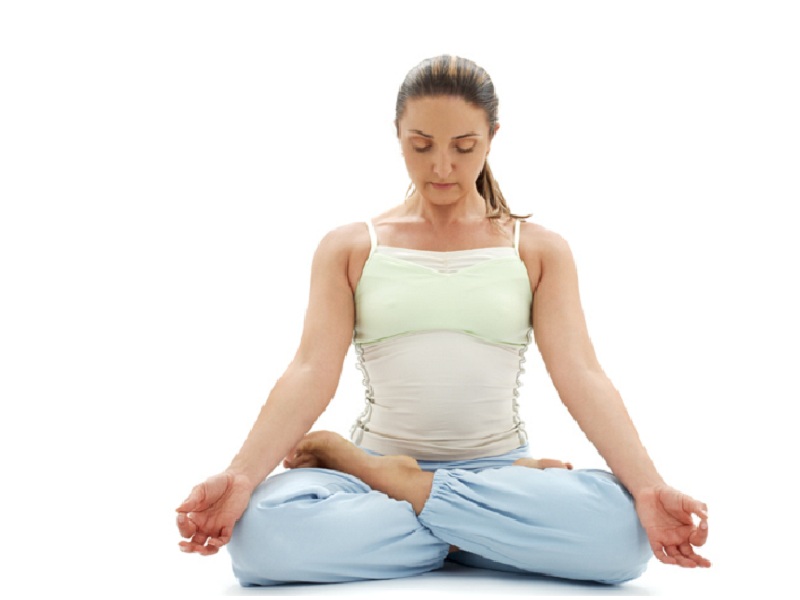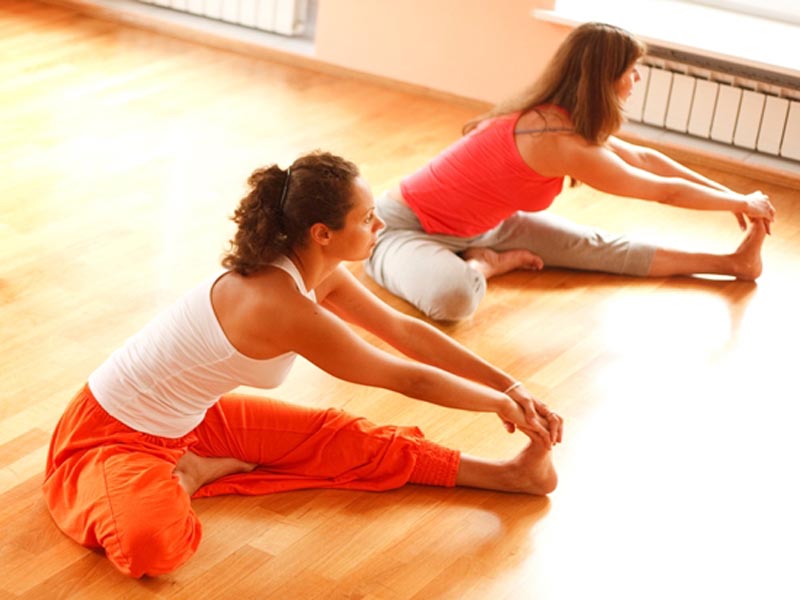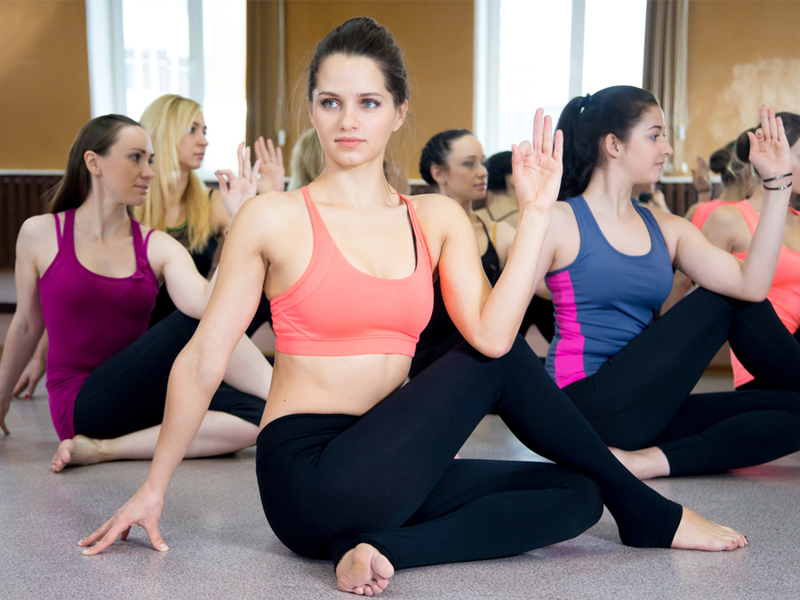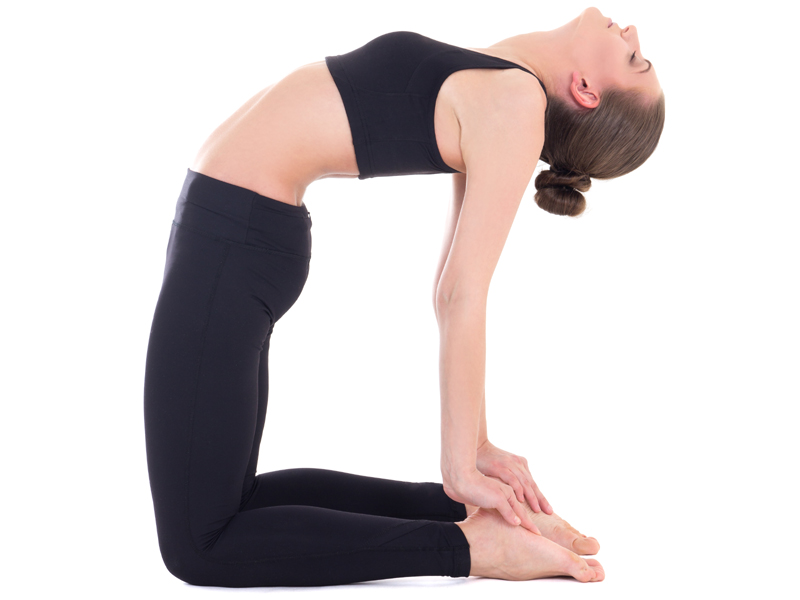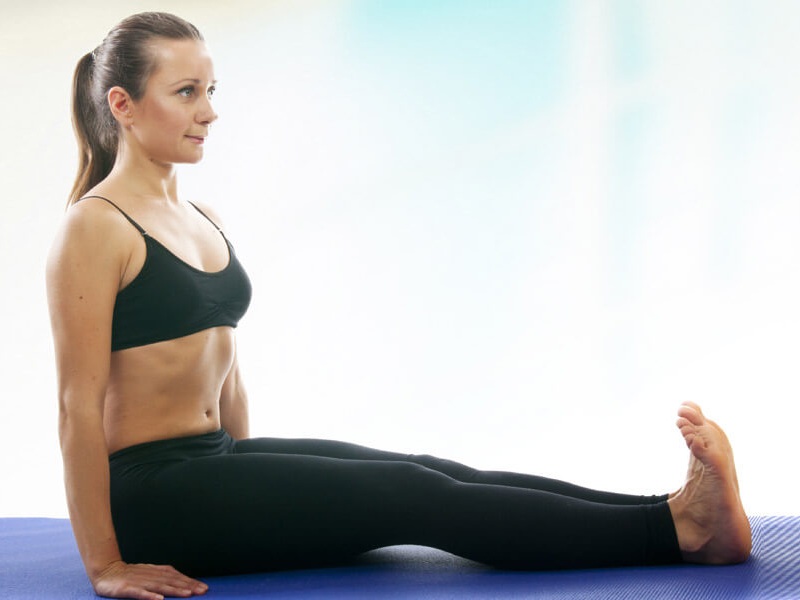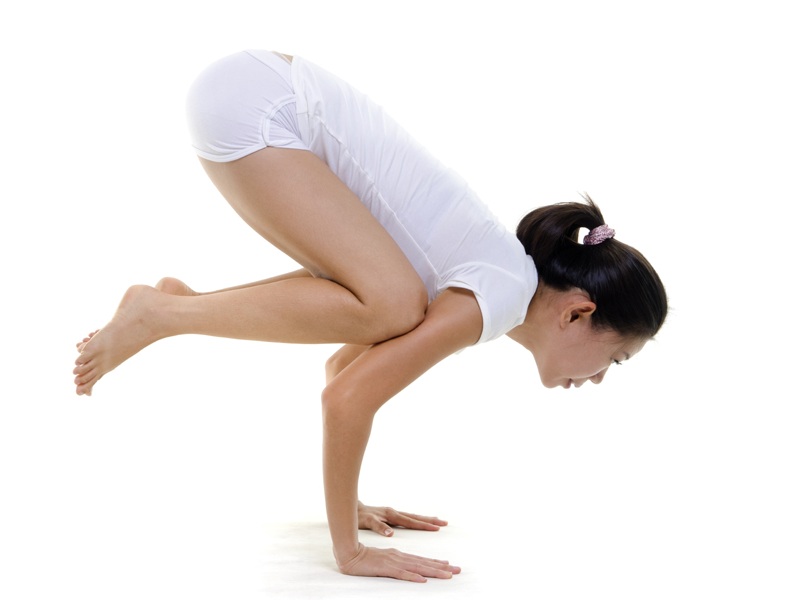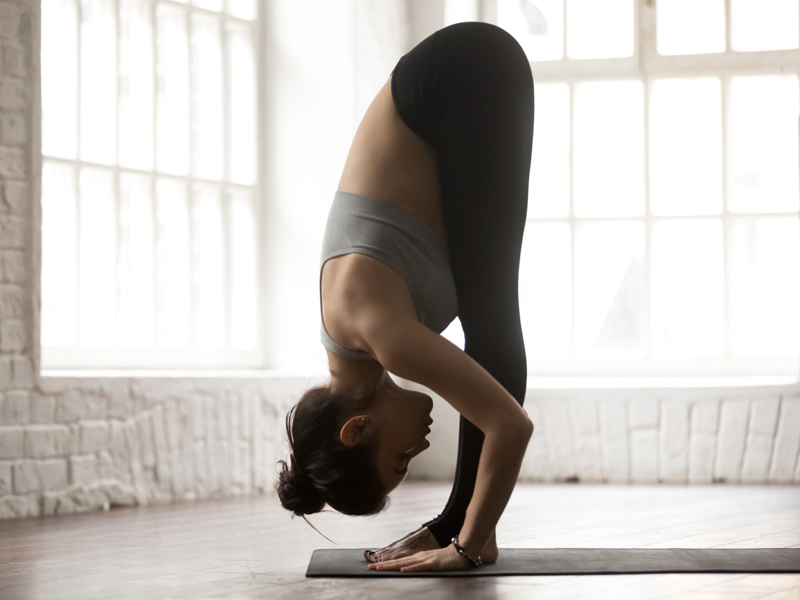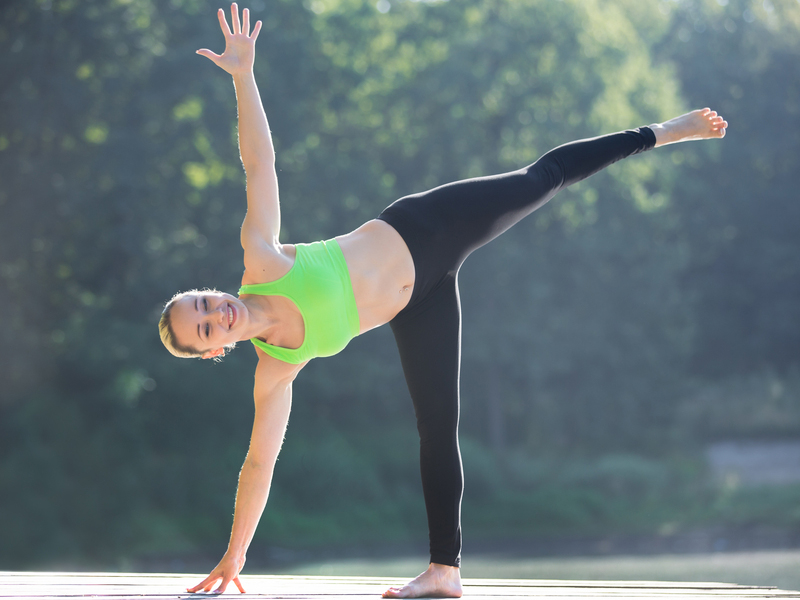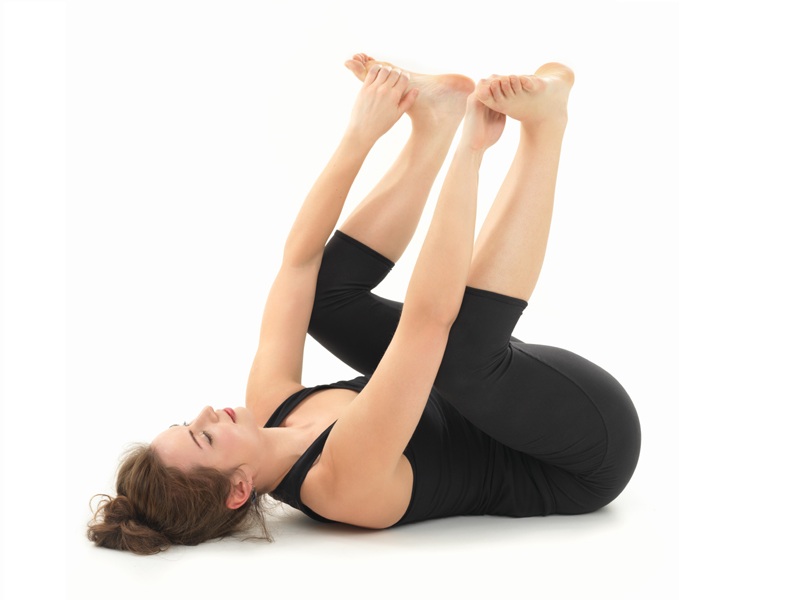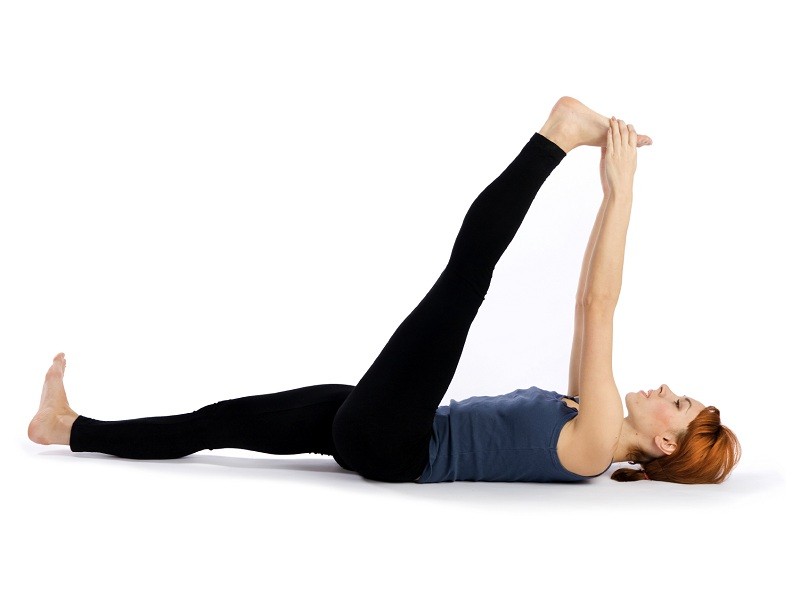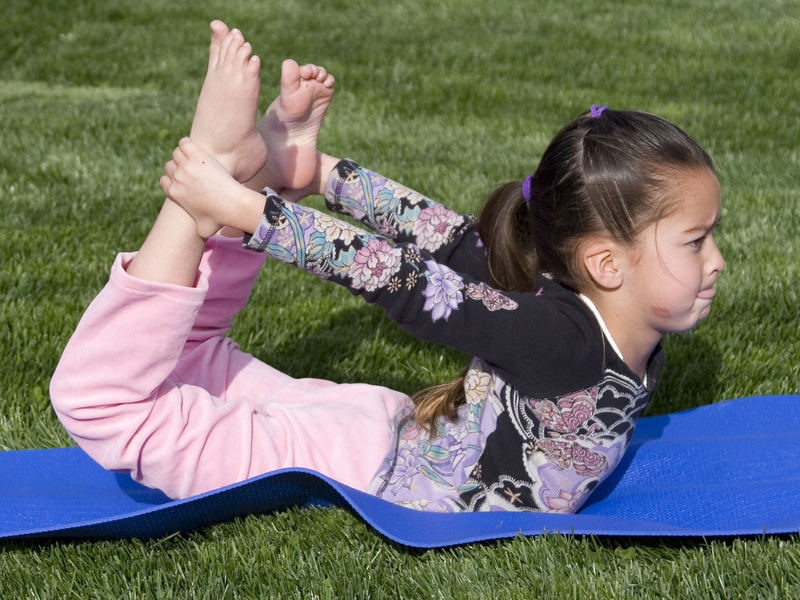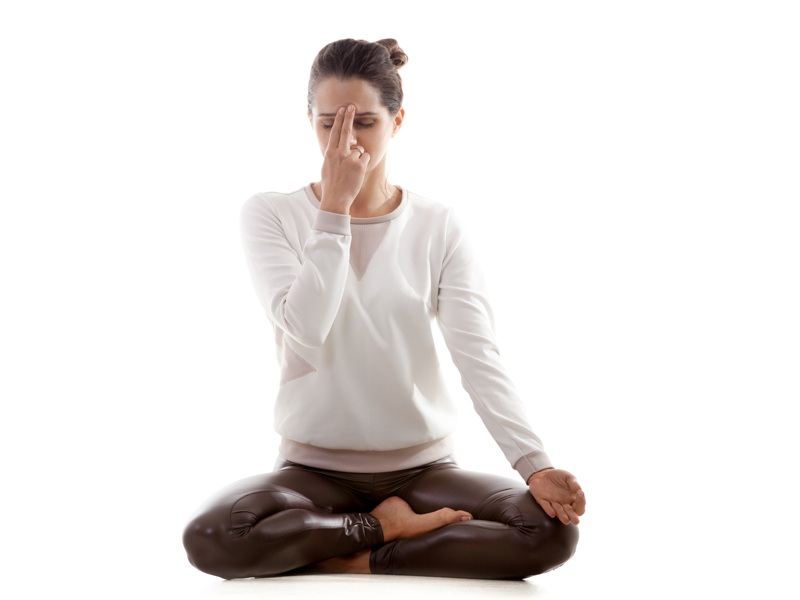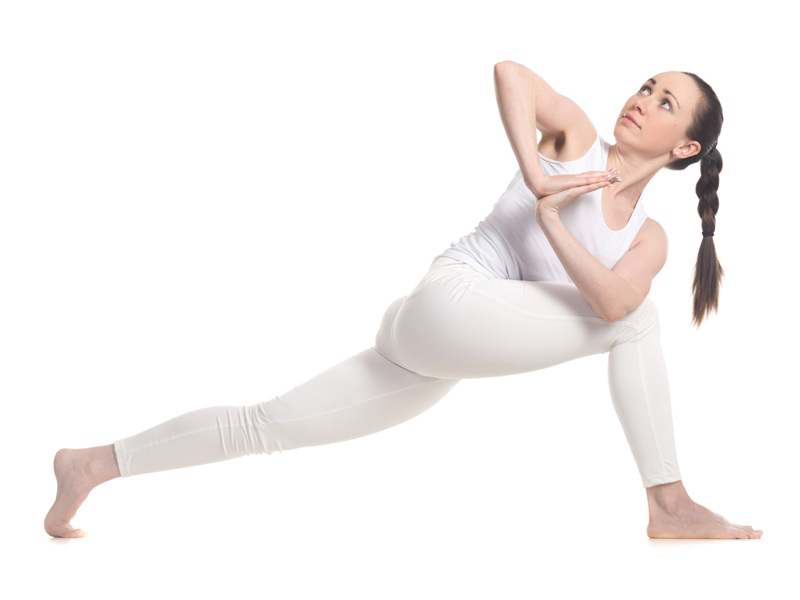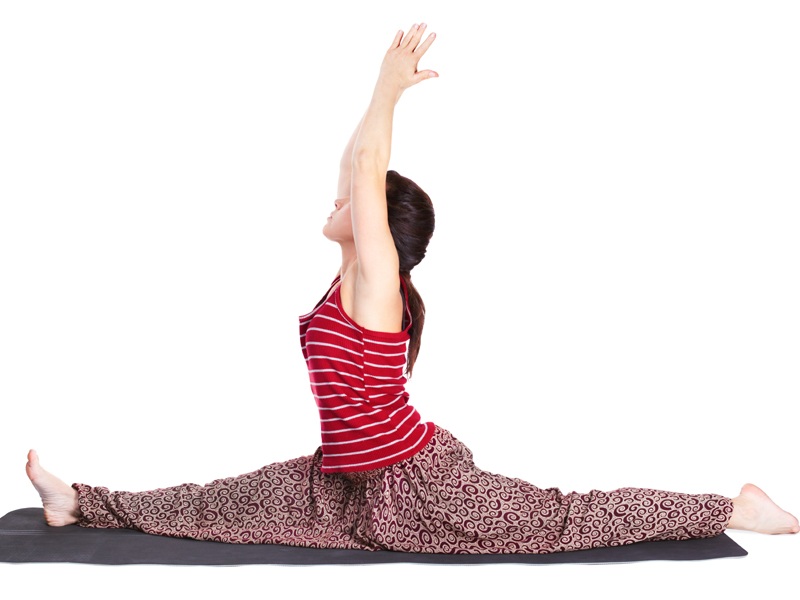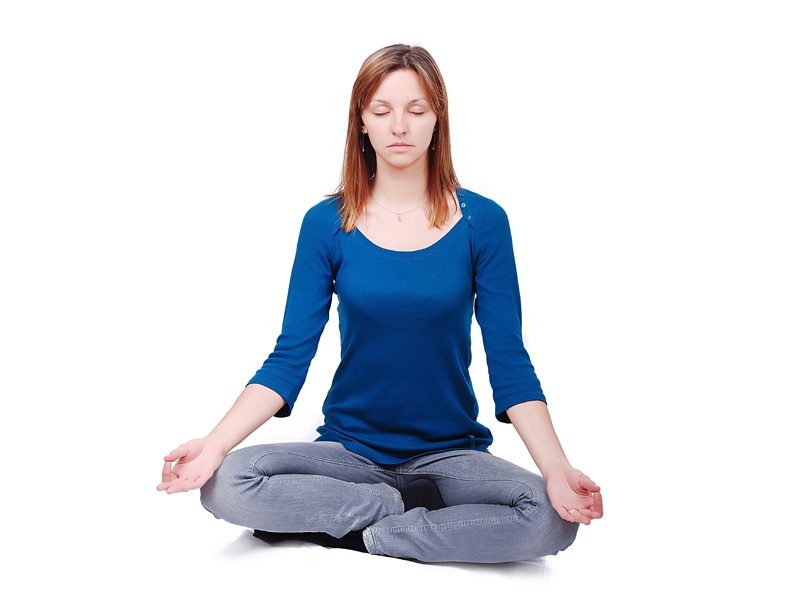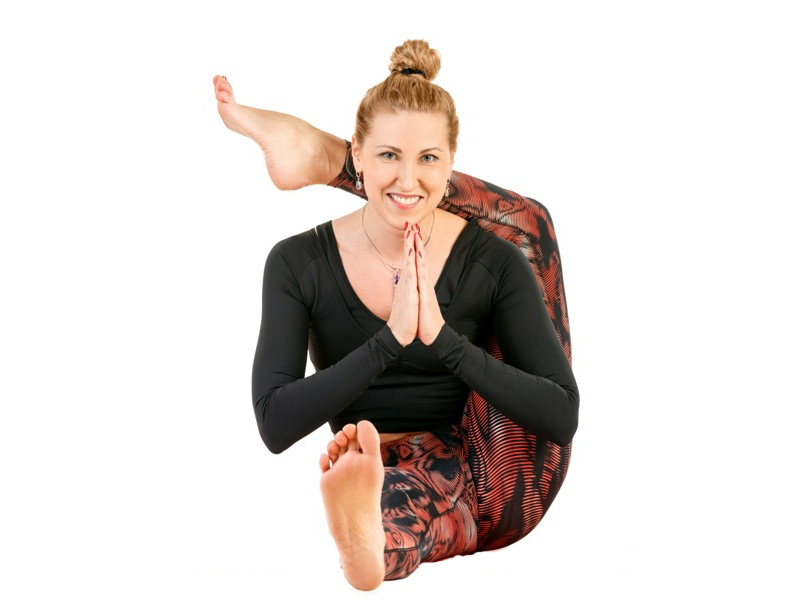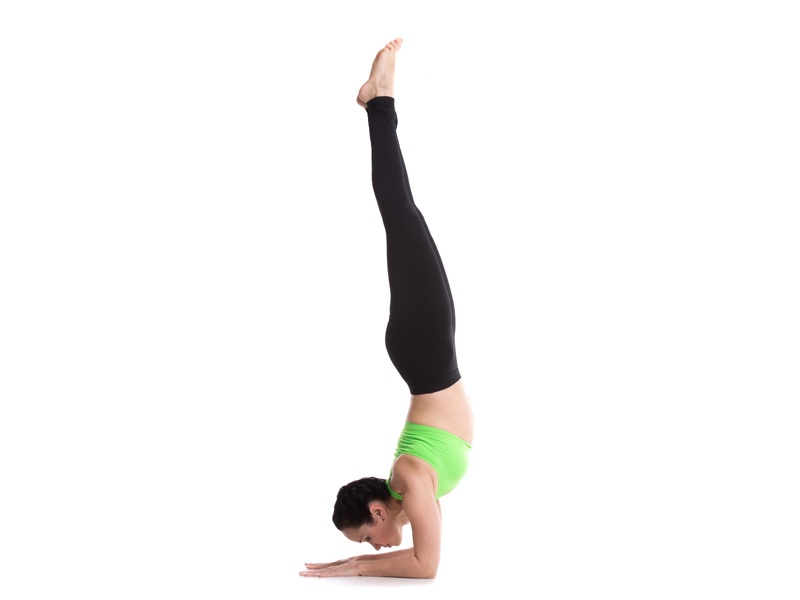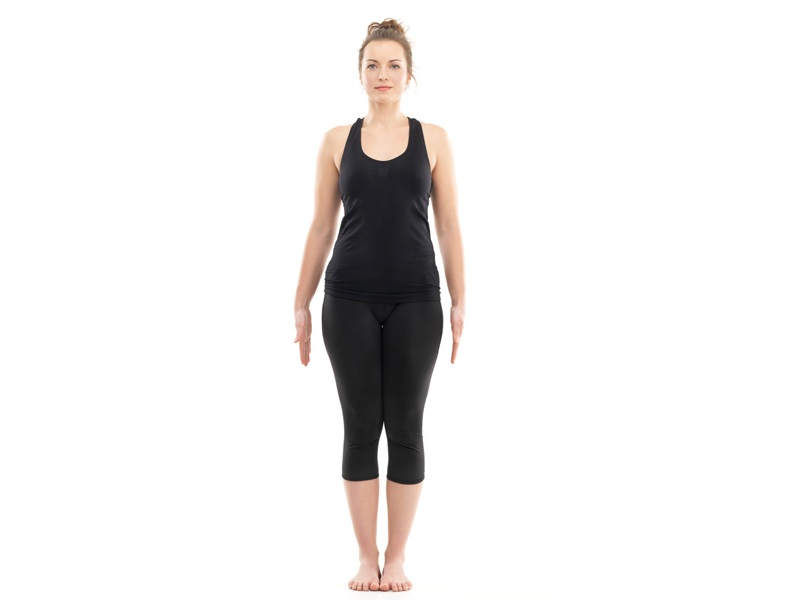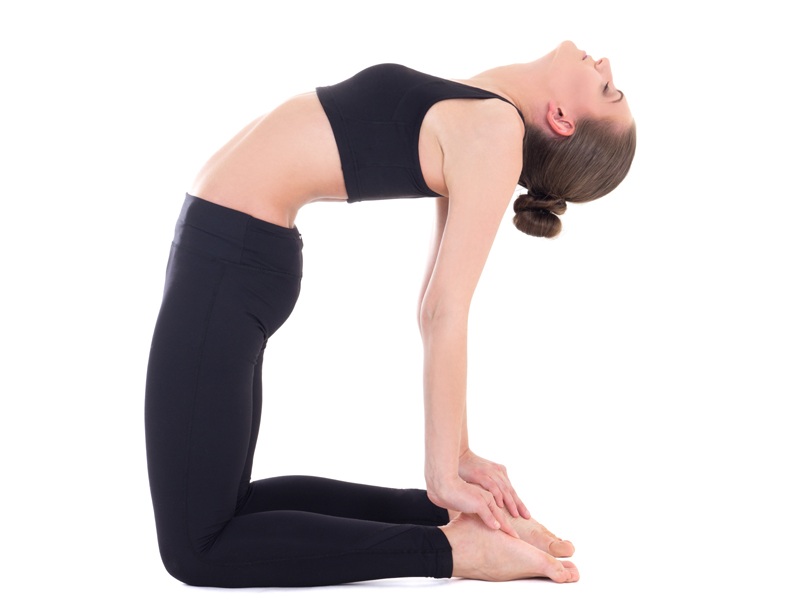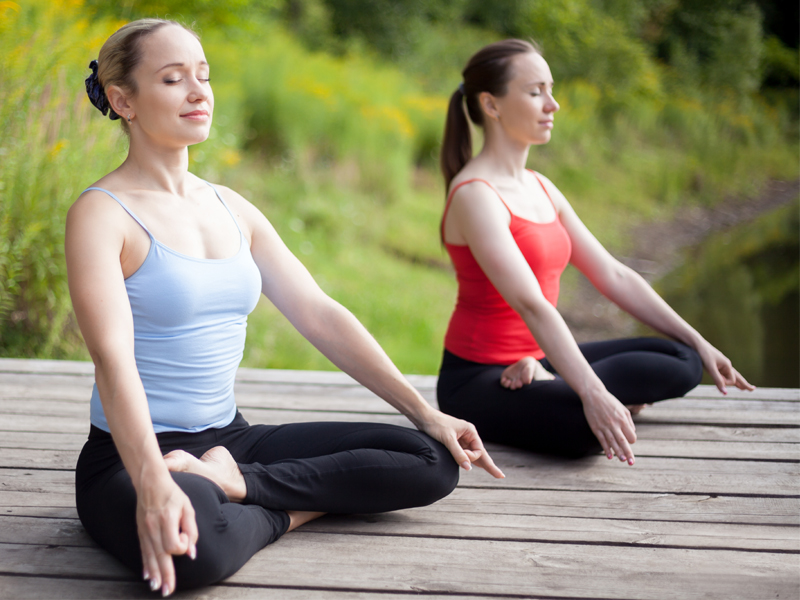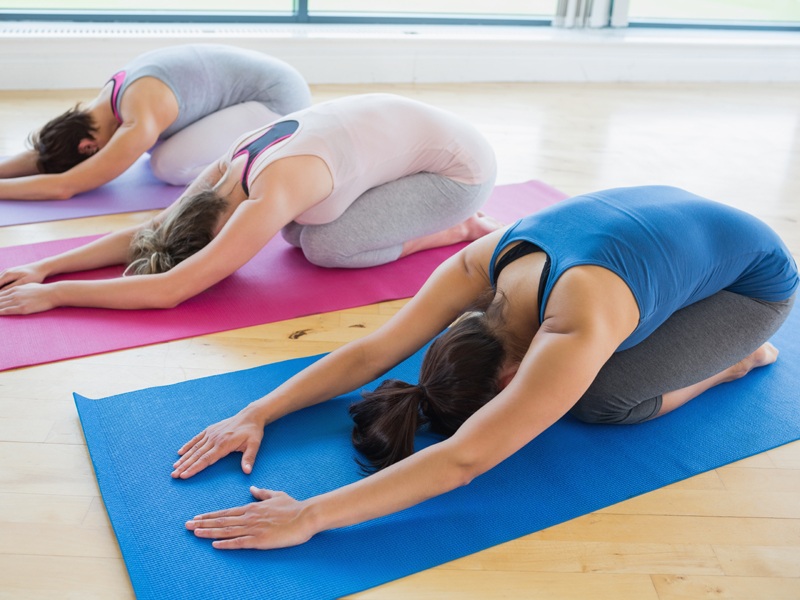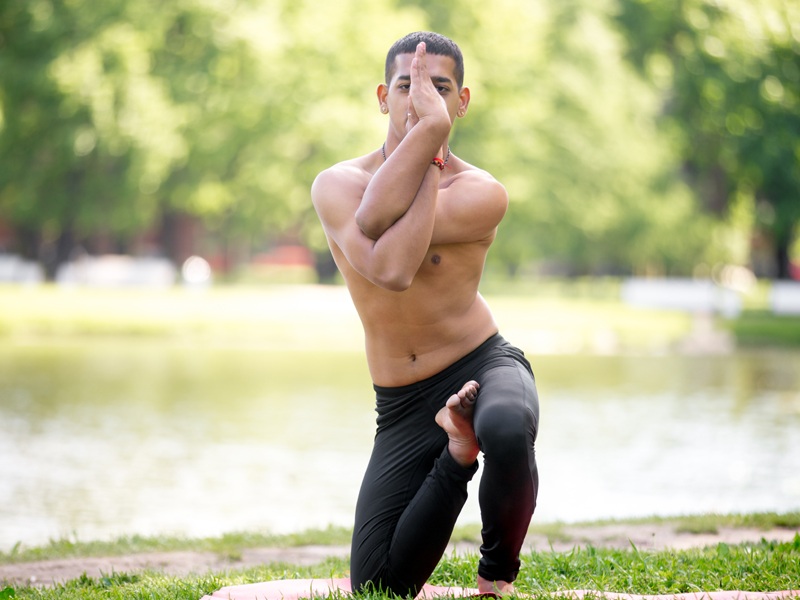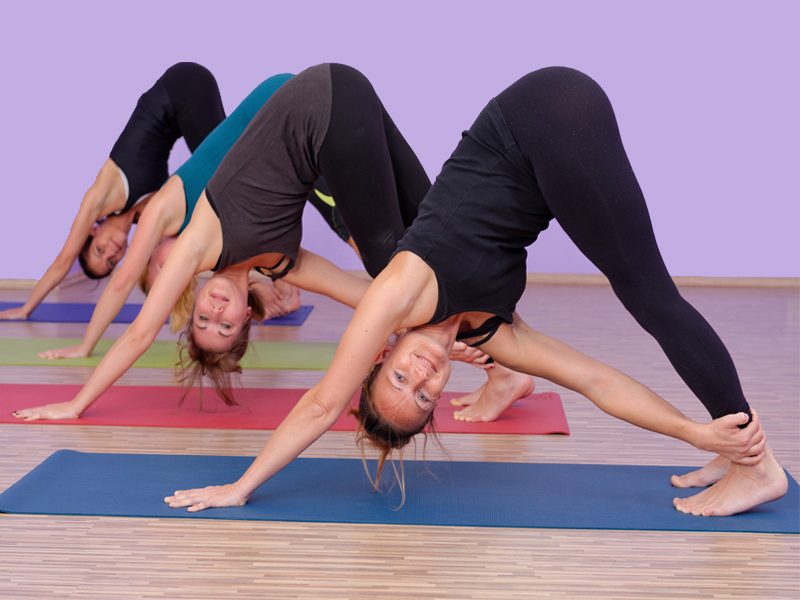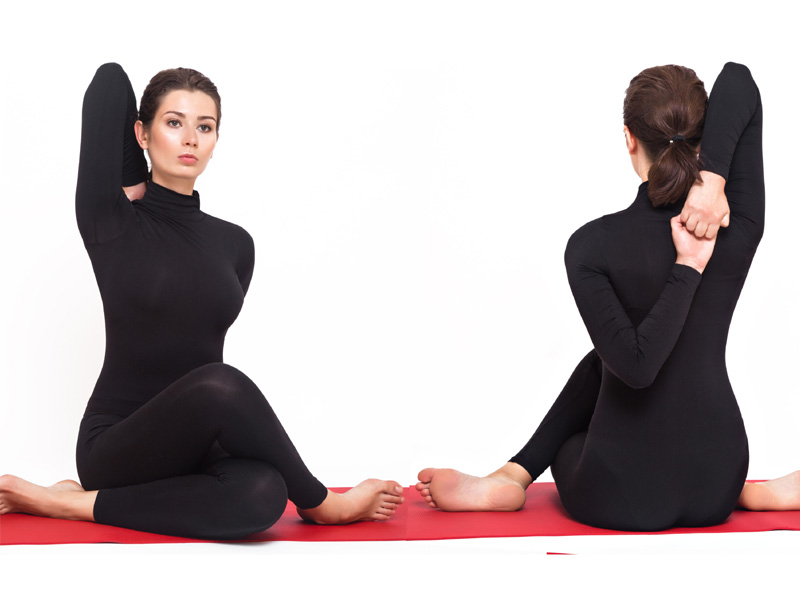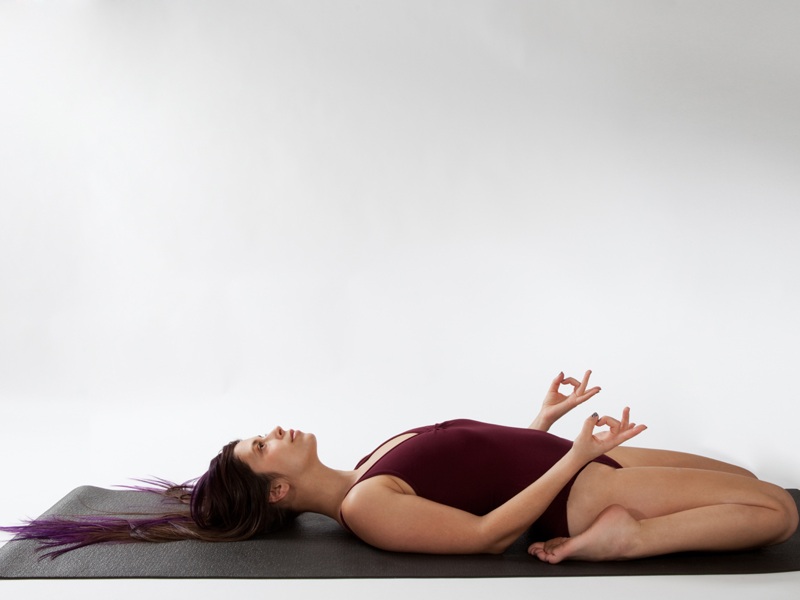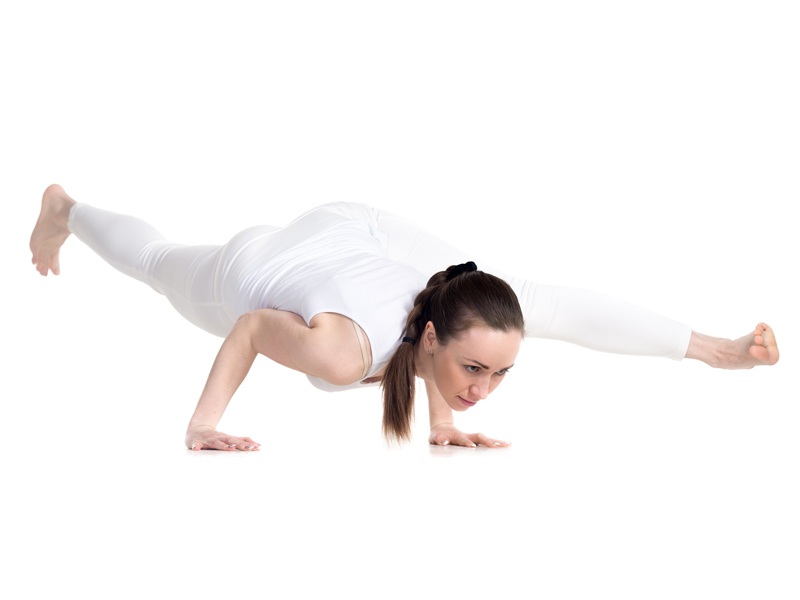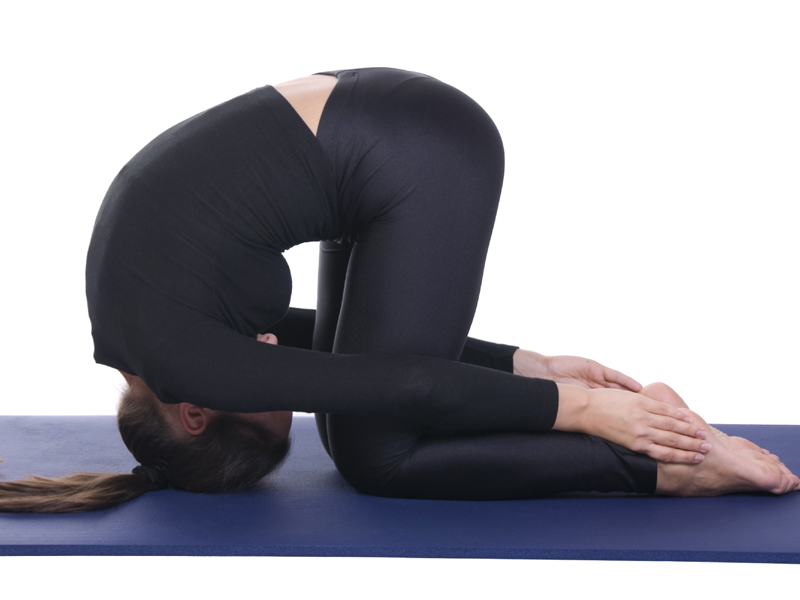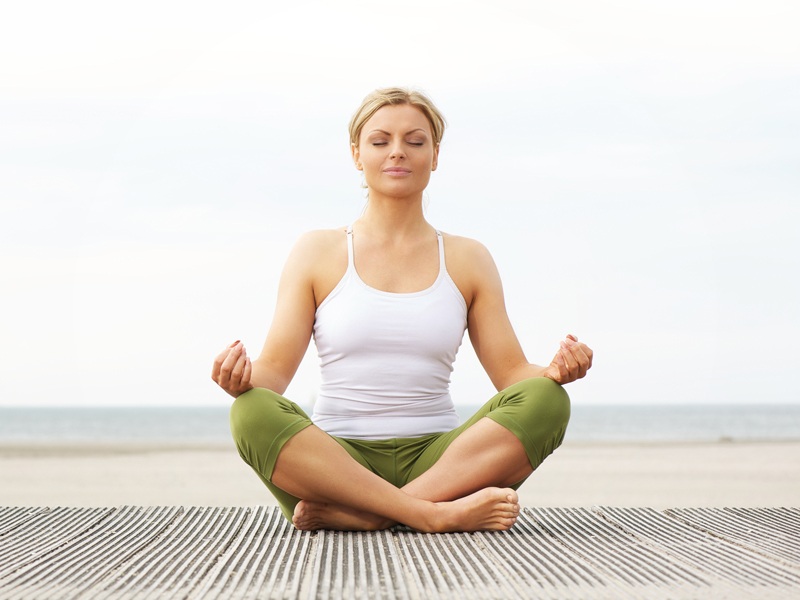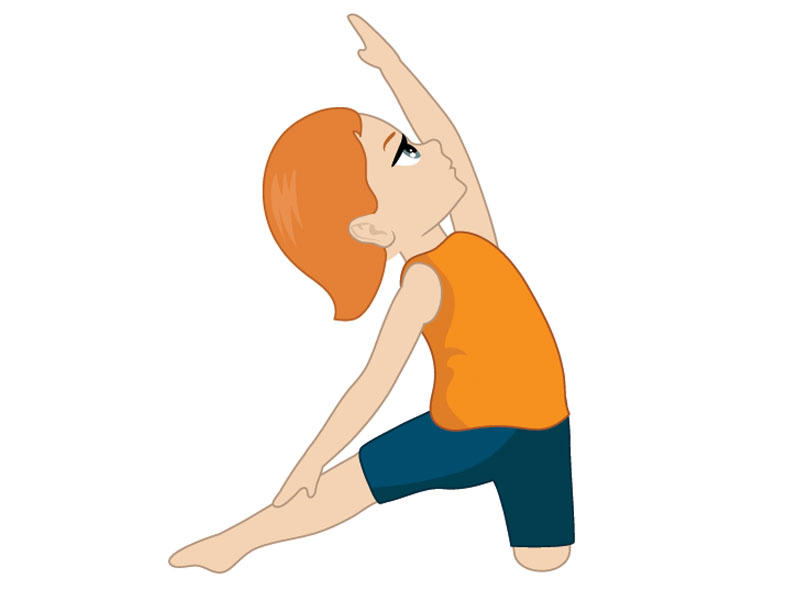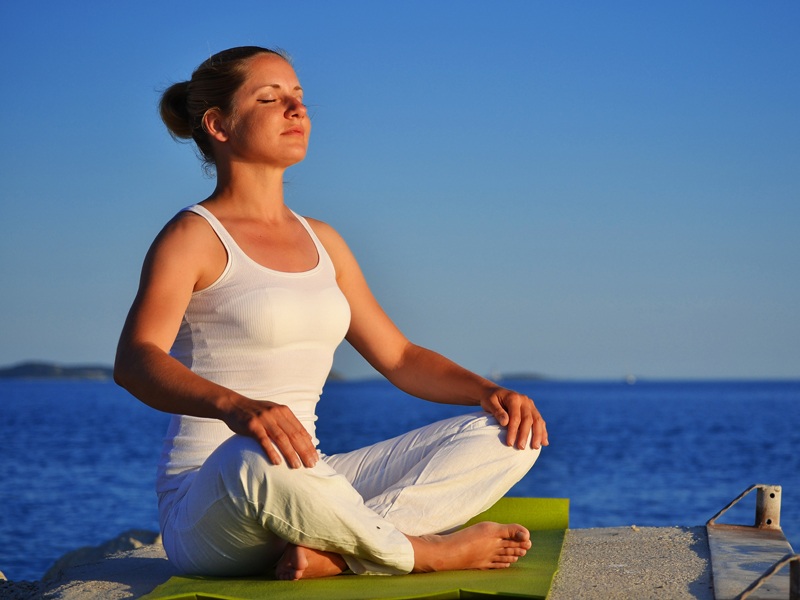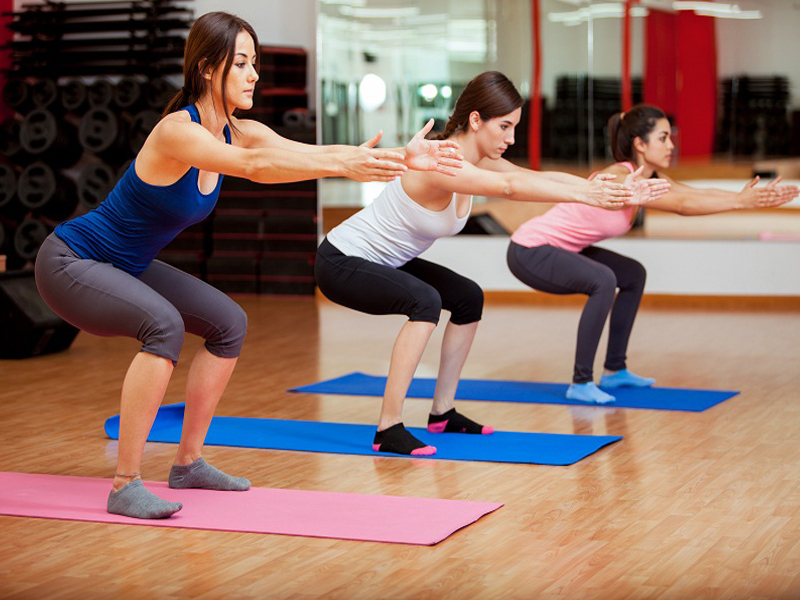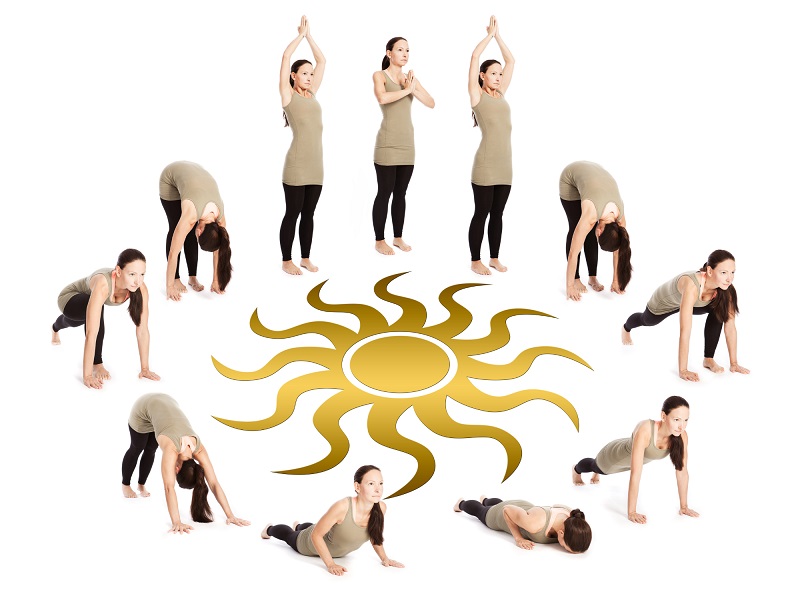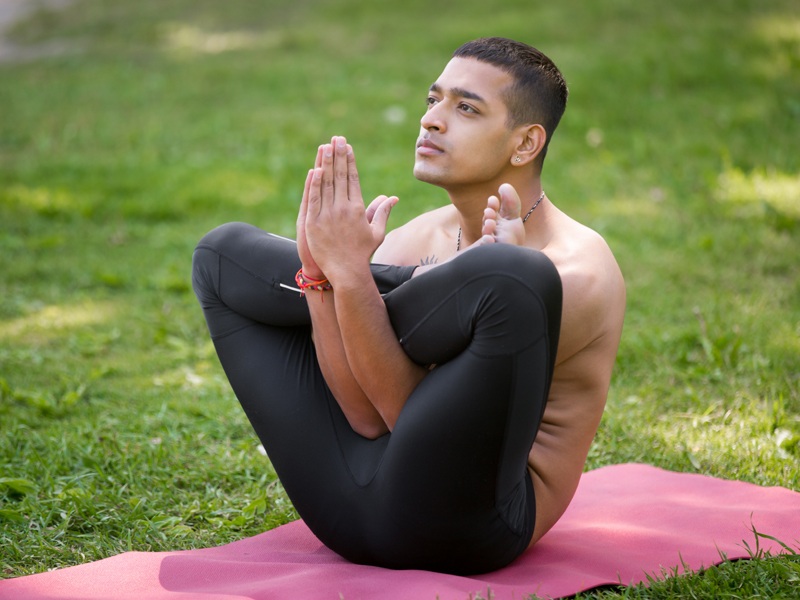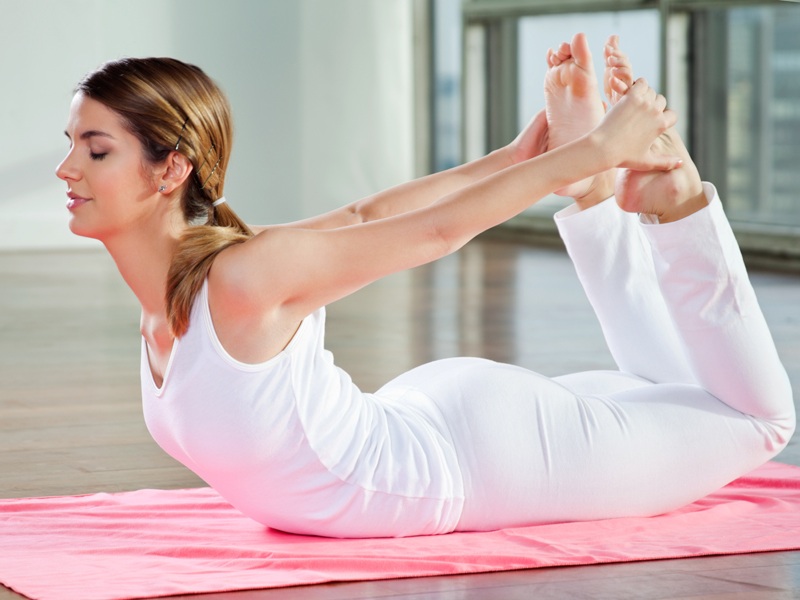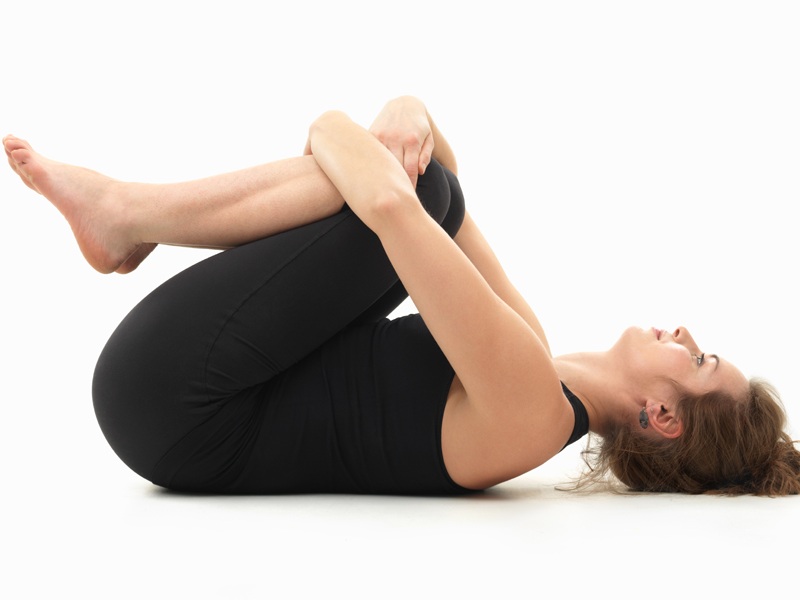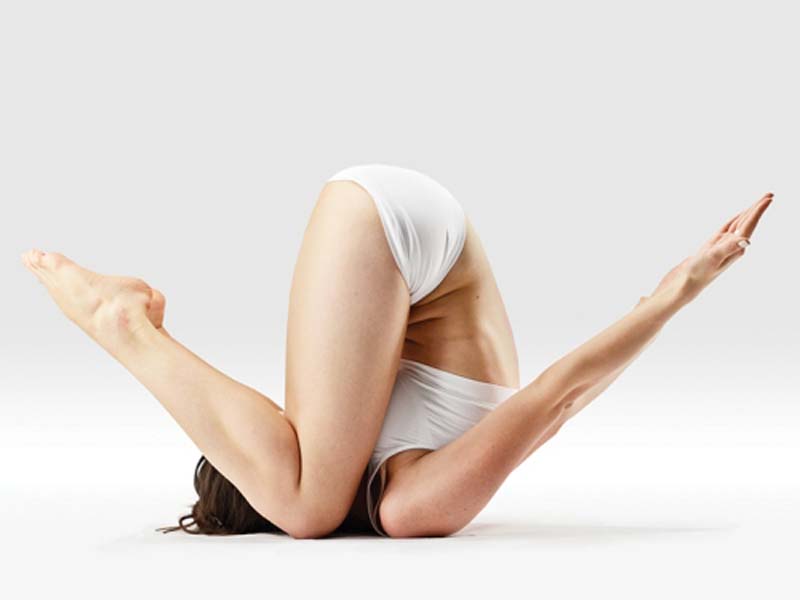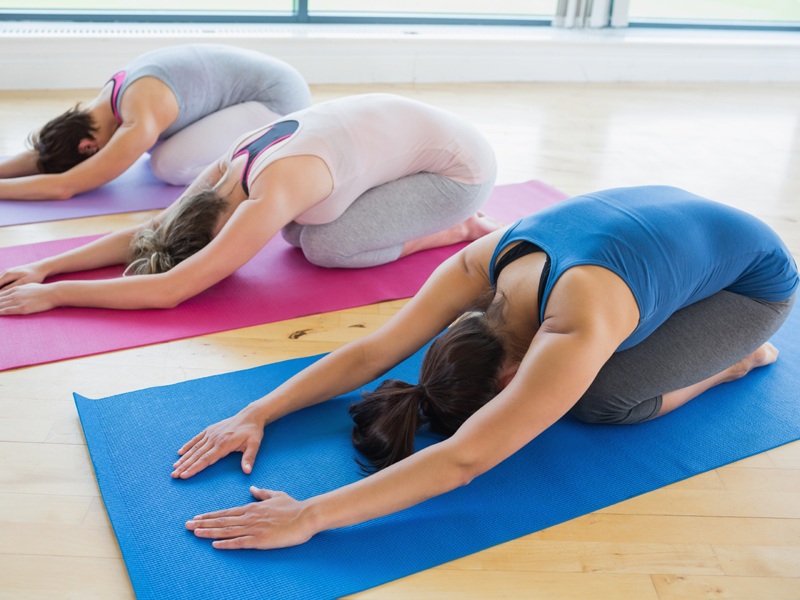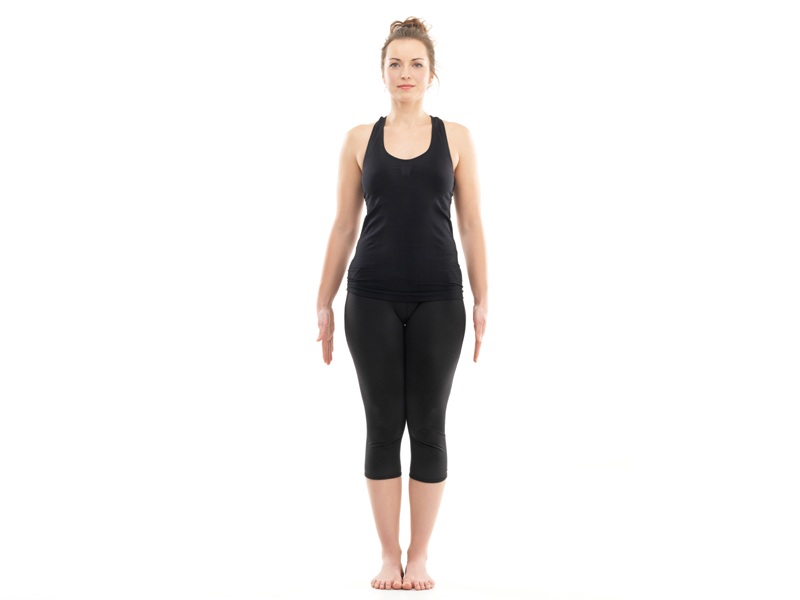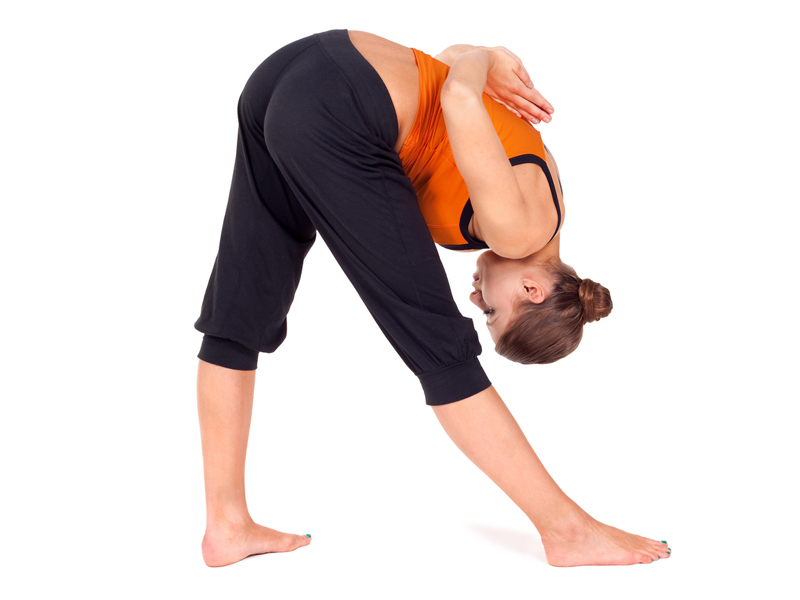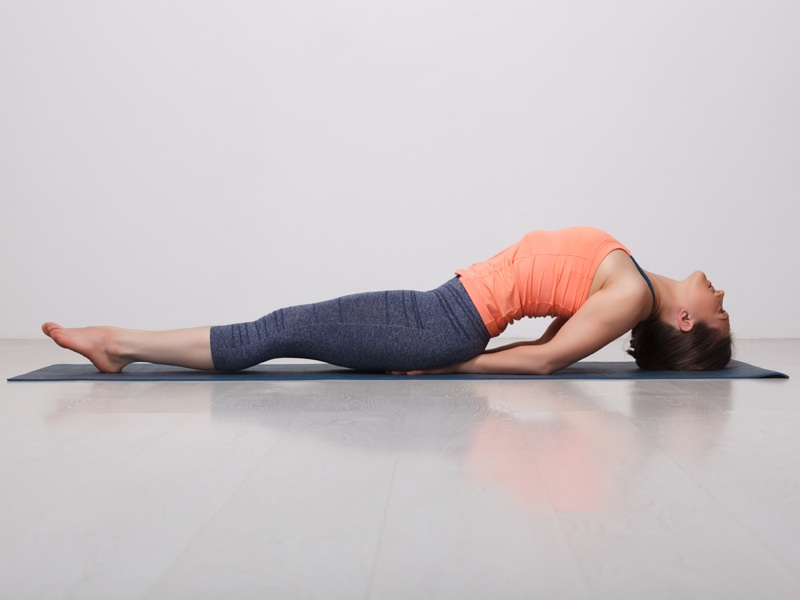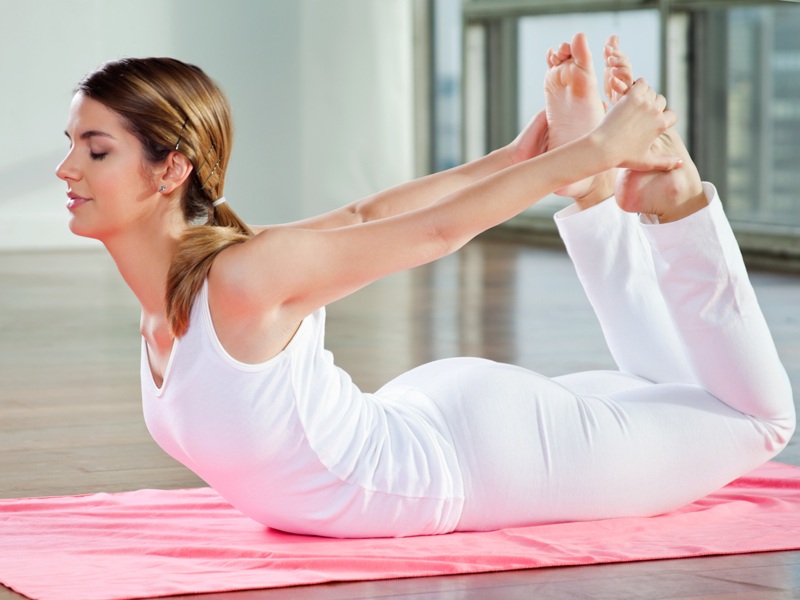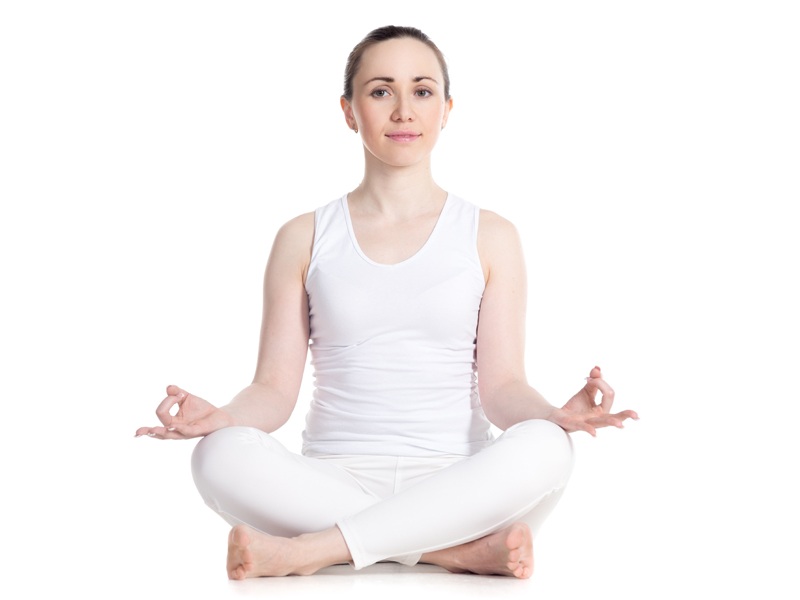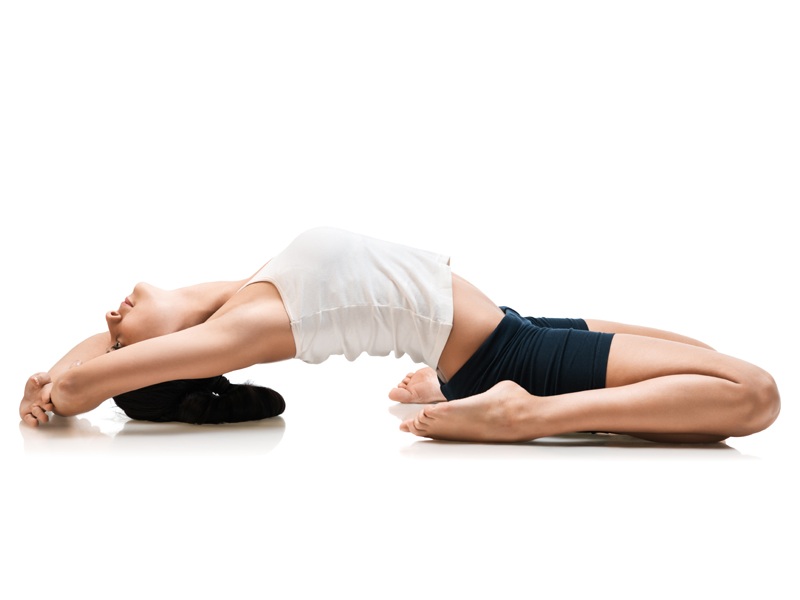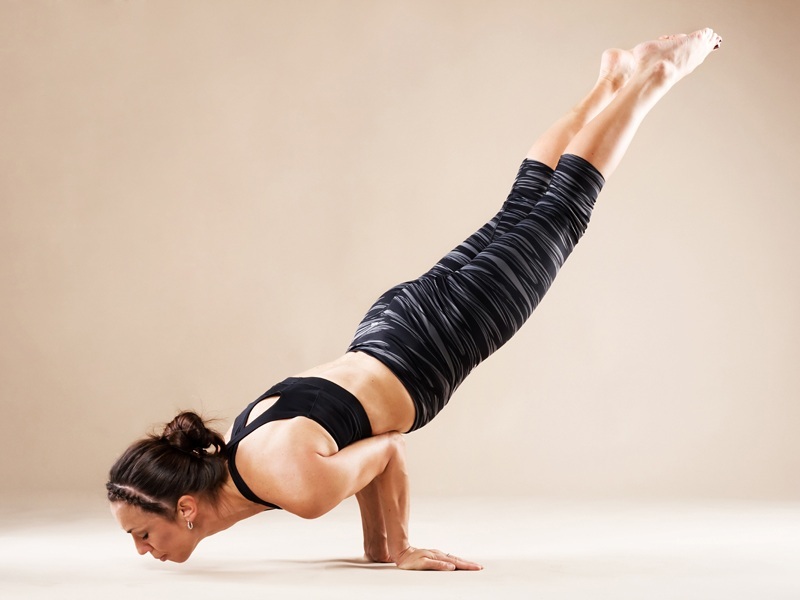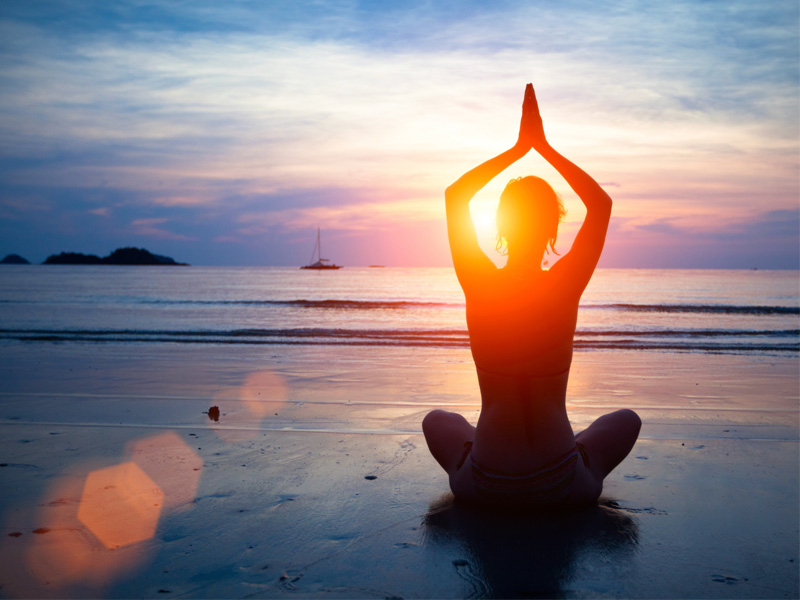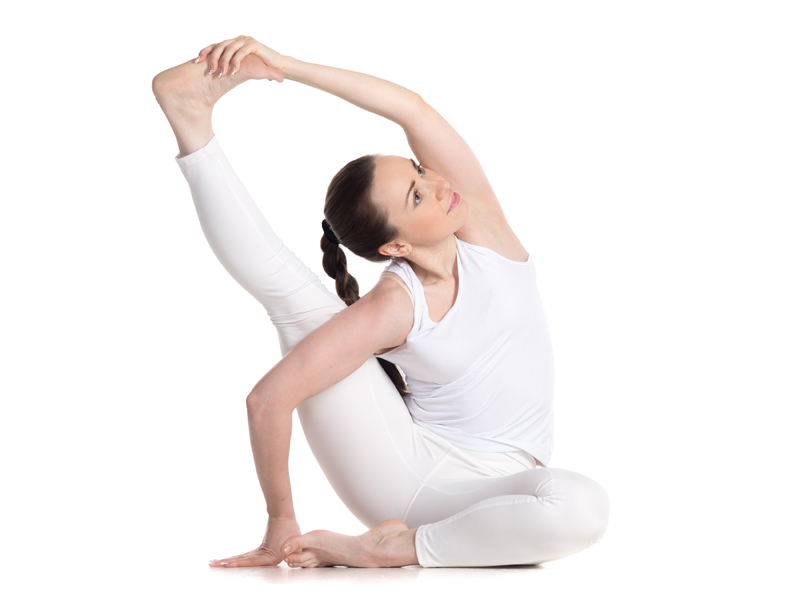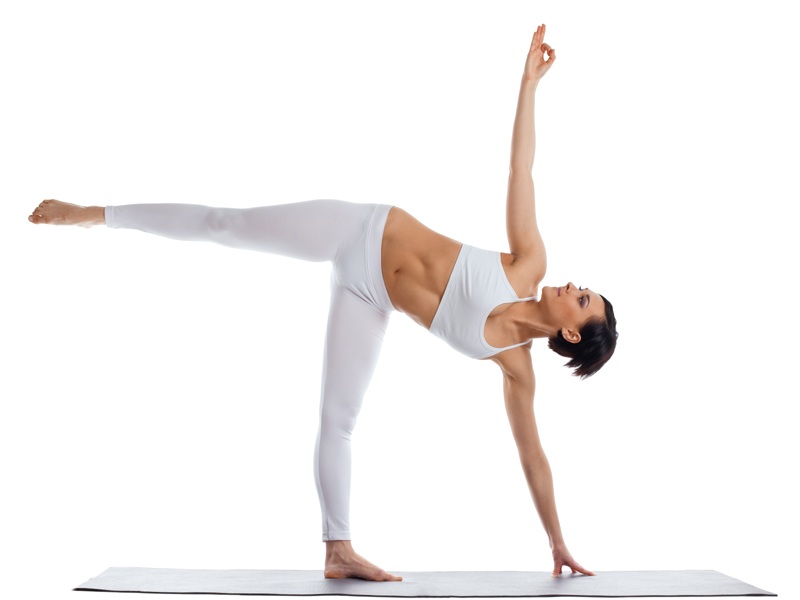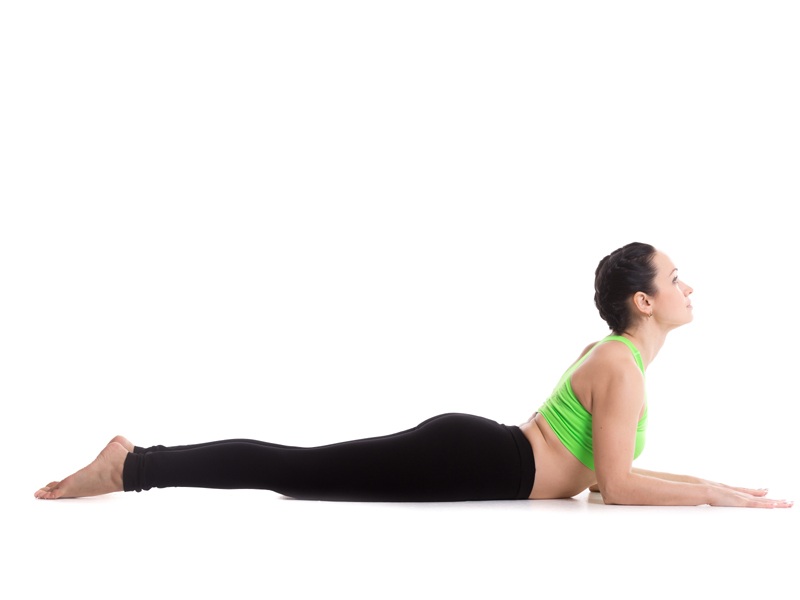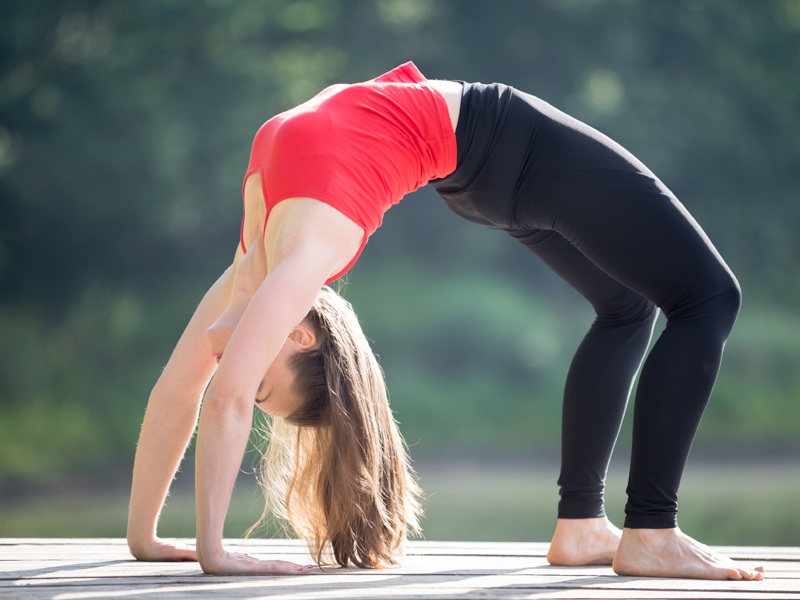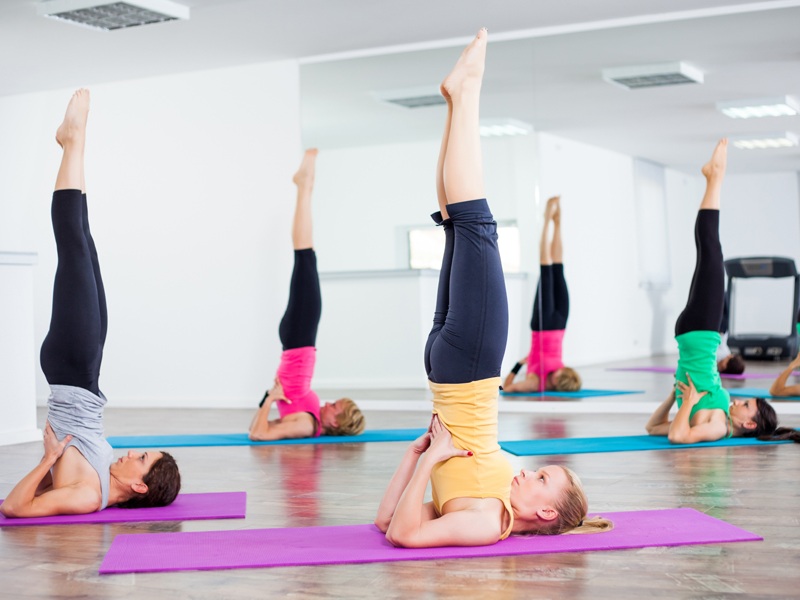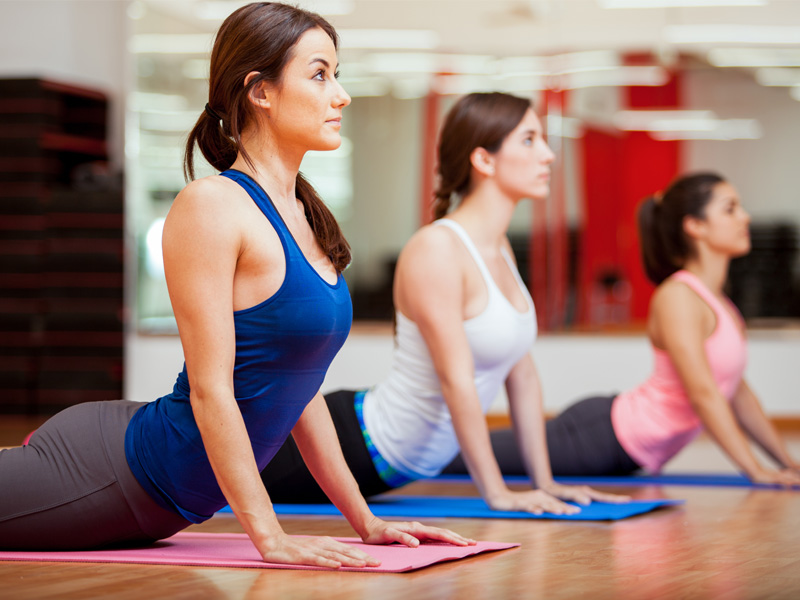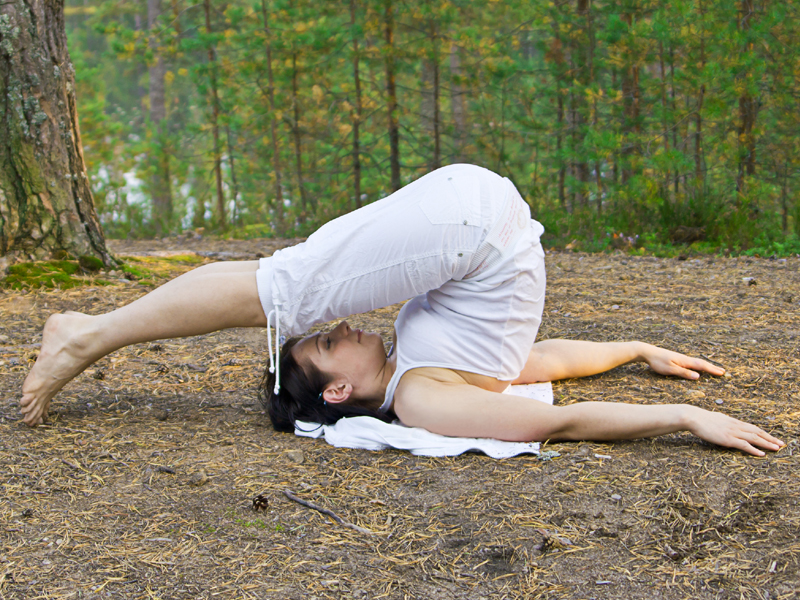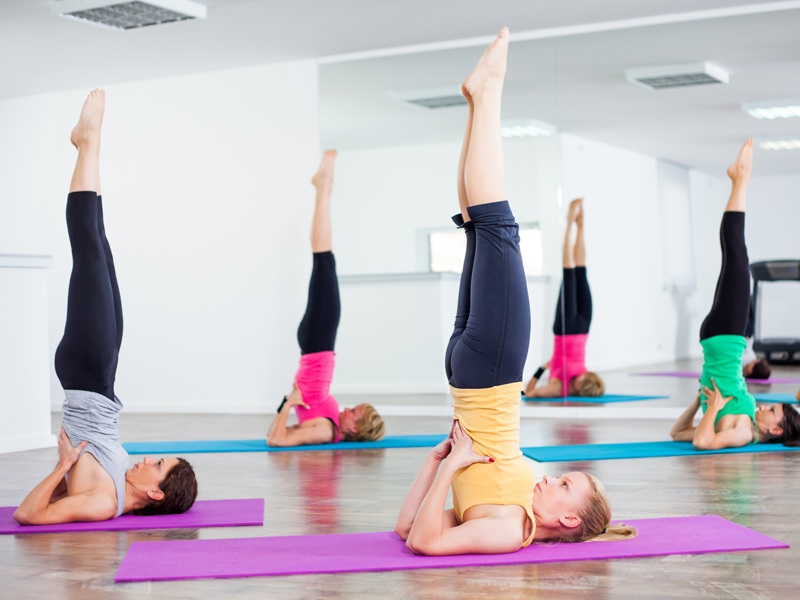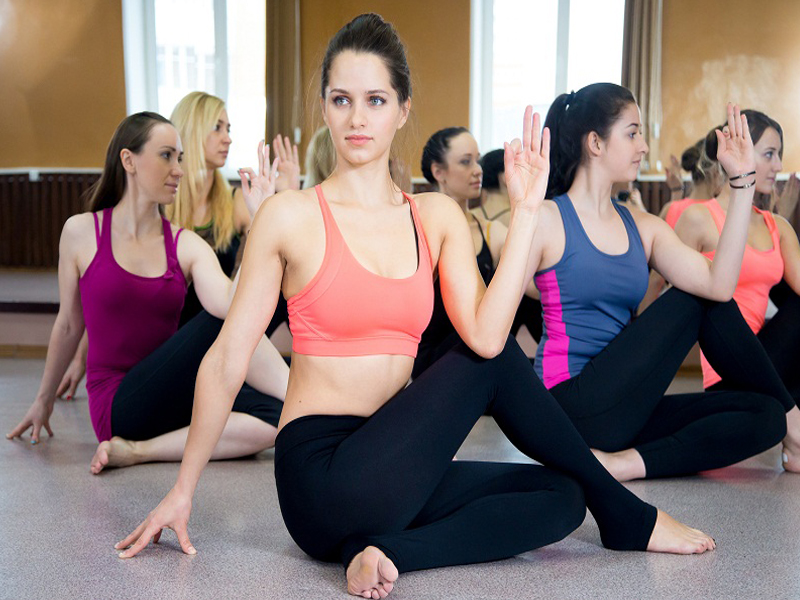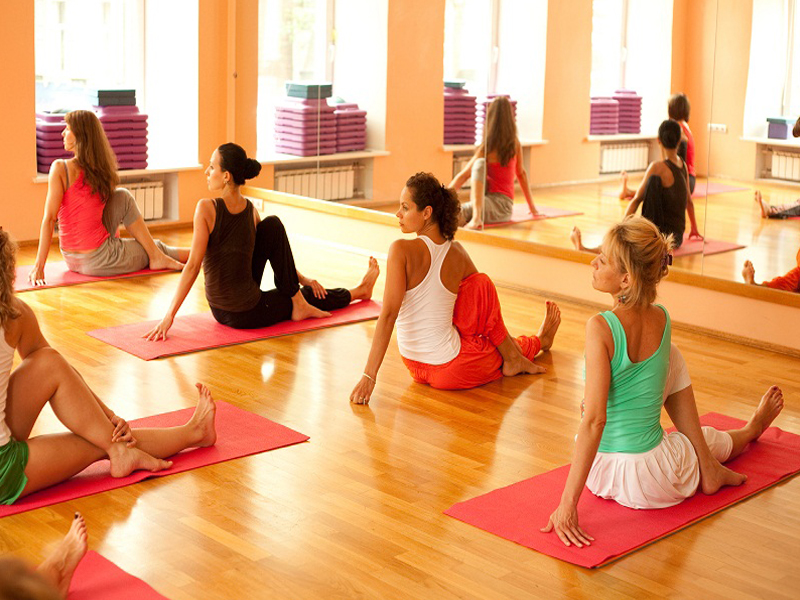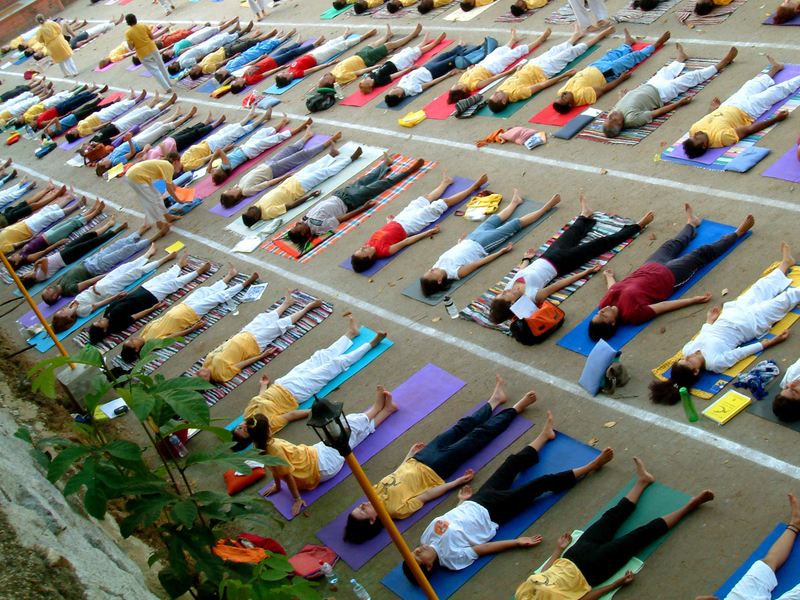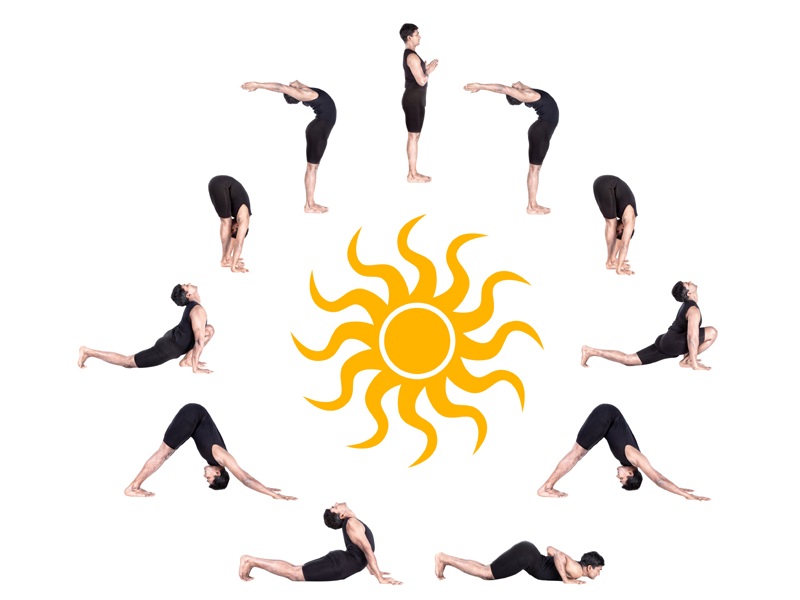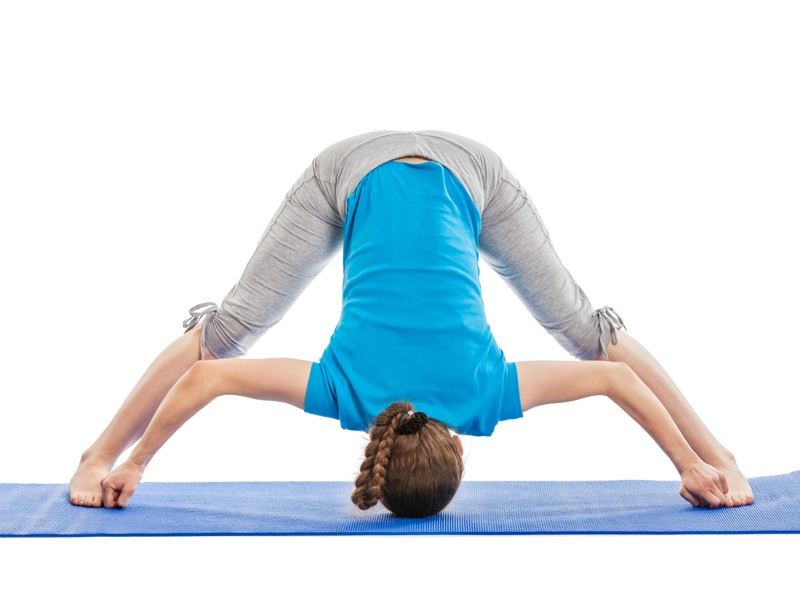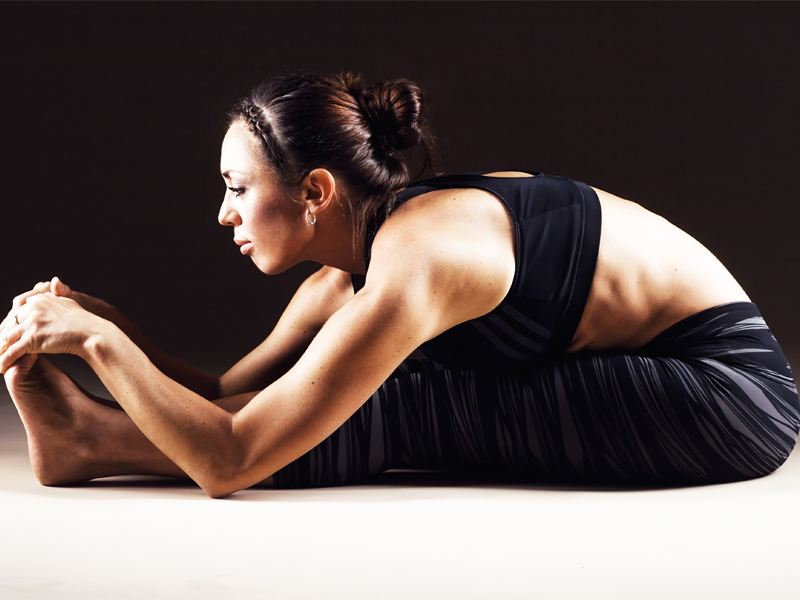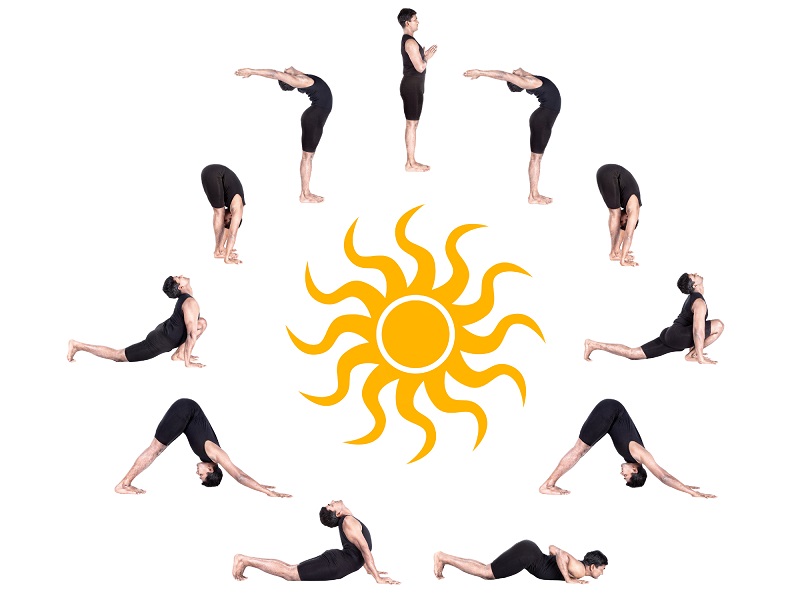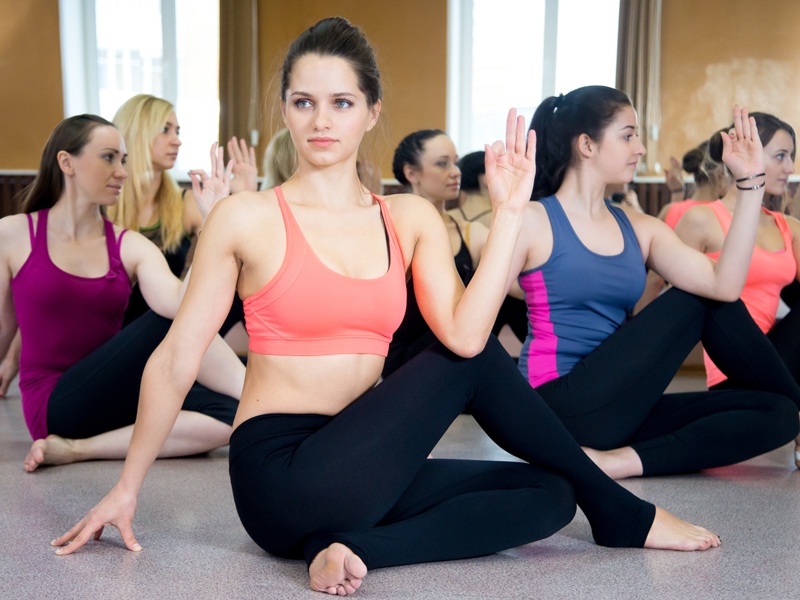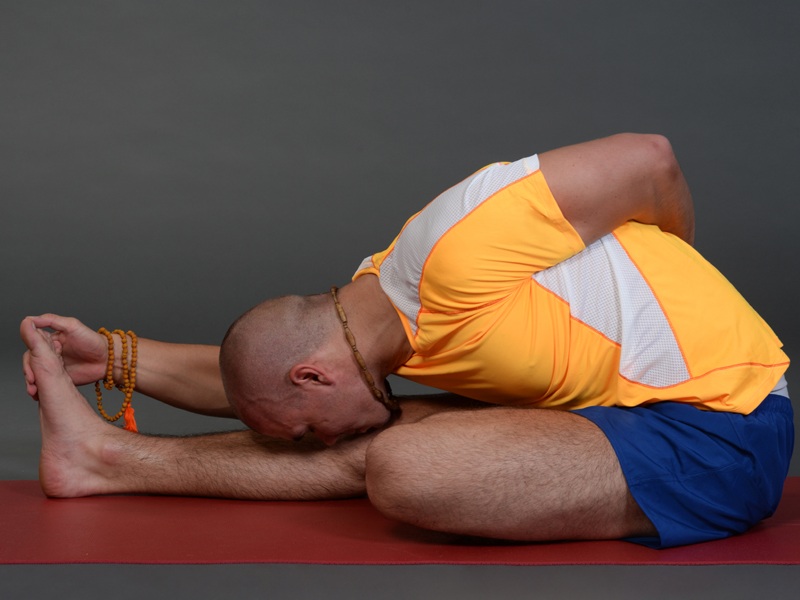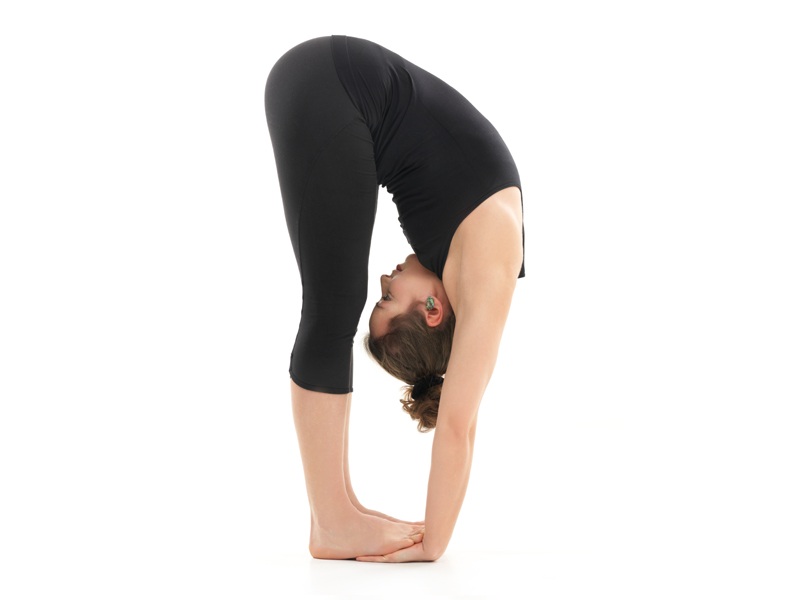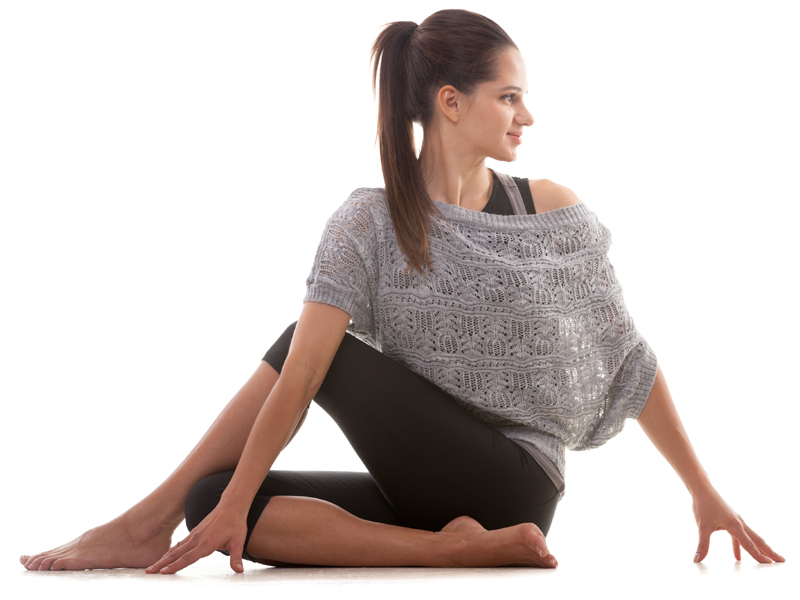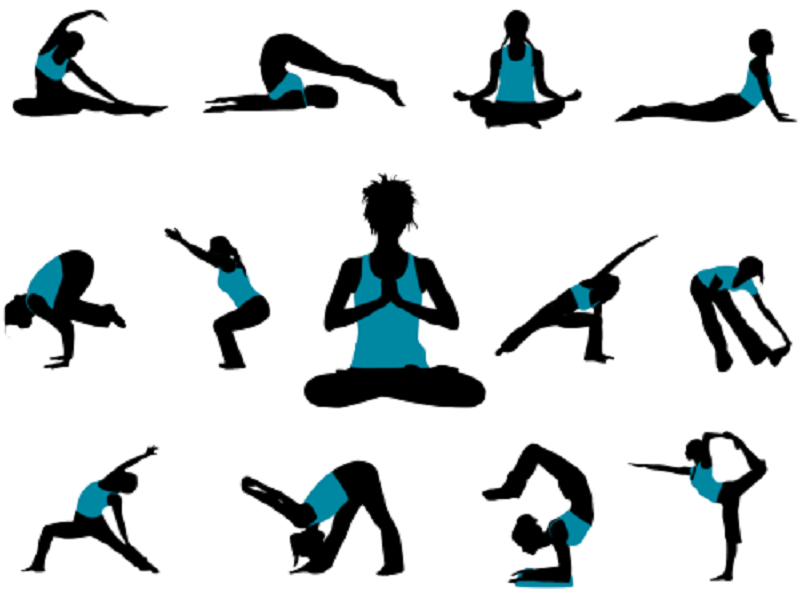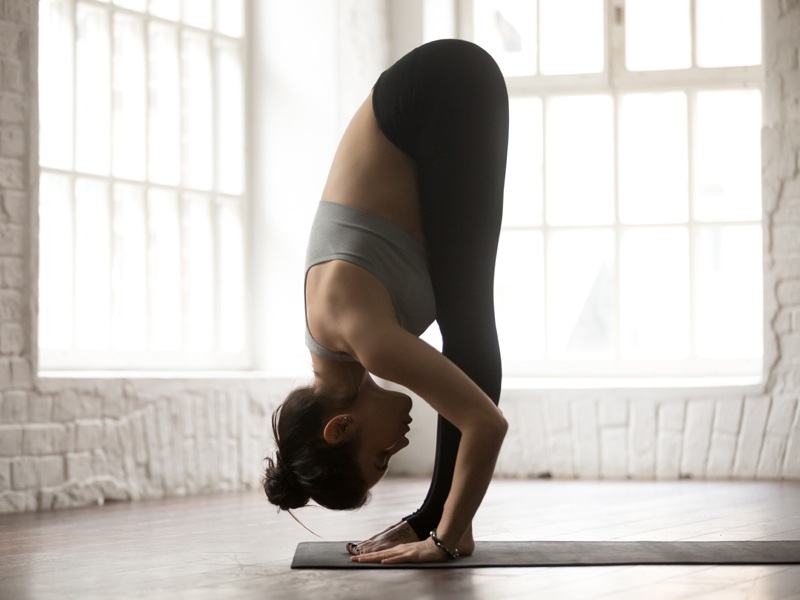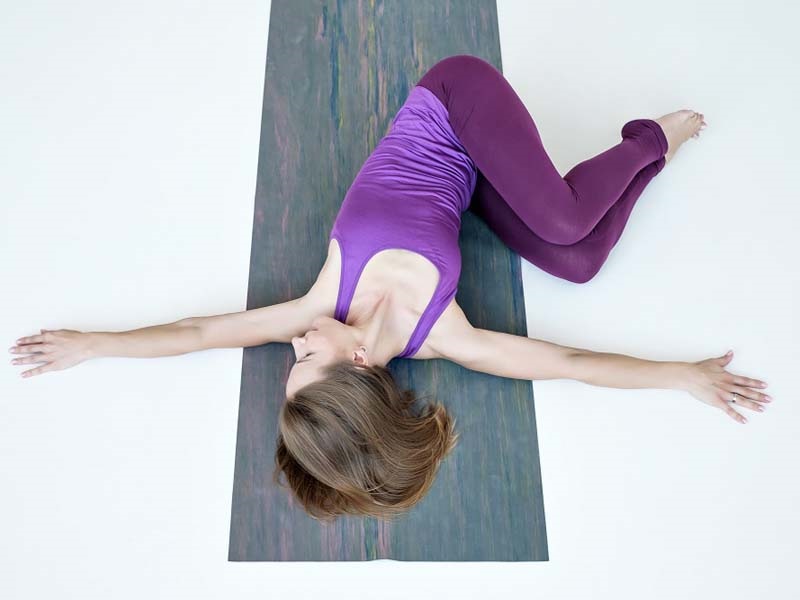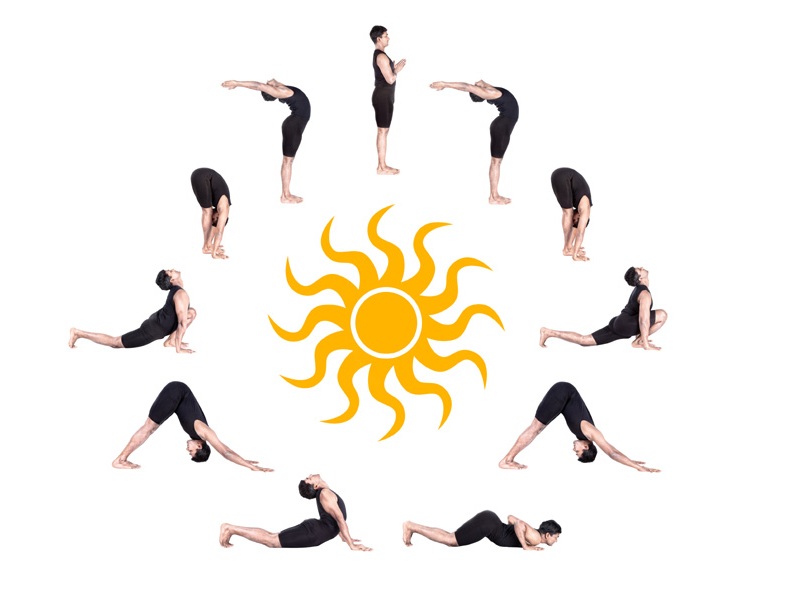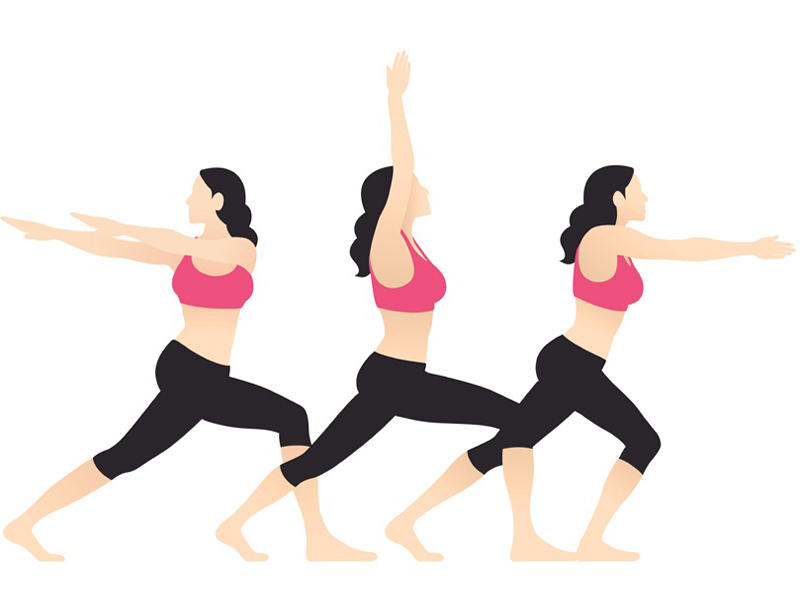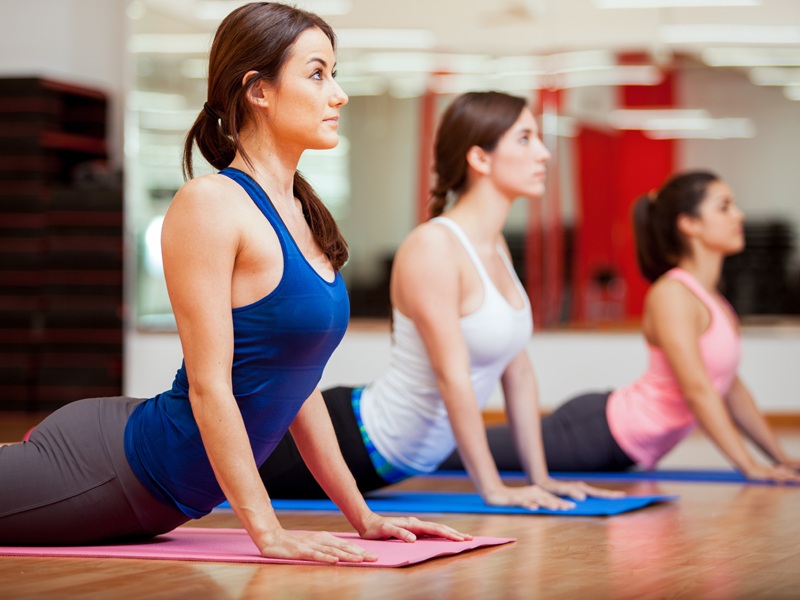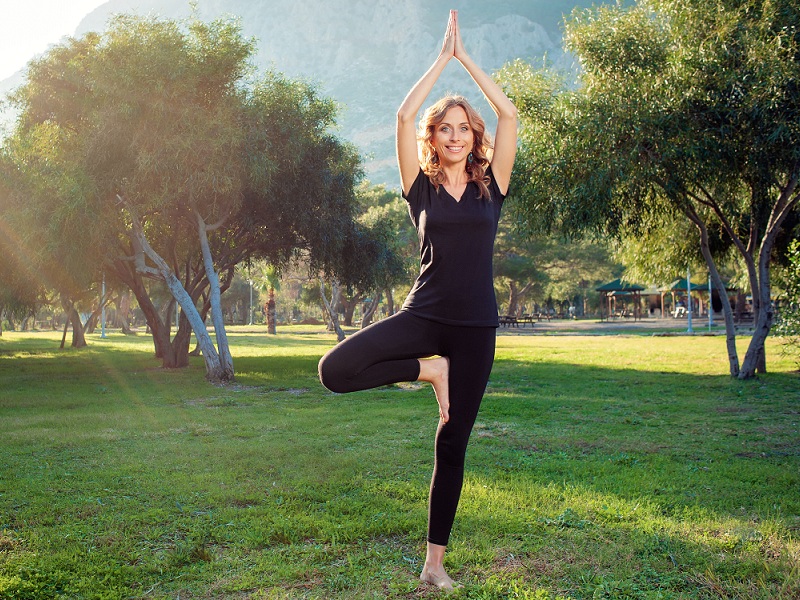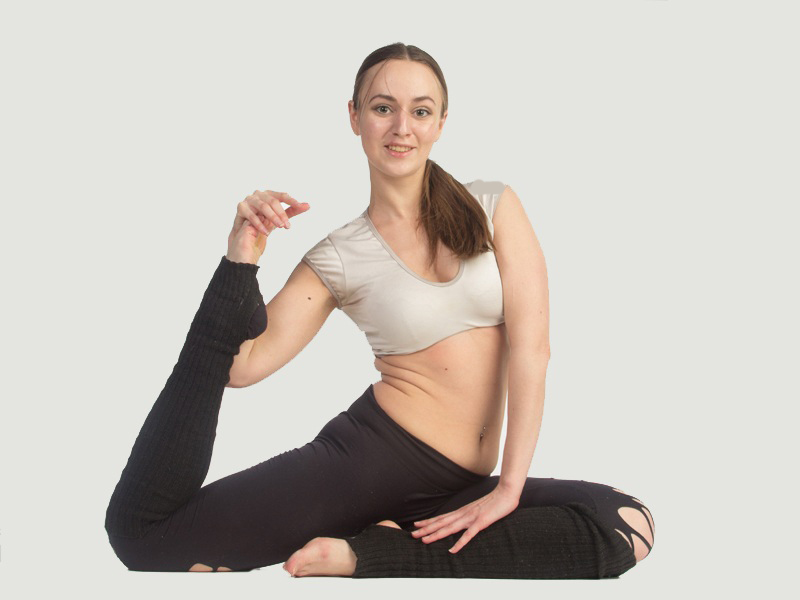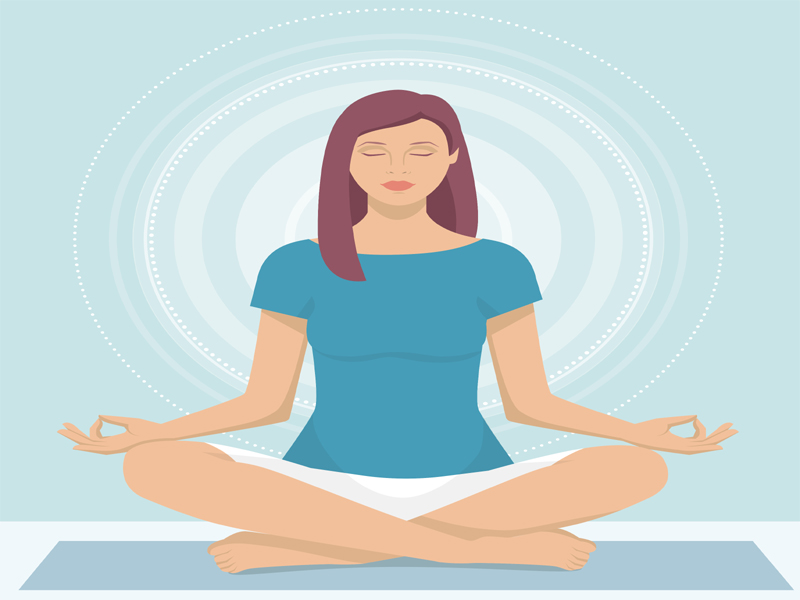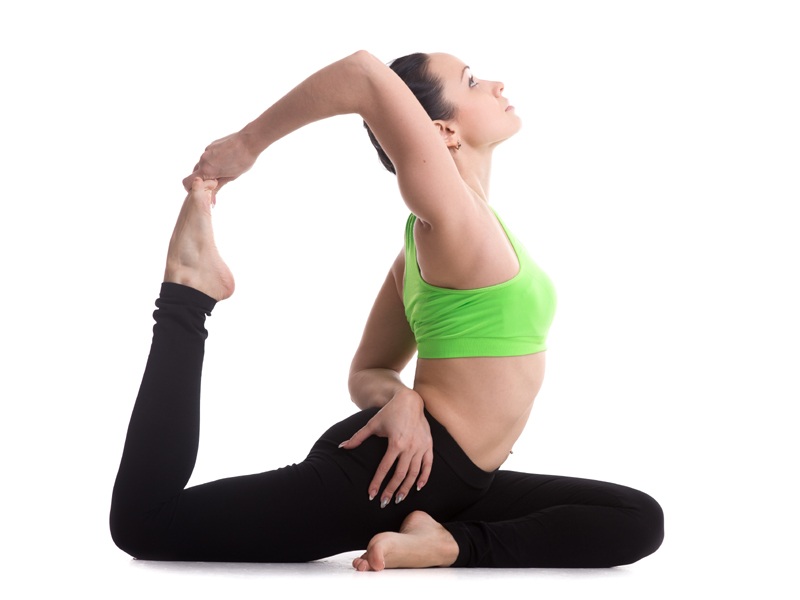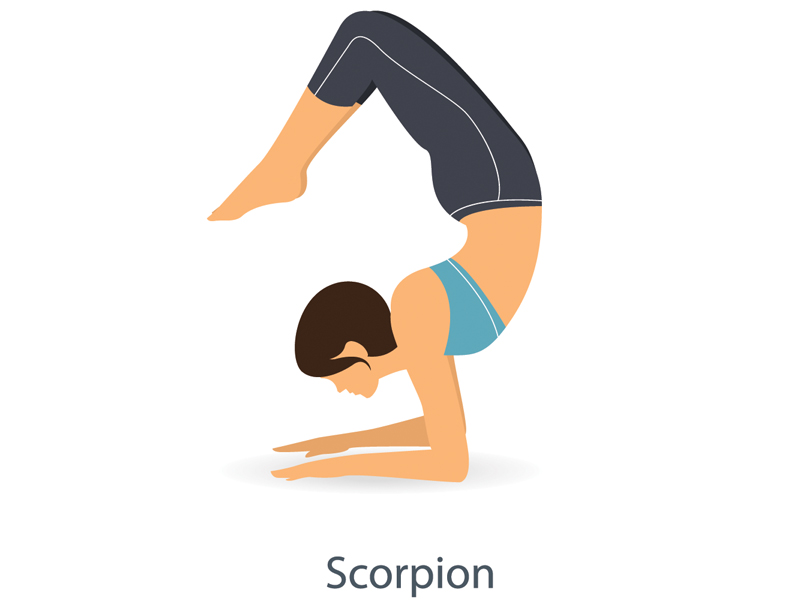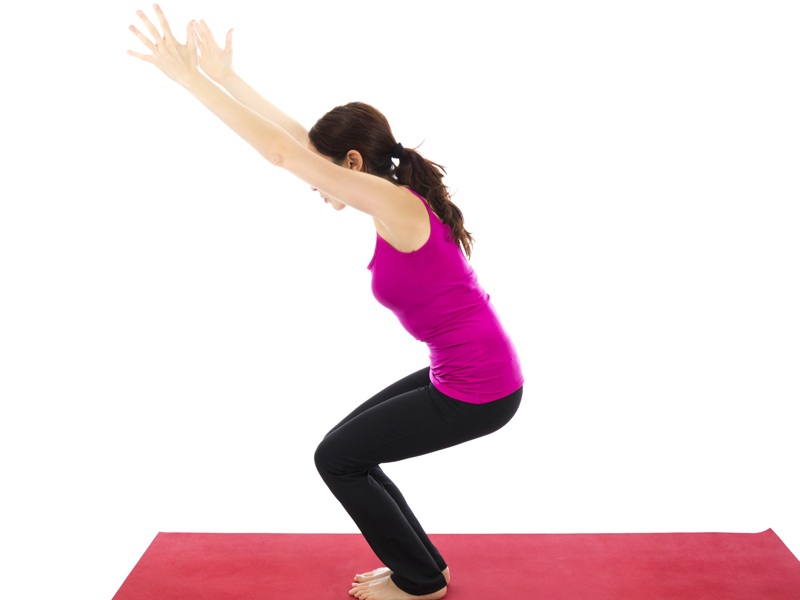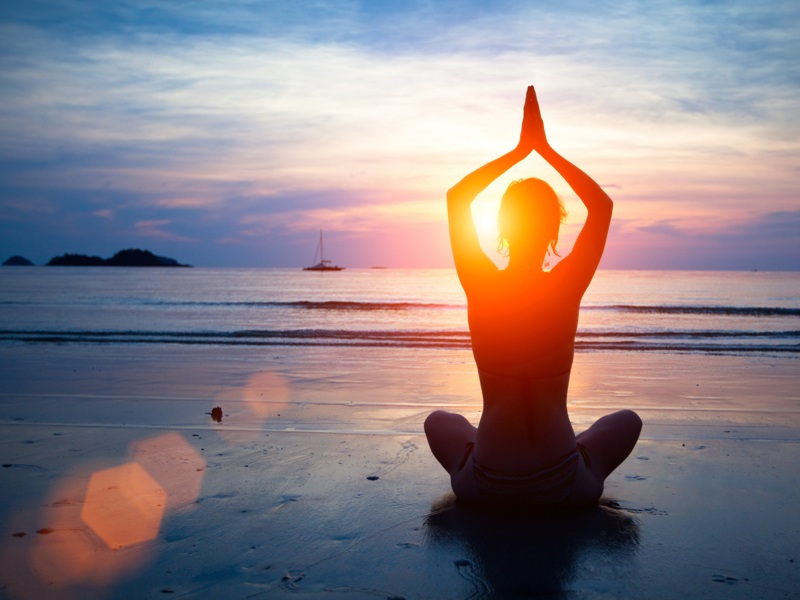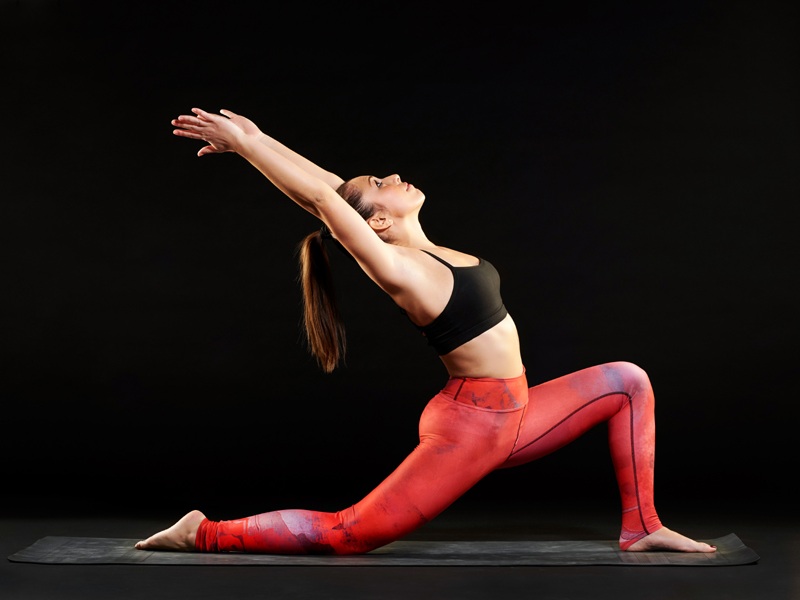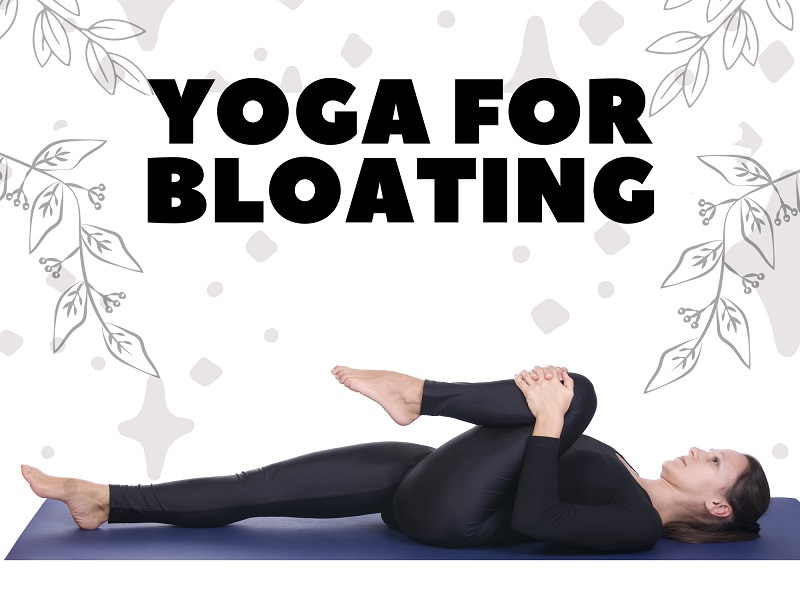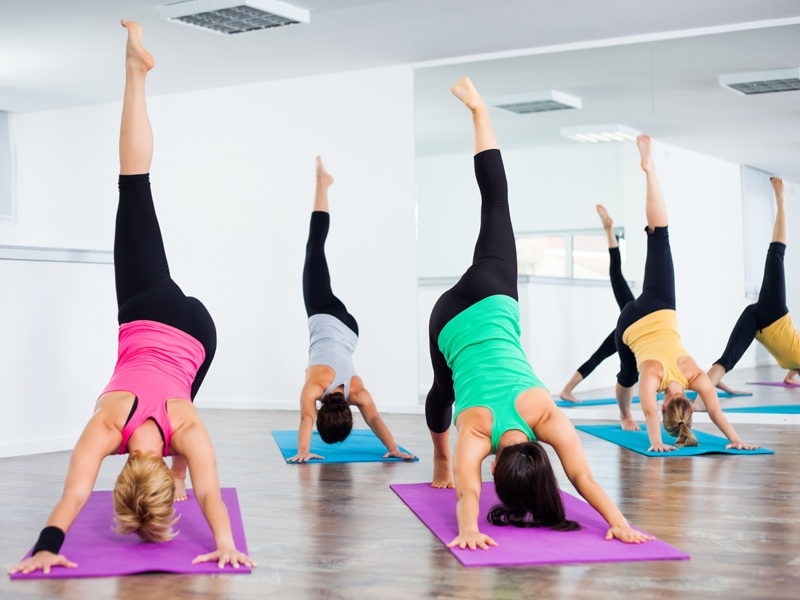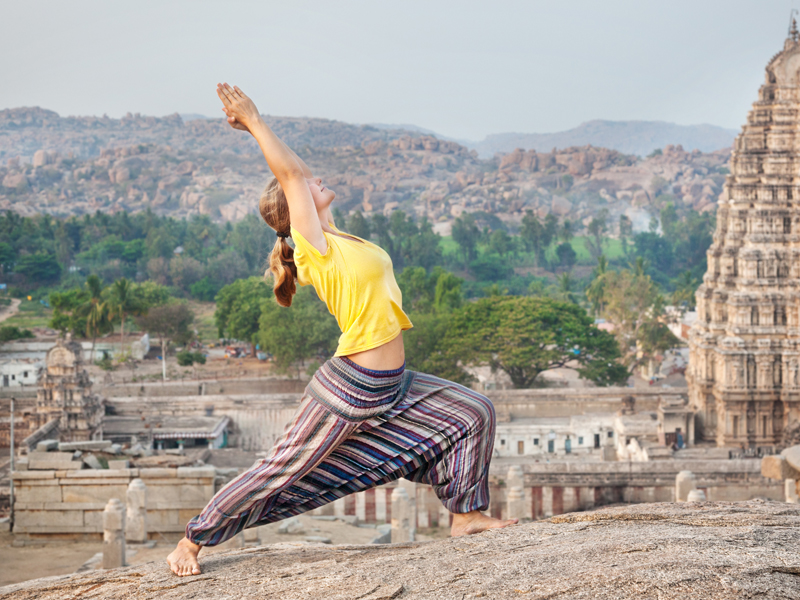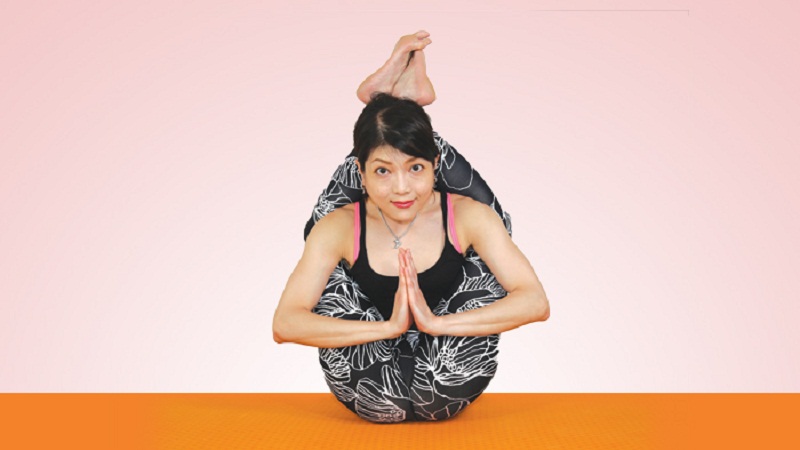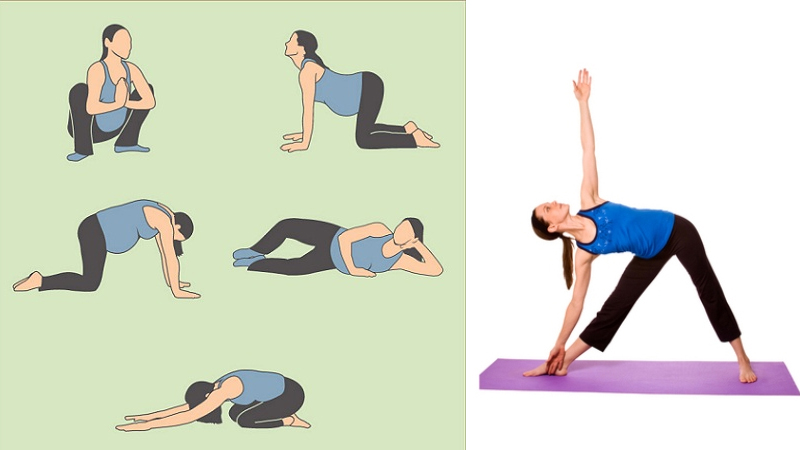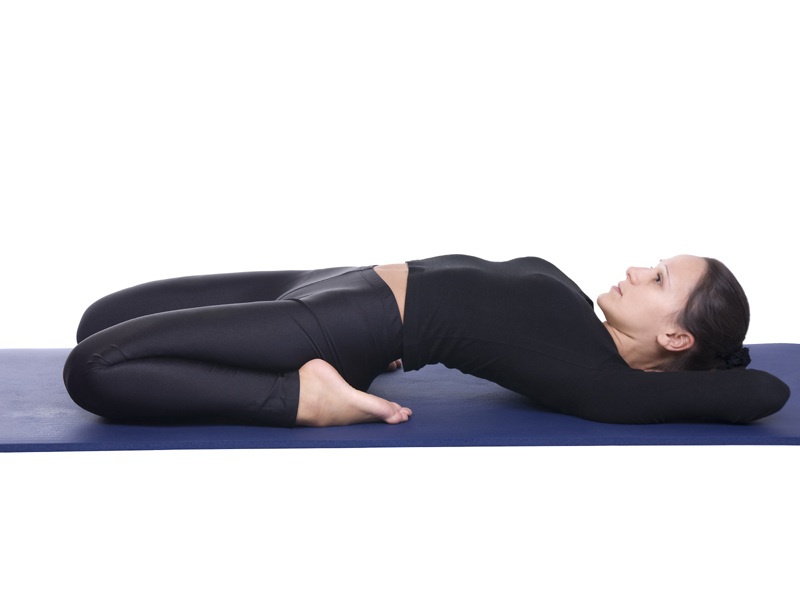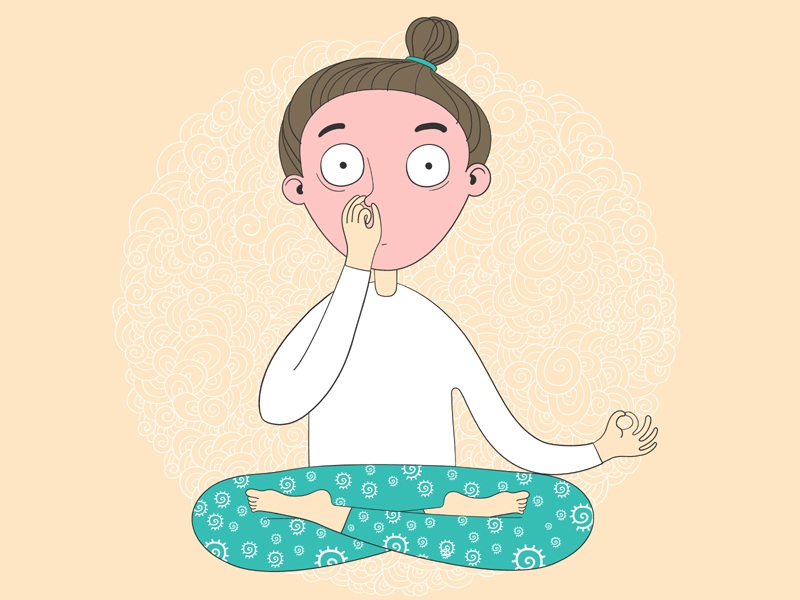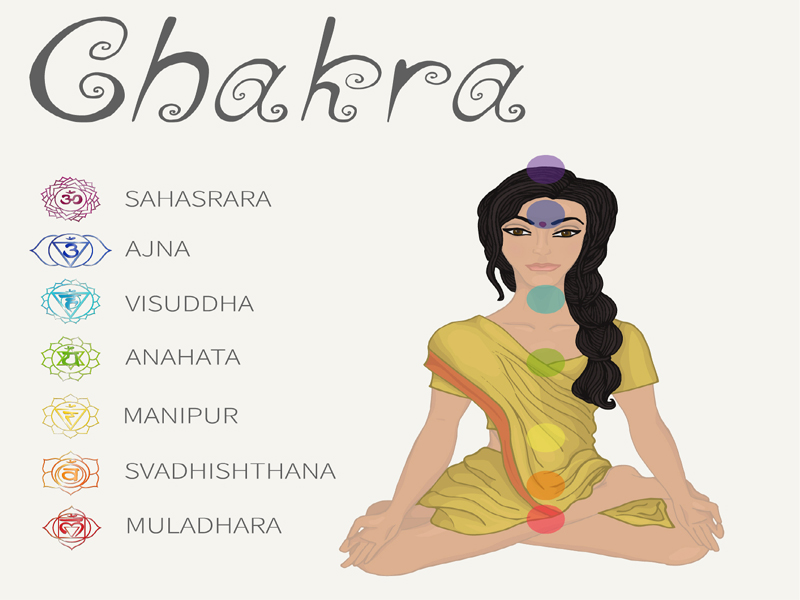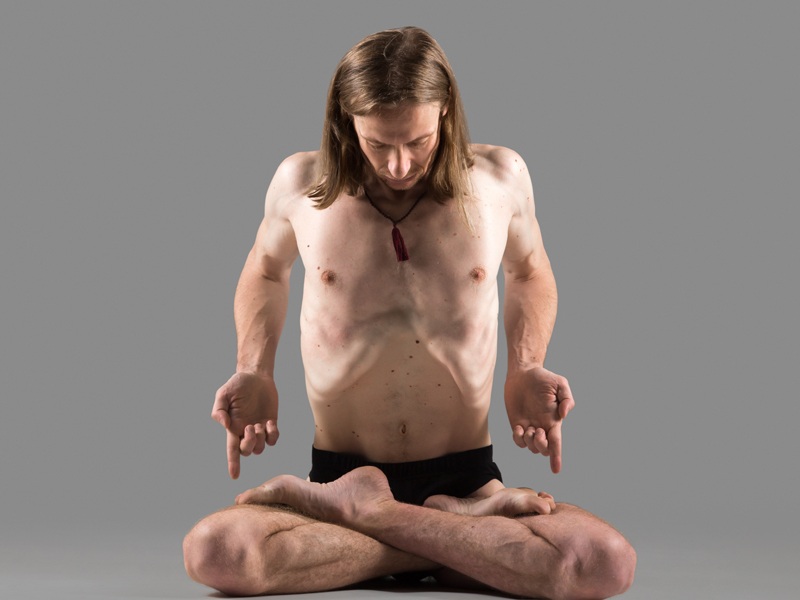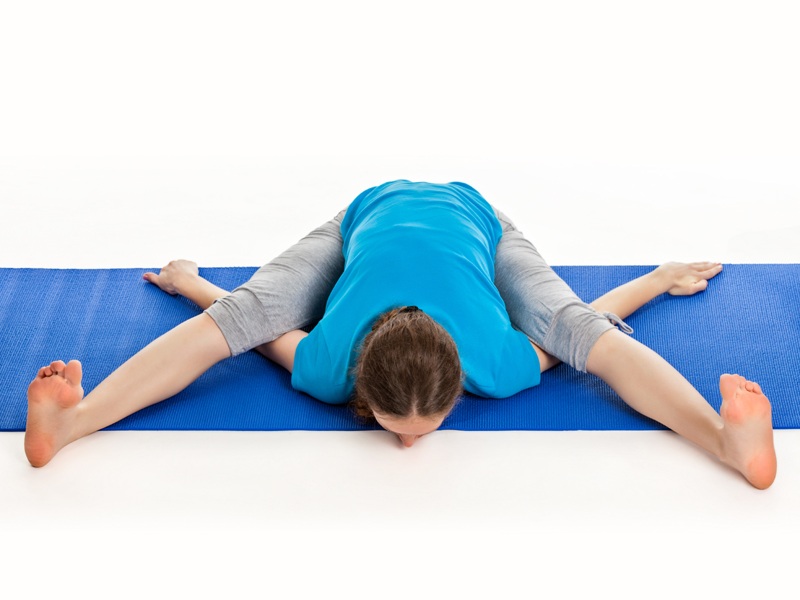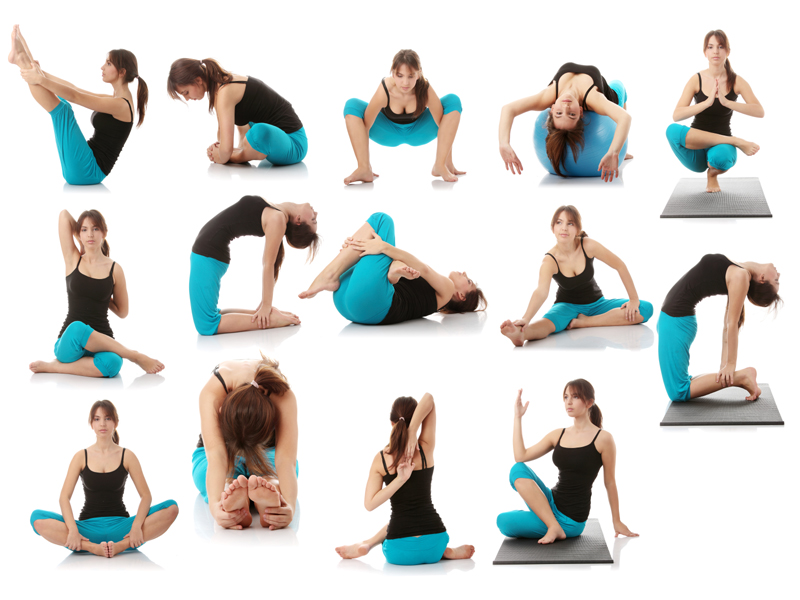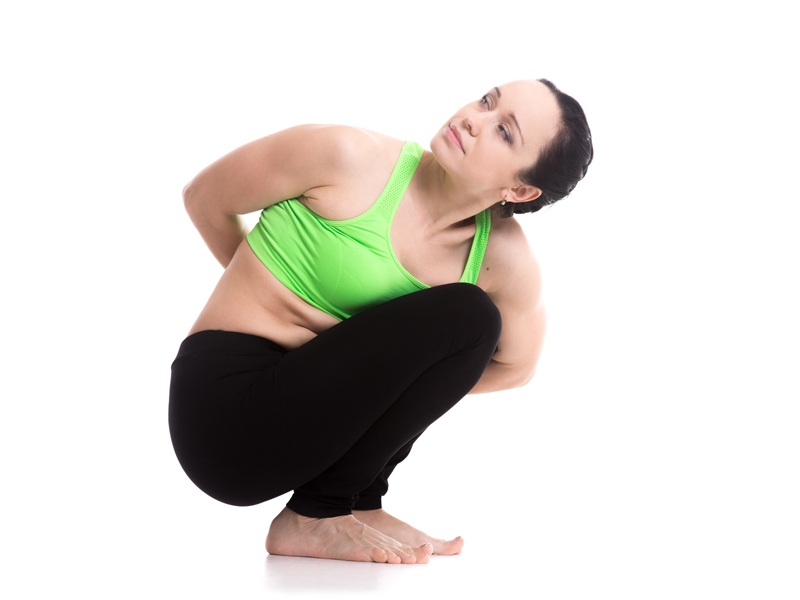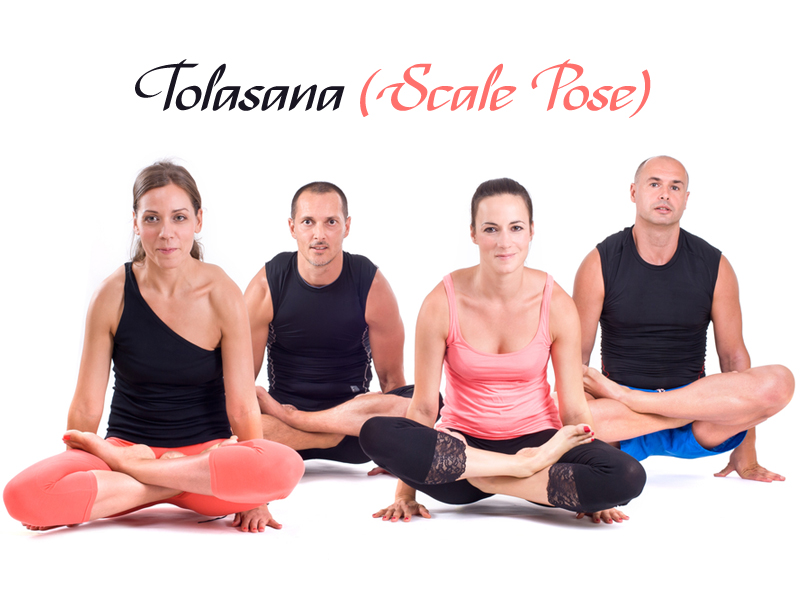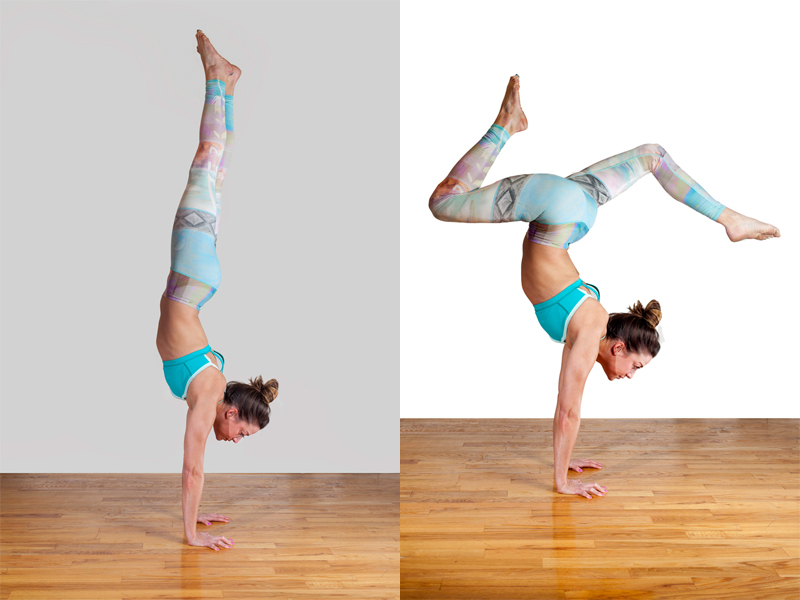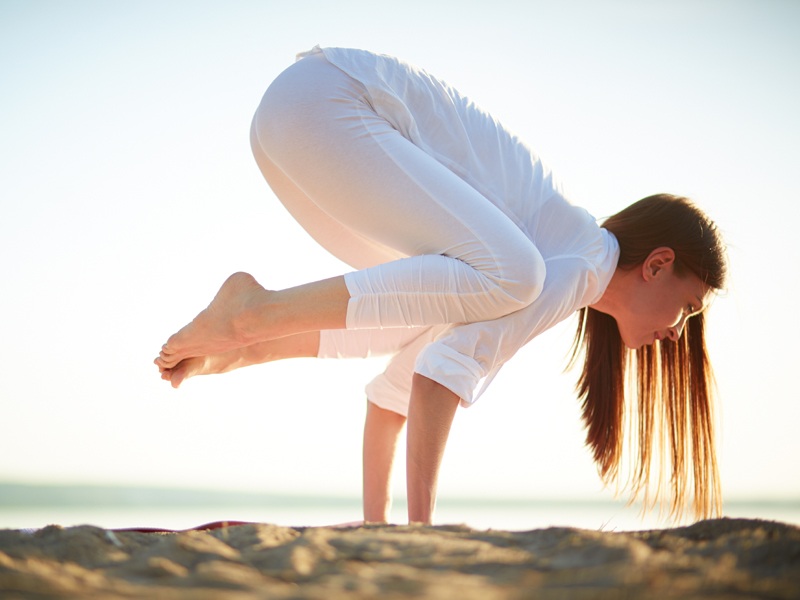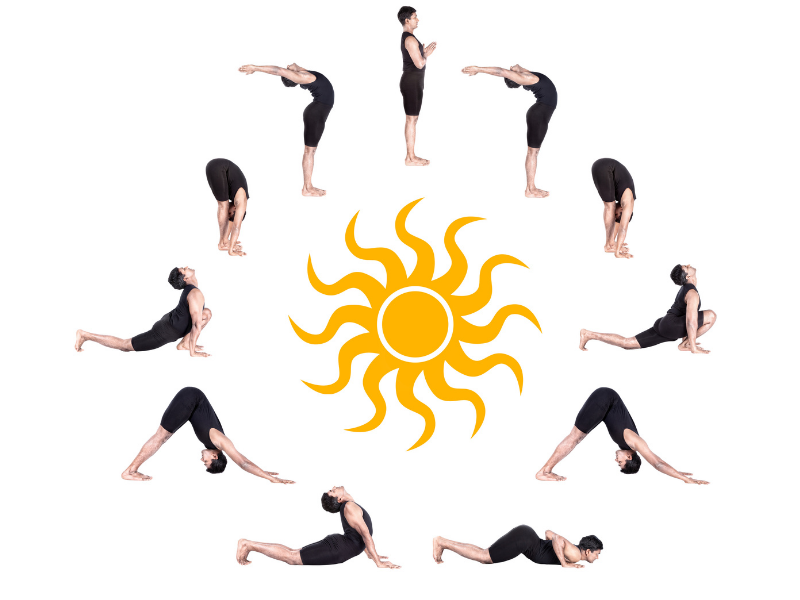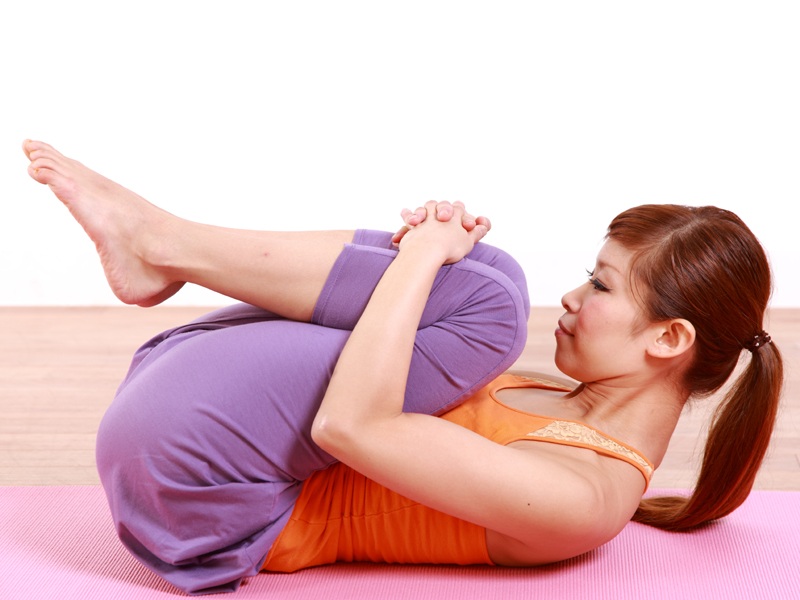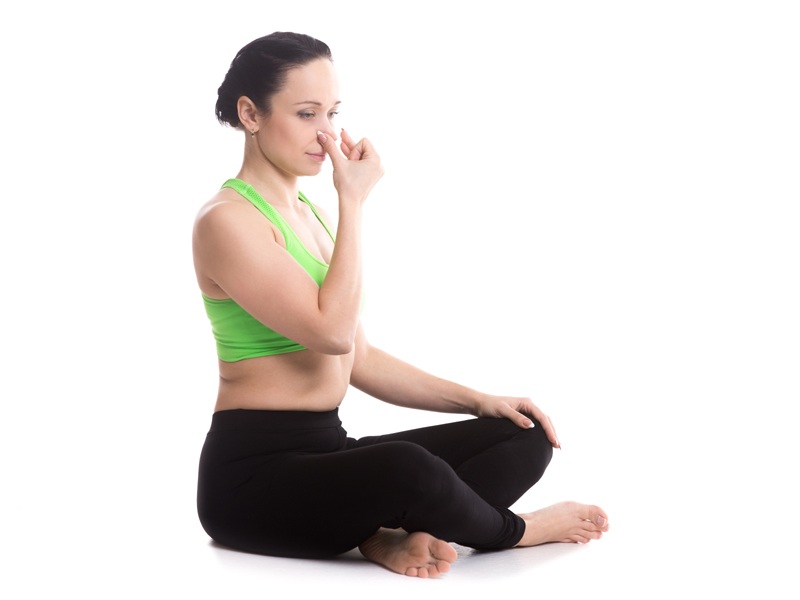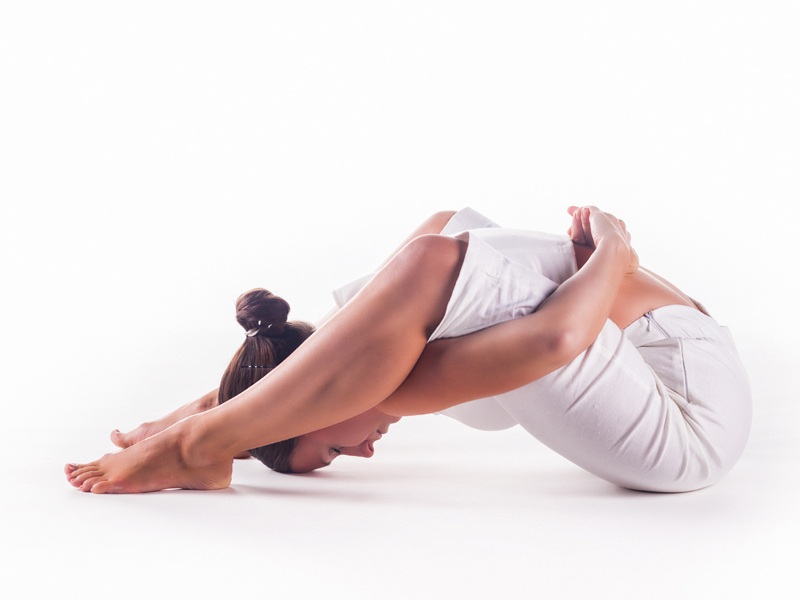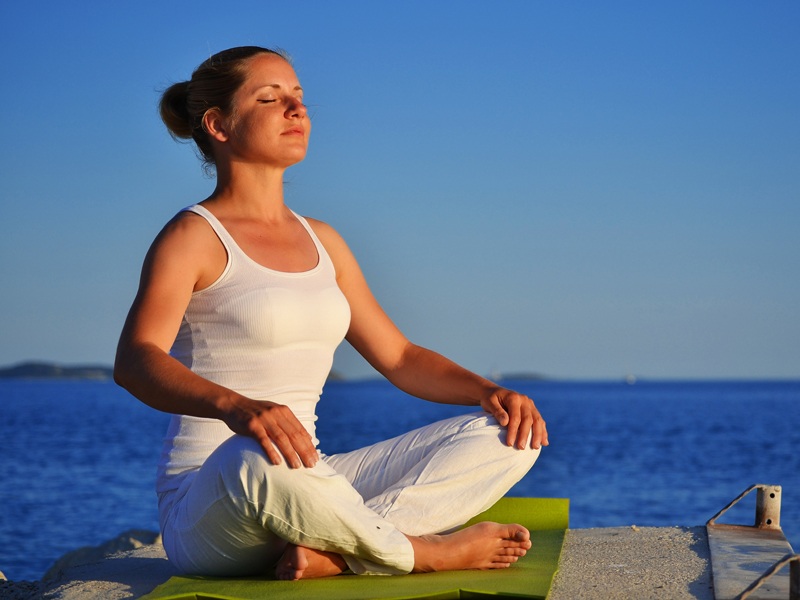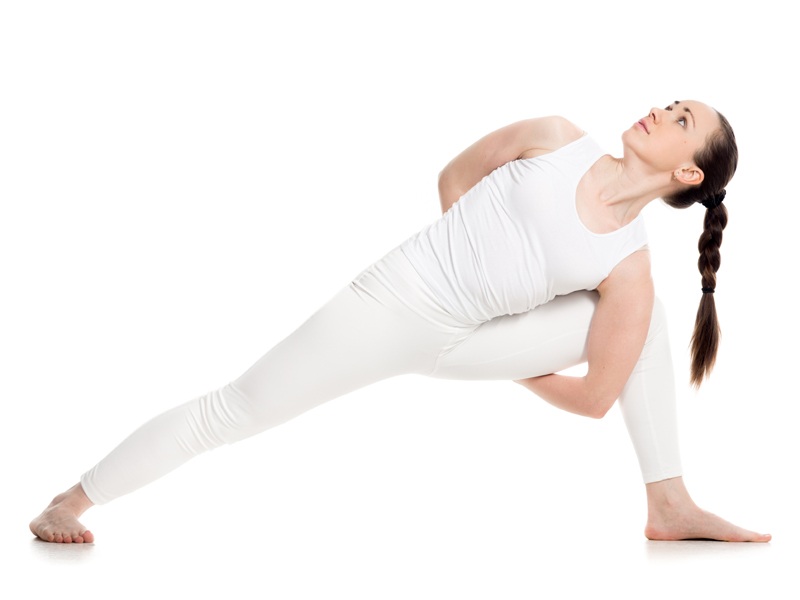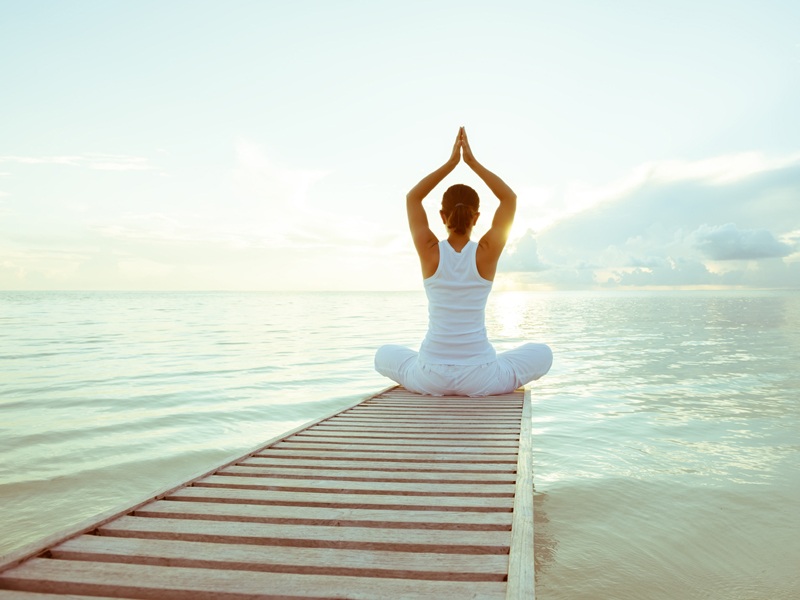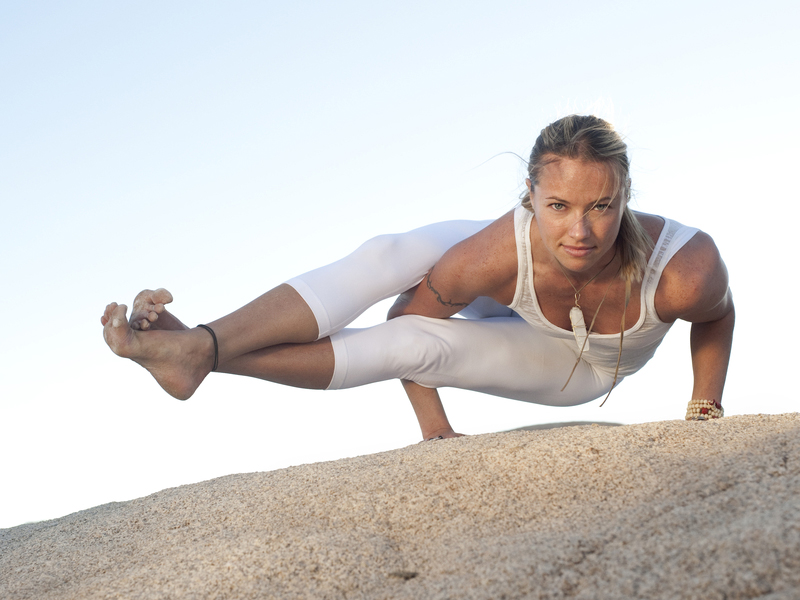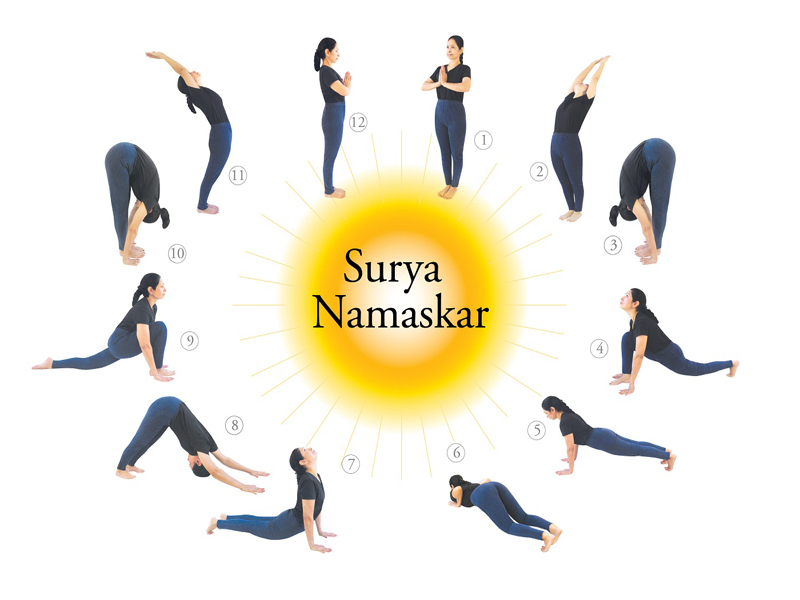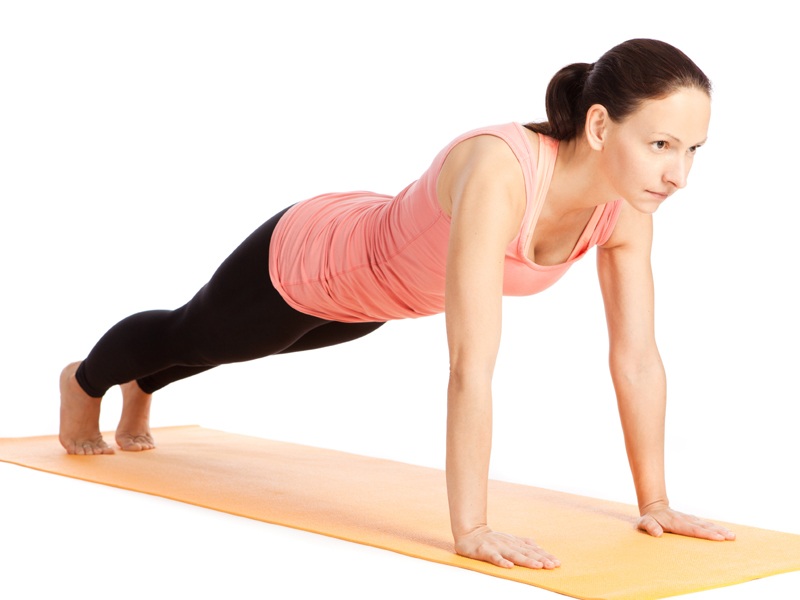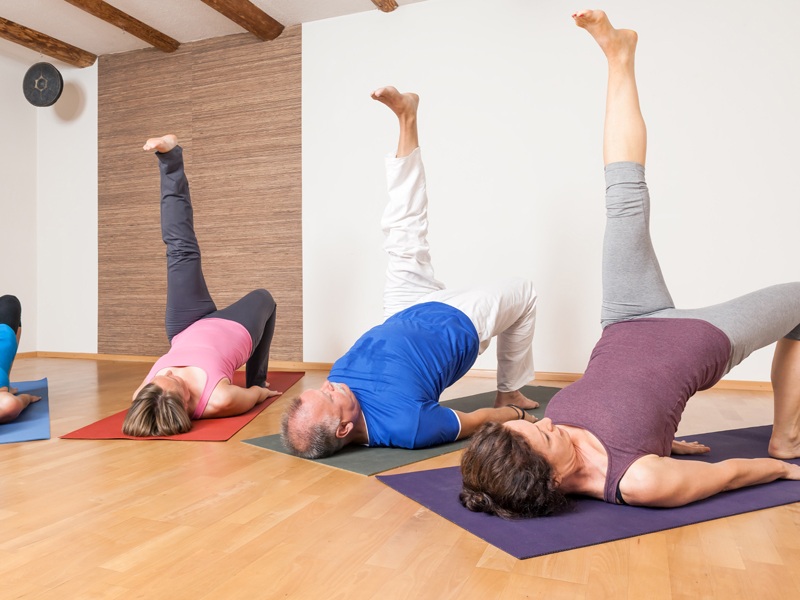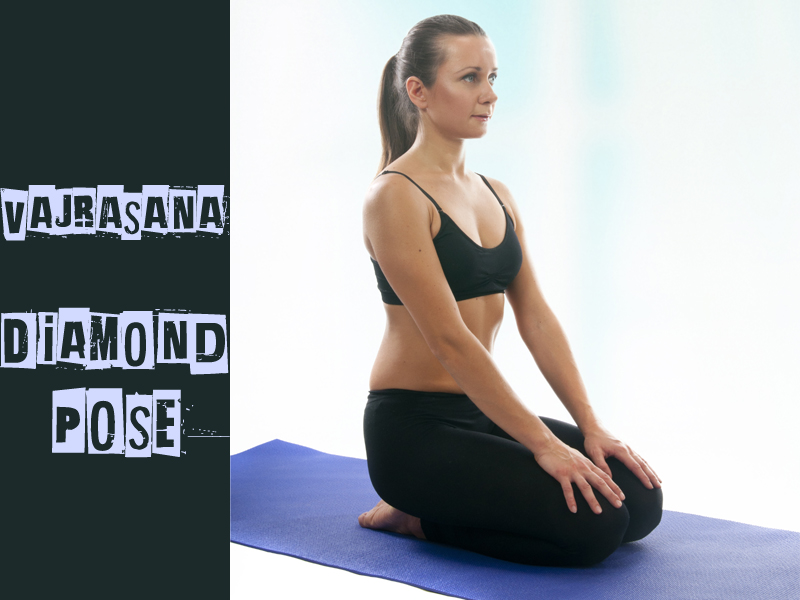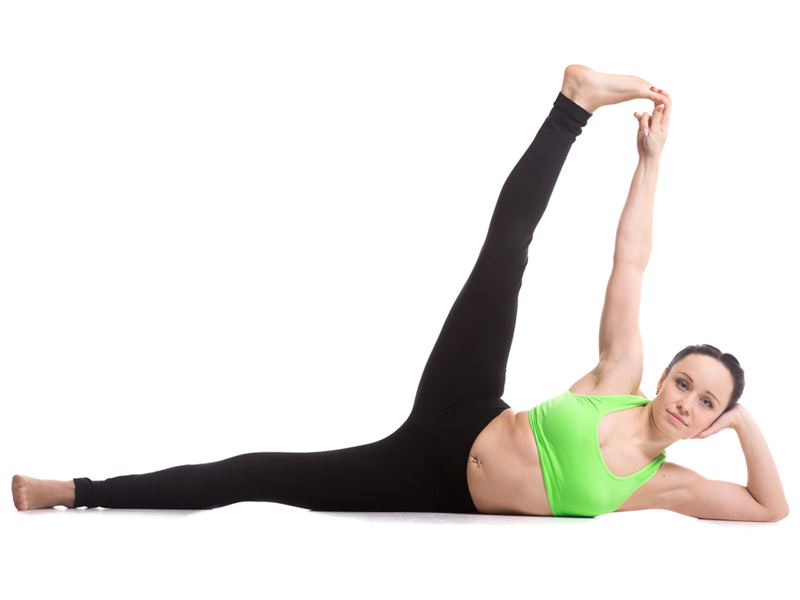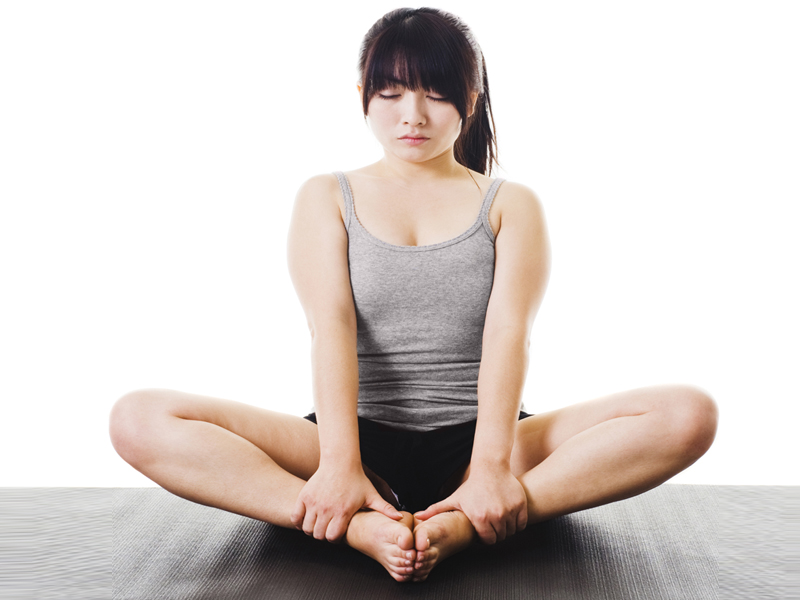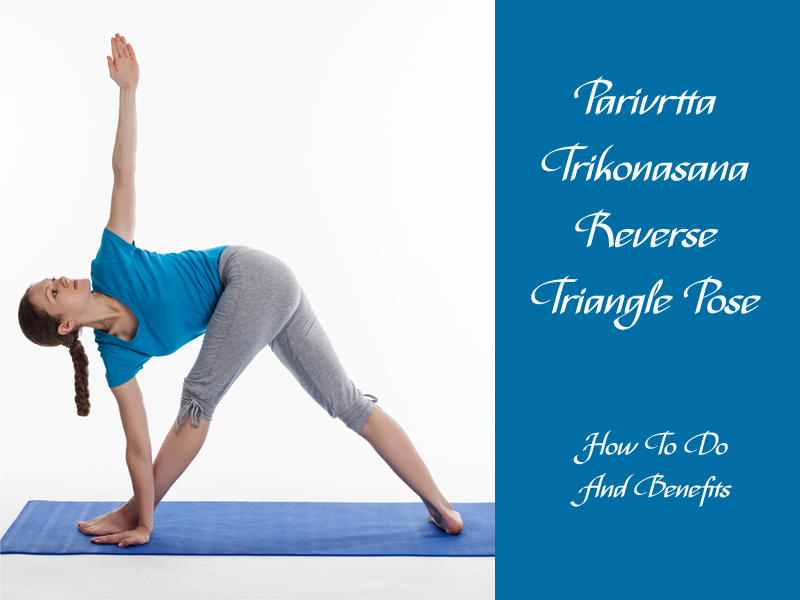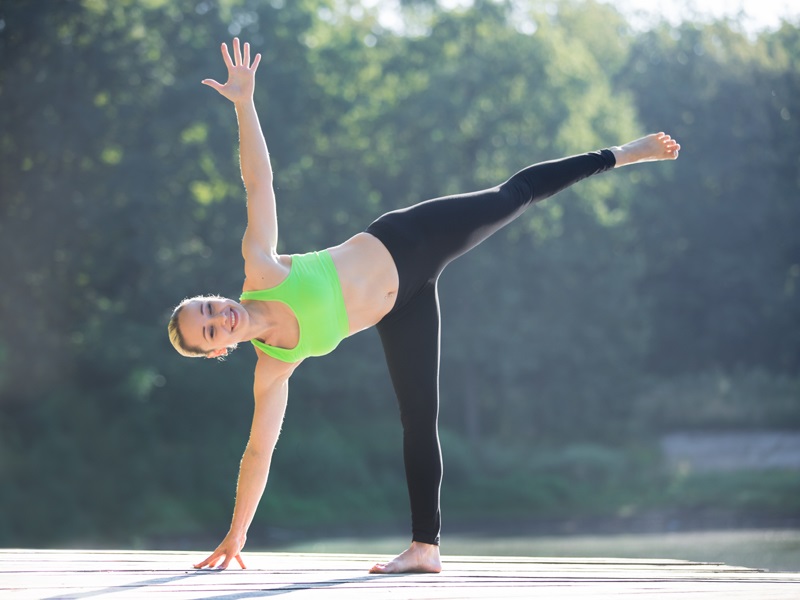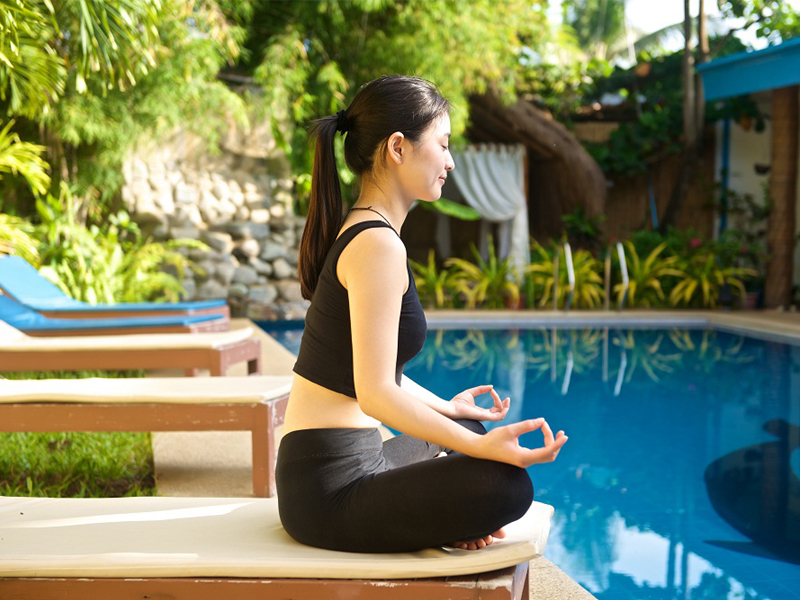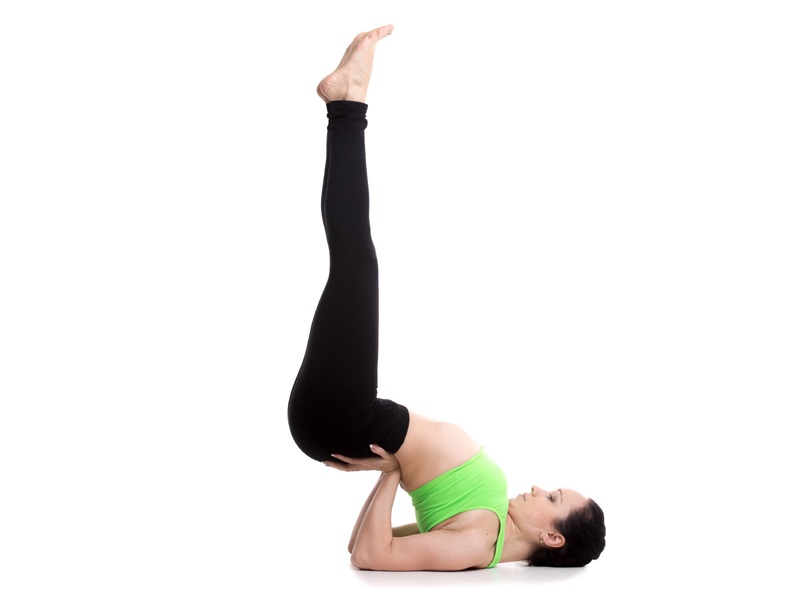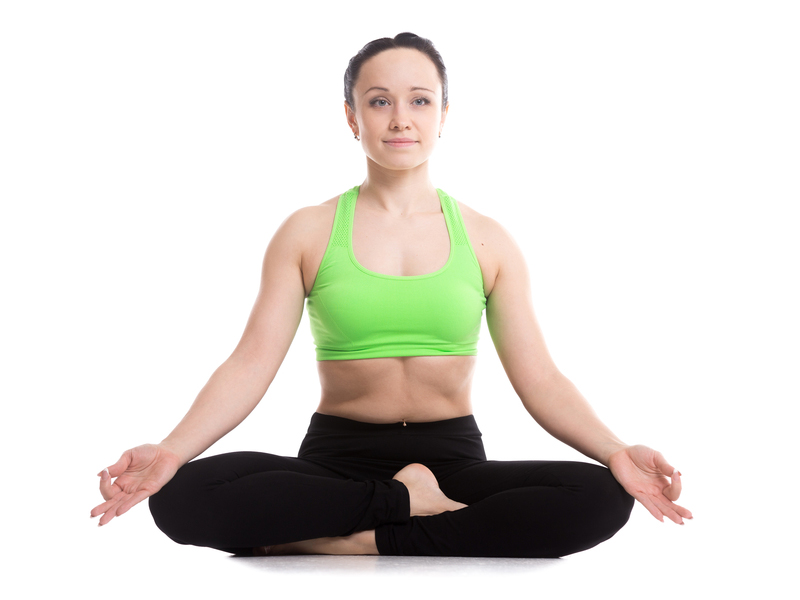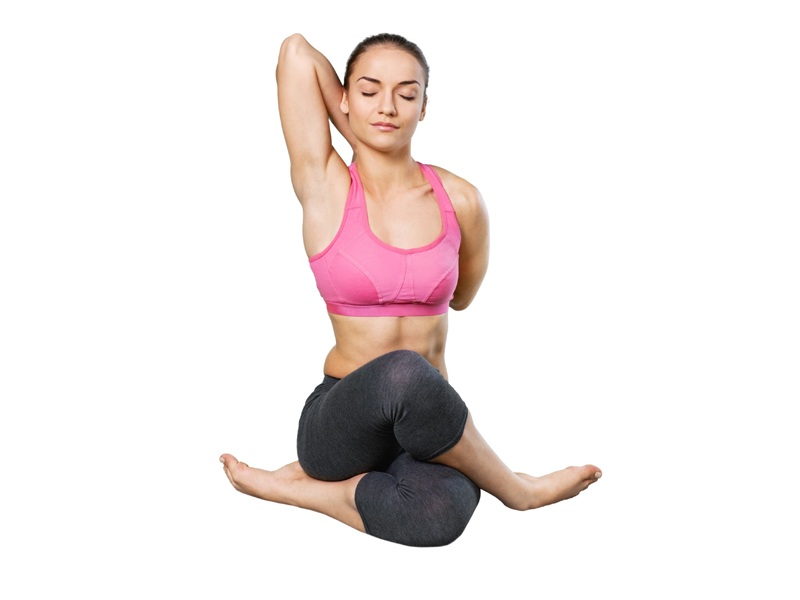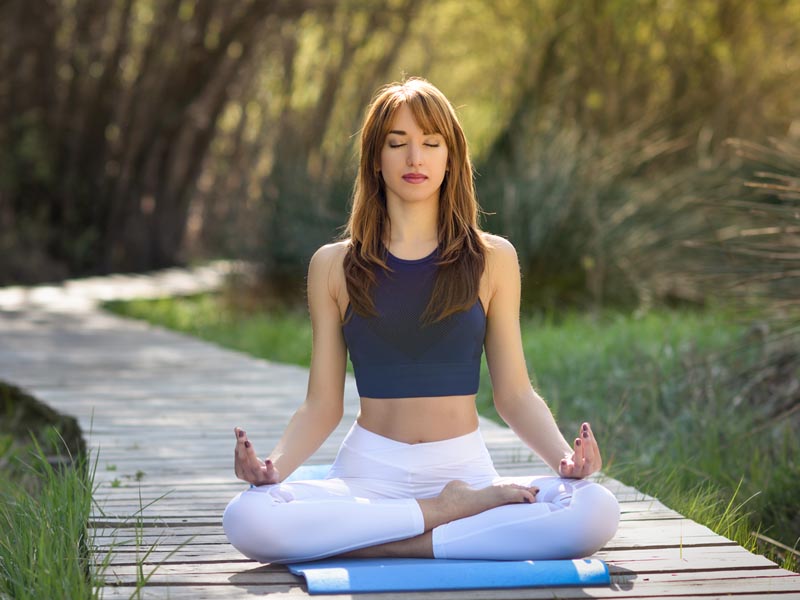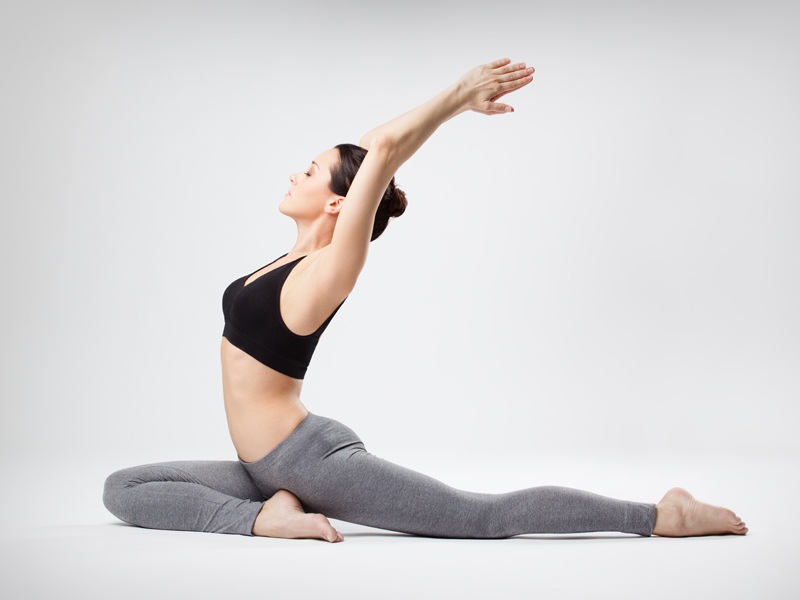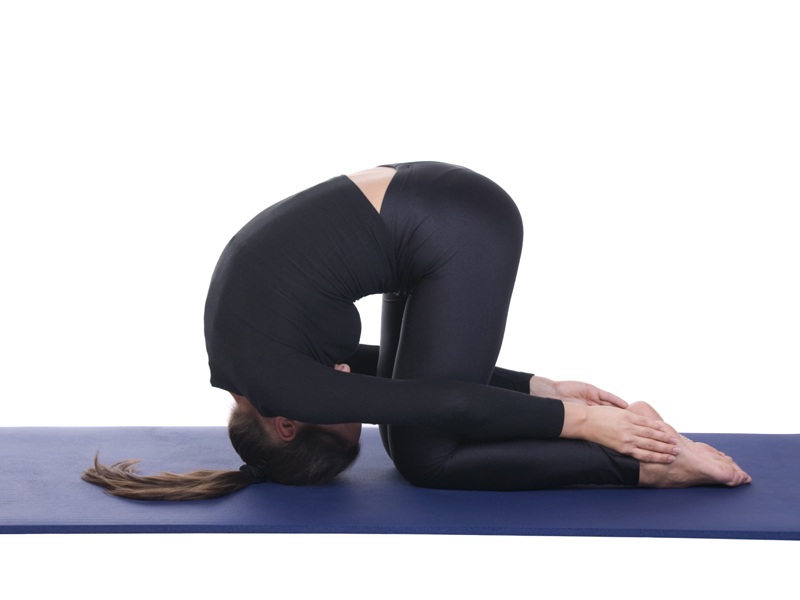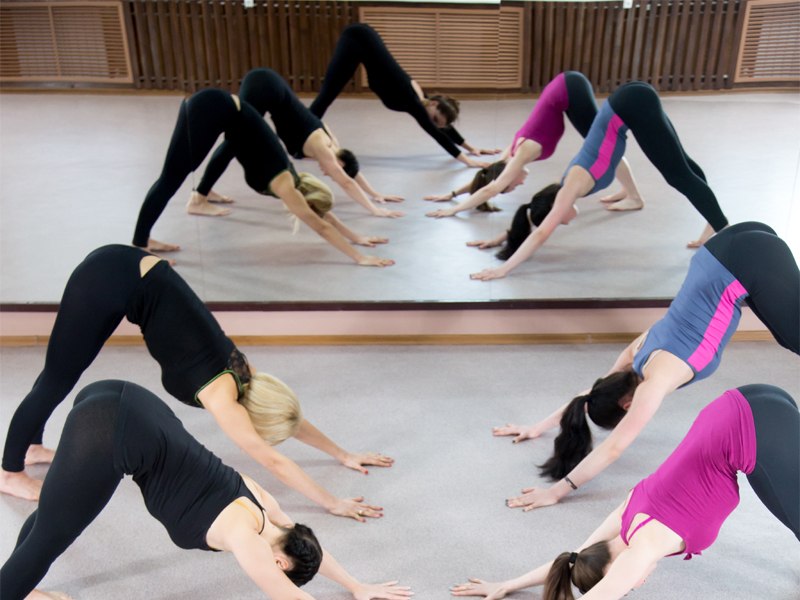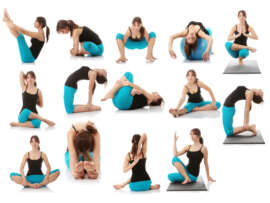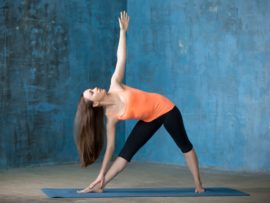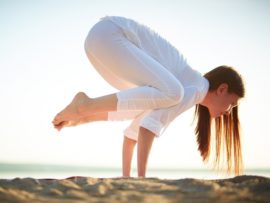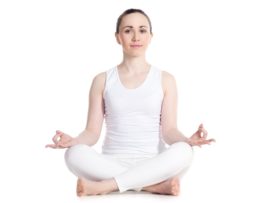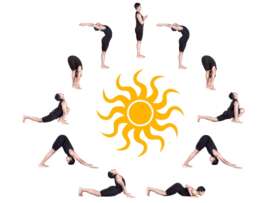The vigorous yoga poses and long holds are not meant for everyone. Rather it might take years to master the same. On the other hand, Yoga Nidra or yogic sleep is a simple meditation that can be practised and mastered by all. This simple technique is not only easy to master, but also has multifold benefits. While resting comfortably in Savasana, one can travel through the Pancha Maya Kosha of self and thus be filled with a feeling of wholesomeness. No more do you need to wait for years to practice and master the asanas to liberate yourself. Rather, by practising the Yoga Nidra Poses, you can release stress and anxiety and be filled with inner peace and consciousness almost immediately. In this article, we will guide you through the steps on how to do Yoga Nidra and also tell you about the various Yoga Nidra health benefits.
What is Yoga Nidra?
Yoga Nidra sleep meditation is the method of taking the body into a semi-conscious state, a state between sleeping and waking up. In this stage, the body of the person feels completely relaxed and free from anxieties and troubling thoughts. Yoga Nidra is performed under the guidance of an instructor. All the other senses of the body are withdrawn, with only one sense working to absorb the instructions of the guide.
Yoga Nidra for Beginners:
Before you begin to practice Yoga Nidra, it is essential to know certain aspects of it. Check out the below tips to know about how to do Yoga Nidra meditation.
1. Use a Peaceful Location:
Yoga in any form can never be practised in a noisy or overcrowded area, especially Nidra yoga. Therefore, before you make up your mind to practice Yoga Nidra, you must choose a location that allows you to practice this wonderful art without experiencing any kind of disturbance. It is best to practice this in your veranda or balcony early in the morning. It helps you experience the beauty of the world and also teach you to appreciate it. If this option is not feasible for you, then you can also use a dark and evacuated room. There is nothing like doing yoga Nidra for anxiety controlling.
[See More: Yoga Therapy]
2. Keep Your Stomach Empty:
You cannot do any exercise with a full stomach. This will bloat you up and make you feel lethargic. Even though Yoga Nidra is all about calming and relaxing, you should be able to grasp this as it comes. If you miss out on this feeling, you will not be able to understand the true meaning or importance of Yoga Nidra. Therefore, we suggest you keep your stomach empty before doing this. Make sure there is a 2 to 3-hour gap between your meals.
3. Keep Yourself Cosy:
You have to keep yourself cosy and warm to make full use of this session. Take your best blanket and cover yourself from head to foot. After the session of yoga postures, your body shall be hot, and when you lie down for the Nidra, you will notice that the temperature has suddenly dropped and your body starts to feel cold. To avoid feeling like this, we advise you to keep a blanket close to you. You can also place a thin and soft pillow under your head so that you are comfortable and relaxed throughout.
4. Be an Observer:
The next thing you need to do is become a keen observer. Observe every single sensation in your body and relax as much as you can. Spend some time in peace and tranquillity and try to make use of the peaceful atmosphere around you. This will help your body be aware of your surroundings. You can also turn towards your right side and lie there for a few more minutes. Remember to take your time. This Yoga Nidra practise is not about hurrying at all. It is all about experiencing joy in the world around you and feels a sense of peace from within.
5. Conscious Relaxation:
Yoga Nidra is not about making conscious efforts but about conscious relaxation. Let’s take an example to understand this. The moment you hear the word ball, the image of a ball comes to your mind. You do not need to make an effort to think about its shape or features. The same things happen when you are doing Nidra Yoga. You do not have to concentrate on your legs or hands or touch your nose in order to feel a sensation. You do not have to move your body parts either. Pay a little attention to them and take a couple of deep breaths.
6. You Could Use Some Music:
To make Yoga Nidra an effective process, you can make use of some good and gentle music. You could try some soft instrumentals. This will soothe your senses and rejuvenate you from within. You will feel light, relaxed, and very fresh. Since yoga is an essential element of one’s life, you will surely find yourself relaxing to the tunes and rhythms of the ever beautiful and soft classical music.
7. Keep Sufficient Time:
To practice anything regularly, you have to make sufficient time for it. By this, we mean that you should save a particular time of the day for yourself where you can practice Yoga Nidra. There should also be a short gap between your yoga postures and nidra. This is the time you should spend on relaxing yourself and feeling the beauty of the world from within.
[See More: Yoga Tips For Beginners]
8. It Is Natural to Get Distracted:
It is a very natural thing to get distracted when you are practising Yoga Nidra, but there is no need for you to curb them. If you fell asleep during the entire process, do not feel guilty once you wake up. This is all a process of learning.
How to Practice Yoga Nidra?
To be able to do yoga Nidra for sleep, you first have to perform certain yoga postures. Check out the following Yoga Nidra Steps:
- Lie down straight on your back and do the corpse pose.
- Start by taking your attention to the right foot.
- Keep yourself focused on it for a couple of seconds.
- Relax your foot at the same time.
- You can also gently move up your attention to the right knee, thighs, and hips. Be aware of your whole right leg and repeat this process as long as you can.
- Similarly, take your attention to all parts of your body.
- This includes the navel region, chest, shoulders, stomach, and right arm.
- Be aware of your whole left leg and repeat the whole procedure.
- Now relax and let your body breathe for a few minutes.
- Take a few breaths in and exhale outside.
- Remember to slow down during the entire procedure since this is all about experiencing peace and calm of the world around you.
- If you feel a little discomfort, you may elevate your legs a little higher.
- This will make things slightly easier for you.
Yoga Nidra Benefits:
Yoga Nidra is a wonderful way to relax your body. There are plenty of benefits of yoga Nidra meditation. Few of which yoga nidra benefits are listed here:
- Yoga Nidra is a technique that can be practised and mastered by everyone. There is no age constraint nor any physical, emotional, mental, or spiritual limitation in practising this technique.
- One can experience a relaxed body and mind. Practice Yoga Nidra for healing the mind and the body naturally.
- It can alleviate stress and make you feel better.
- Practice Yoga Nidra for deep sleep and calm the nervous system.
- It can release long-standing emotions in the body.
- There can be increased self-awareness.
- One can find inner peace and overcome negativity.
- The best part of Yoga Nidra is there is no way you can go wrong or do it incorrectly.
- It can easily fit in your daily routine.
- It is an opportunity to learn about your inner self and your true nature.
- Long-held emotions can be quickly released by practising Yoga Nidra.
[See More: Hatha Yoga Benefits]
Precautions For Nidra:
Before going about on how to yoga nidra, the following precautions must be kept in mind before performing Yoga Nidra:
- One should always choose a quiet place for Yoga Nidra.
- The room should be airy and ventilated.
- When performing it in an open place, make sure the body is covered correctly.
- Early morning and just before bedtime is the best time for Yoga Nidra.
- Never perform Yoga Nidra immediately after food.
- There should be atleast 2 hours gap between food and Yoga Nidra.
The best way to start Yoga Nidra is by joining a class and following the instructions of a trainer. The step by step instructions can help a person slide easily into the Nidra state to enjoy the experience. By doing it daily, one can achieve perfection and can perform on their own. Yoga Nidra is the best way to unplug oneself from the materialistic world by cutting down emotions. It brings down negativity inside people and strong emotions like hatred, anger, melancholy. Practice Yoga Nidra regularly to experience this wonderful state of mind.
Yoga Nidra is an ultimate technique of self-relaxation and releasing stress and tension from your body. It makes you more calm and peaceful and makes you aware of your real nature and deeper inner self. The best part of practising Yoga Nidra for insomnia is that there is no age limitation, and anyone can master it and experience the bliss. So have you been practising Yoga Nidra lately? Share your feedback and how you feel with us in the comments below, and motivate fellow readers to practice the same and get liberated.
[See More: Pranayama Yoga]
Frequently Asked Questions & Answers:
Q1. Can You do Yoga Nidra in Bed?
Ans: Yoga Nidra is a technique that involves psychic sleep. It is not real sleep, but a conscious state on the border of sleep. Deeper transformation can occur with Yoga Nidra as you get aware of your deeper inner self and also recognise your inner potentials, which you might be ignorant of until now. It also helps to heal your body and mind naturally.
Q2. What are the Stages of Yoga Nidra?
Ans: There are 8 stages of Yoga Nidra of which the 4 stages are: Stage number 1 – Settling, Stage 3 – Body rotation, Stage 4 – Breath awareness and Stage 8 – Externalization are really important. The following are the name of the 8 stages of Yoga Nidra.
- Stage 1: Settling or initial relaxation
- Stage 2: Intention
- Stage 3: Body rotation
- Stage 4: Breath awareness
- Stage 5: Sense perception
- Stage 6: Visualization
- Stage 7: Sankalp
- Stage 8: Externalization
Q3. What is the Difference Between Yoga Nidra and Meditation?
Ans: Yoga Nidra and meditation are not quite the same, and there is a considerable difference between the two. In Yoga Nidra, you lie down, and the various exercises take you to the semi-hypnotic state, which is somewhere between being awake and sleeping. While during meditation, you sit straight with your spine erect and remain alert and aware.
Q4. Can Yoga Nidra Replace Sleep?
Ans: Yoga Nidra is also known as Yogic Sleep. Though there is a difference between actual sleep and yogic sleep, it is true that 1 hour of Yoga Nidra is as effective as 4 hours of sound sleep. So people who are looking to reduce their sleep to be able to work efficiently should try practising Yoga Nidra.
Q5. How to do Yoga Nidra at Home?
Ans. The following are the steps to practice Yoga Nidra at home:
- Find a recording of Yoga Nidra instructions online.
- Find a suitable place for Yoga Nidra and arrange for a blanket and soft pillow.
- Things such as incense stick, candle, etc.are required to give the right atmosphere for Yoga Nidra.
- Wear comfortable clothes.
- Make the room quiet and comfortable.
- Lie down with your eyes closed.
- Take a couple of deep breaths and follow the instructions of the audio.
- Be aware of your entire body.
- Prepare to return to your consciousness.
- Finish off by practising some asanas again.


